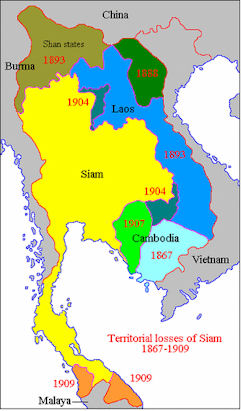
Chronik Thailands
กาลานุกรมสยามประเทศไทย
von
Alois Payer
Chronik vor 1782
Zitierweise / cite as:
Payer, Alois <1944 - >: Chronik Thailands = กาลานุกรมสยามประเทศไทย. -- Chronik vor 1782. -- Fassung vom 2015-03-13. -- URL:http://www.payer.de/thailandchronik/chronik1737.htm
Erstmals publiziert: 2013-06-13
Überarbeitungen: 2015-03-13 [Ergänzungen] ; 2015-03-03 [Ergänzungen] ; 2015-02-16 [Ergänzungen] ; 2014-10-27 [Ergänzungen] ; 2014-08-18 [Ergänzungen] ; 2014-03-07 [Ergänzungen] ; 2014-02-22 [Ergänzungen] ; 2014-01-13 [Ergänzungen] ; 2013-11-05 [Ergänzungen] ; 2013-10-09 [Ergänzungen] ; 2013-10-03 [Ergänzungen] ; 2013-09-28 [Ergänzungen] ; 2013-09-27 [Ergänzungen] ; 2013-08-26 [Ergänzungen] ; 2013-08-16 [Ergänzungen] ; 2013-08-14 [Ergänzungen] ; 2013-07-13 [Ergänzungen] ; 2013-07-06 [Ergänzungen] ; 2013-07-01 [Ergänzungen] ; 2013-06-27 [Ergänzungen] ; 2013-06-21 [Ergänzungen] ; 2013-06-19 [Ergänzungen]
©opyright: Dieser Text steht der Allgemeinheit zur Verfügung. Eine Verwertung in Publikationen, die über übliche Zitate hinausgeht, bedarf der ausdrücklichen Genehmigung des Herausgebers.
Dieser Text ist Teil der Abteilung Thailand von Tüpfli's Global Village Library
Dieser Text ist Teil der Abteilung Thailand von Tüpfli's Global Village Library
ช้างตายทั้งตัวเอาใบบัวปิดไม่มิด

Gewidmet meiner lieben Frau
Margarete Payer
die seit unserem ersten Besuch in Thailand 1974 mit mir die Liebe zu den und die Sorge um die Bewohner Thailands teilt.
|

ACHTUNG!
Dieses Kapitel ("vor 1782") ist keine Chronik im eigentlichen Sinn. Die Chronik beginnt erst im nächsten Kapitel ("1782 - 1809"). In diesem Kapitel werden nur einzelne Ereignisse und Zustände genannt, die für das Verständnis des Folgenden interessant sind. Vollständigkeit ist nicht beabsichtigt. |
Zeitrechnungen in Siam / Thailand
Ära (ศักราช)- Phutta Sakarat - Buddhist Era - พุทธศักราช - พ.ศ. - Ph. S. - B. E. = A. D. - 543 / 544
- Cula Sakarat - จุลศักราช - จ.ศ. - C. S. = A. D. + 638
- Maha Sakarat - มหาศักราช - ม.ศ. - M.S. = A. D. + 78
- Rattanakosin Sakarat - รัตนโกสินทรศก - ร.ศ. - R. S. = A. D. + 1781
Die Thais teilen die Jahre wie die Chinesen in Zwölfjahreszyklen ein, dabei verwenden sie den chinesischen Neujahrstermin oder Songkran (สงกรานต์, jetzt 13. April)
- Ratte - ชวด (鼠)
- Ochse - ฉลู (牛)
- Tiger - ขาล (虎)
- Hase - เถาะ (兔 )
- Drachen - มะโรง (龍)
- Schlange - มะเส็ง (蛇)
- Pferd - มะเมีย (馬)
- Ziege - มะแม (羊)
- Affe - วอก (猴)
- Hahn - ระกา (雞)
- Hund - จอ (狗)
- Schwein - กุน (豬)
| Monat | Thai Name | Abk. |
|---|---|---|
| Januar | มกราคม | ม.ค. |
| Februar | กุมภาพันธ์ | ก.พ. |
| März | มีนาคม | มี.ค. |
| April | เมษายน | เม.ย. |
| Mai | พฤษภาคม | พ.ค. |
| Juni | มิถุนายน | มิ.ย. |
| Juli | กรกฎาคม | ก.ค. |
| August | สิงหาคม | ส.ค. |
| September | กันยายน | ก.ย. |
| Oktober | ตุลาคม | ต.ค. |
| November | พฤศจิกายน | พ.ย. |
| Dezember | ธันวาคม | ธ.ค. |
Wochentage des Sonnen-Kalenders (ปฏิทินสุริยคติไทย)
| Tag | Thai Name | Farbe | Wandelstern |
|---|---|---|---|
| Sonntag | วันอาทิตย์ | rot | Sonne |
| Montag | วันจันทร์ | gelb | Mond |
| Dienstag | วันอังคาร | rosa | Mars |
| Mittwoch | วันพุธ | grün | Merkur |
| Donnerstag | วันพฤหัสบดี | orange | Jupiter |
| Freitag | วันศุกร์ | blau | Venus |
| Samstag | วันเสาร์ | purpur | Saturn |
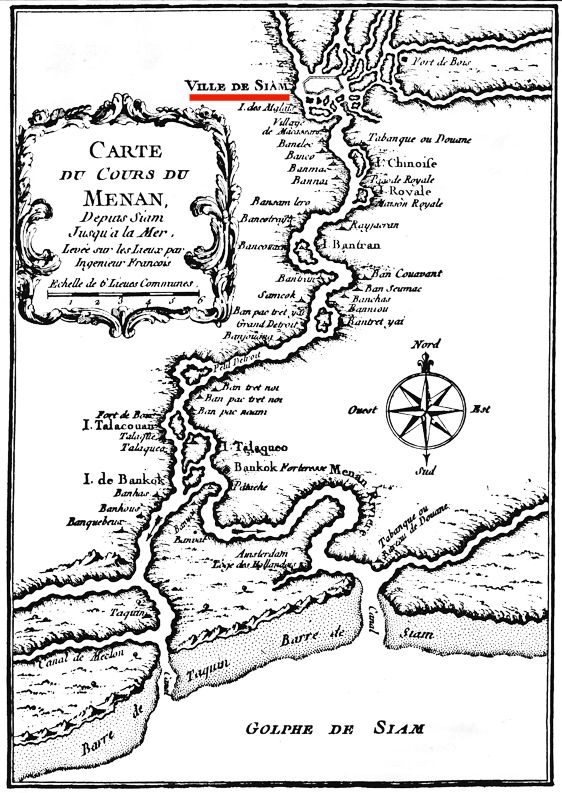
Abb.: Lage von Ayutthaya (อยุธยา, "Ville de Siam"), Karte 17. Jhdt. (ca. 1753)
Die beste, allgemein zugängliche Darstellung des Lebens dieser Zeit ist:
Die Staaten Südostasiens in vormoderner Zeit grenzen sich nach dem Mandala-Modell (Sanskrit मण्डल) ab.The Tale of Khun Chang Khun Phaen : Siam's great folk epic of love and war / translated and ed. by Chris Baker <1948 - > and Pasuk Phongpaichit <ผาสุก พงษ์ไพจิตร, 1946 - >. Illustrated by Muangsing Janchai. -- Chiang Mai : Silkworm Books, 2010. -- 2 vol. -- 1430 S. : Ill. ; 24 cm. -- Originaltitel: ขุนช้างขุนแผน (17. Jhdt.). -- ISBN 978-974-9511-98-5
Abb.: Umschlagtitel
"Khun Chang Khun Phaen (Thai: ขุนช้างขุนแผน) is an epic Thai poem which originated from a folktale and is one of the most notable works in Thai literature. Chang and Phaen are the leading male characters, and "Khun" (ขุน) was a junior feudal title given for male commoners. The story is a classic love triangle, ending in high tragedy. Khun Phaen (dashing but poor) and Khun Chang (rich but ugly) compete for the lovely Wanthong from childhood for over fifty years. Their contest involves two wars, several abductions, a suspected revolt, an idyllic sojourn in the forest, two court cases, trial by ordeal, jail, and treachery. Ultimately the king condemns Wanthong to death for failing to choose between the two men. The poem was written down in the early nineteenth century, and a standard printed edition first published in 1917–1918. Like many works with origins in popular entertainment, it is fast-moving and stuffed full with heroism, romance, sex, violence, rude-mechanical comedy, magic, horror, and passages of lyrical beauty. In Thailand, the story is universally known. Children learn passages at school, and the poem is a source of songs, popular sayings, and everyday metaphors. The poem is also controversial because of its male bias and violence.Origins and sepha
Khun Chang Khun Phaen is an old story in the Thai language. It originated as a folktale some time before the eighteenth century, developed by storytellers who recited episodes for local audiences, and passed on the story by word-of-mouth. By the eighteenth century, such performances had become the most popular form of entertainment in Siam. The storytellers recounted the story in stylized recitation, using two small sticks of wood (krap) to give rhythm and emphasis. The performances typically lasted a full night.
The performance of Khun Chang Khun Phaen created a new genre known as sepha (เสภา). For at least a century, only episodes from this work were known by this term. In the Fourth Reign (1851–1868), parts of the royal chronicles and a few other works were also rendered in this form on royal commission, but all but a few fragments have since disappeared.The origin of this word sepha is disputed. There is a musical form of the same name, but this seems unconnected. Kukrit Pramoj thought that sepha meant a jail and that the genre was developed by convicts in jail. Sujit Wongthet argued a connection to the Sanskrit word sewa, indicating some original association with ritual.
Khun Chang and Khun Phaen are the names of the two leading male characters. In the era when the poem's events are set, Khun was a title for one of the lowest ranks in the official nobility.
Development as literatureBeginning in the eighteenth century, prominent episodes from the story were written down. After the foundation of Bangkok in 1782, the new royal court made efforts to retrieve all kinds of texts which had survived the sack of Ayutthaya (อยุธยา) fifteen years earlier. Episodes of Khun Chang Khun Phaen were transcribed from earlier texts, or adapted from recitations by storytellers. No manuscripts of Khun Chang Khun Phaen have survived from the Ayutthaya era.It became conventional to render these written versions in the then-popular poetic meter, klon, especially the variant with eight-syllable lines known as klon paet. Performance of these episodes were popular in the court and among the aristocracy. In the Second Reign (1809–1824), the performance was often enhanced by adding music. From the Fourth Reign (1851–1868), dancing was also added and more than one performer might share the task of recitation.
Several chapters were written down by members of the literary salon of King Rama II (1809–1824). None of these works are signed, but certain chapters and part-chapters are conventionally attributed to King Rama II, the future King Rama III (r. 1824–1851), and the great poet Sunthorn Phu (สุนทรภู่). Another member of the salon, Prince Mahasak Phonlasep, a son of King Rama I (1782–1809) and cousin of King Rama II, may also have contributed to the writing.
Several other chapters were compiled later, probably during the reign of King Rama III, by Khru Jaeng, a performer of sepha and other forms of entertainment. Little is known of him except for an internal reference in the poem. For over half the 43 chapters in the standard version, the author is unknown.
A former missionary, Samuel Smith, printed the first book version in 1872, probably using a manuscript belonging to Somdet Chaophraya Borommaha Sisuriyawong (สมเด็จเจ้าพระยาบรมมหาศรีสุริยวงศ์). Another printed version was issued in 1889 by the Wat Ko Press. Five episodes composed by Khru Jaeng were printed around 1890.The standard modern edition appeared in three volumes in 1917–1918, published by the Wachirayan Library, and edited by its head, Prince Damrong Rachanubhab (สมเด็จพระเจ้าบรมวงศ์เธอ พระองค์เจ้าดิศวรกุมาร กรมพระยาดำรงราชานุภาพ). Damrong compiled from four sets of samut thai manuscripts and a few other fragments. The earliest of the manuscripts dated from the Fourth Reign (1851–1868). He selected what he believed were the best versions of each episode, and added some link passages. He deleted some passages which he considered obscene, and some which depended on topical jokes and other material which he felt were no longer comprehensible.
This standard edition is around 20,000 lines divided into 43 chapters. The main story ends in chapter 36, but a further seven chapters were included because the episodes were well-known and popular. Performers and authors had already developed many more episodes which extended the story down through three generations of Khun Phaen's lineage. Damrong decreed that these were not good enough as either narrative or poetry to deserve publication. Around fifty of these later chapters have since been published in various collections.
PlotKhun Chang, Phlai Kaeo (who later is given the title, Khun Phaen), and Nang Phim Philalai (who later changes her name to Wanthong) are childhood friends in Suphanburi. Khun Phaen is handsome and intelligent, but poor because the king has executed his father and seized their property. He enters the monkhood as a novice to get educated, excelling at military skills and love magic. Khun Chang is ugly and stupid, but rich and well-connected at the Ayutthaya court.
By age 15, Phim is the belle of Suphanburi (สุพรรณบุรี). She meets Phlai Kaeo when putting food in his almsbowl at Songkran (สงกรานต์, Thai New Year). Sparks fly. They have a passionate affair, with him shuttling between the wat (วัด, Buddhist monastery) and her bedroom.
Khun Chang is also smitten by Phim. He competes for her using his wealth and status. He offers to give her mother Phim's weight in gold. After Phlai Kaeo and Phim are married, Khun Chang maneuvers the king to send Phlai Kaeo on military service, and then claims he is dead. When Phlai Kaeo returns victorious, Khun Chang plots to have him banished from Ayutthaya for negligence on government service.
Phim (now Wanthong) resists Khun Chang. But when Phlai Kaeo (now Khun Phaen) returns from war with another wife, they have a jealous quarrel. Wanthong goes to live with Khun Chang, enjoying his devotion and the comforts afforded by his wealth.
When Khun Phaen's second wife, Laothong, is taken into the palace by the king, Khun Phaen regrets abandoning Wanthong. He breaks into Khun Chang's house at the dead of night and takes Wanthong away. At first she is reluctant to leave her comfortable existence, but the passion rekindles, and they flee to an idyllic but frugal sojourn in the forest.
Khun Chang tells the king that Khun Phaen is mounting a rebellion. The king sends an army which Khun Phaen defeats, killing two of its officers. A warrant is issued for his arrest. When Wanthong becomes pregnant, Khun Phaen decides to leave the forest and give himself up. At the trial, the charges of rebellion are disproved, and Khun Chang is heavily fined.
Khun Phaen angers the king by asking for the release of Laothong. He is jailed, and festers in prison for around twelve years. Khun Chang abducts Wanthong and they again live together in Suphanburi.
Wanthong gives birth to Phlai Ngam, her son with Khun Phaen. When Phlai Ngam is eight, Khun Chang tries to kill him. Phlai Ngam escapes to live in Kanchanaburi (กาญจนบุรี)with his grandmother who teaches him from Khun Phaen's library.
When the kings of Ayutthaya (อาณาจักรอยุธยา) and Chiang (ᩋᩣᨱᩣᨧᩢᨠᩕᩃ᩶ᩣ᩠ᨶᨶᩣ) Mai quarrel over a beautiful daughter of the King of Vientiane (ວຽງຈັນ), Phlai Ngam volunteers to lead an army to Chiang Mai, and successfully petitions for Khun Phaen's release. They capture the King of Chiang Mai, and return with the Vientiane princess and a great haul of booty. Khun Phaen now gains status as the governor of Kanchanaburi. Phlai Ngam is appointed Phra Wai, an officer in the royal pages.
Khun Chang gets drunk at Phra Wai's wedding, and the old rivalry returns. Phra Wai abducts Wanthong from Khun Chang's house, prompting Khun Chang to petition the king for redress. At the subsequent trial, the king demands that Wanthong decide between Khun Chang and Khun Phaen. She cannot, and is dumb-struck. The king orders her execution. Phra Wai pleads successfully with the king for a reprieve, but the order arrives fractionally too late to avoid her execution.
Origins of the storyPrince Damrong believed that the Khun Chang Khun Phaen story was based on true events which took place around 1500 in the reign of King Ramathibodi II (สมเด็จพระเชษฐาธิราช)). His evidence was a memoir believed to have been taken down from Thai prisoners in Burma after the fall of Ayutthaya in 1767 (Khamhaikan chao krung kao, The testimony of the inhabitants of the old capital). The memoir mentions the name of Khun Phaen in an account of a military campaign against Chiang Mai. However, this memoir is just as much a text of oral history as Khun Chang Khun Phaen itself, and could well have developed from the folktale, rather than vice versa. The campaign against Chiang Mai in the latter part of Khun Chang Khun Phaen seems to be modeled on events which appear in the Ayutthaya and Lanchang chronicles for the 1560s.The opening chapter of Khun Chang Khun Phaen mentions a gift from the Emperor of China (皇帝) which might be dated shortly before 1600. The third chapter has a date based on a 120-year calendar which can be resolved as 1549/50, 1669/70, or 1789/90.
Most likely Khun Chang Khun Phaen developed over decades or centuries by storytellers absorbing and embellishing several local tales and true stories. Prince Damrong surmised that the original version was much shorter and simpler: Khun Phaen woos and marries Wanthong but then goes to war; Khun Chang seizes her; Khun Phaen returns and in the ensuing squabble, Wanthong is condemned to death. The story then expanded as other episodes were assembled around these leading characters. The whole second half of the standard version shows signs of being an extension which repeats themes and episodes from the first half. Certain episodes are known to have been newly written and incorporated in the nineteenth century. Some episodes are known to be modeled on true events. The arrival of an embassy from Lanchang, for example, is based on the reception of an embassy from Tavoy (ထားဝယ်မြို့) at Ayutthaya in 1791.
Characteristics RealismMost major works of old Thai literature are about gods and royalty, and take place in the court or the heavens. Khun Chang Khun Phaen is the great exception. The major characters are drawn from the minor provincial gentry. The authors build an atmosphere of realism by cramming the narrative with anthropological detail on dress, marriages, funerals, temple ceremonies, feasts (including menus and recipes), court cases, trial by ordeal, house building, travel, and entertainment.
In addition, the geography is real. Most of the action takes place in Suphanburi, Kanchanaburi, and Ayutthaya, and the locations are easily identifiable today, including temples and cross-country routes. Several places mentioned in the text appear on some early nineteenth century maps which were recently discovered in the royal palace in Bangkok.
In the later part of the tale there is an expedition to Vientiane which clearly follows one of the routes taken by Bangkok armies during the war against Vientiane in 1827–1828. There are also two military campaigns to Chiang Mai, but here the geography is much less certain. The place names are correct, but temples are located in the wrong town, routes between places make no geographical sense, and other mistakes indicate that the authors had only a hazy idea of the northern region.
Super-realismAs a novice, Phlai Kaeo is schooled in the “inner ways" (Thai: ทางใน, thang nai). This phrase refers to beliefs in supernatural powers which exist within human beings and other natural objects, and which can be activated through taught skills. These beliefs stem from the esoteric school of Buddhism, and are found as a substratum in Buddhism throughout Southeast Asia and other parts of the Buddhist world.
The methods to activate these latent powers include meditation and recitation of mantras or formulas (elsewhere, yoga is another method). The power can also be transferred to objects, especially diagrams known as yantra (Thai: เลขยันต์, lek yan). In India, where they probably originated, such diagrams are composed mostly of geometric shapes with symbolic meanings arranged in symmetrical patterns (the mandala is a yantra). In the Thai tradition, these diagrams also include numbers in sequences with supernatural meaning, pictures of gods and powerful animals (lion, tiger, elephant), and formulas or abbreviated formulas written in Pali or Khmer. To have power, these diagrams have to be drawn by an adept under strict rules (such as reciting formulas continuously, completing the drawing in one sitting), and activated by reciting a formula.
Yantra (called yan in Thai) diagrams can be carried on the body in various ways: tattoed on the skin (sak yan - สักยันต์); imprinted on a shirt or inner shirt; imprinted on a scarf (Thai: ประเจียด, prajiat) tied round the head, arm, or chest; imprinted on a belt, perhaps made from human skin; imprinted on paper or cloth which is then rolled and plaited into a ring (Thai: แหวน พิรอด, waen phirot); inscribed on a soft metal such as tin which is coiled round a cord and worn as an amulet (Thai: ตะกรุด, takrut). The main purpose of these various forms of yan designs with Khom inscriptions, is to give invulnerability or protection against various forms of threat.
The same purpose is served by carrying amulets made from natural materials which have some unusual property which seems contrary to nature. A good example is mercury – a metal which has the unusual property of behaving like a fluid. Other examples include cat’s eye, a semi-precious stone which resembles an animal’s eye, and “fluid metal” (Thai: เหล็กไหล, lek lai), a metal-like substance believed to become malleable under the heat of a candle’s flame. These items can be strung on cords and worn around various parts of the body, or inserted under the skin.
Before going into battle or any other undertaking entailing risk, Khun Phaen decks himself with several of these items. He also consults various oracles which indicate whether the time and the direction of travel is auspicious. These oracles include casting various forms of horoscope, looking for shapes in the clouds, and examining which nostril the breath is passing most easily.
Khun Phaen is also schooled in mantras or formulas with supernatural power. They are used for such purposes as stunning enemies, transforming his body into other forms, opening locks and chains, putting everyone else to sleep, and converting sheaves of grass into invulnerable spirit warriors. Khun Phaen also uses love formulas to captivate women, and to allay the wrath of the king.
Finally, Khun Phaen has a corps of spirits which he looks after. They defend him against enemy spirits, act as spies, and transport him at speed. In a famous passage, Khun Phaen acquires an especially powerful spirit from the still-born foetus of his own son. This spirit is known as a Gumarn Tong (Thai: กุมารทอง), a golden child.
In the poem, the command of these powers is described using several combinations of the following words: wicha (Thai: วิชา), taught knowledge; witthaya (Thai: วิทยา), similar to the suffix, -ology; wet (Thai: เวท), from veda, the Brahminical scriptures; mon (Thai: มนตร์), mantra, a Buddhist prayer; katha (Thai: คาถา), a verse or formula; and akhom(Thai: อาคม), from agama, a Sanskrit word meaning knowledge, especially pre-vedic texts. These words position the command of these powers as an ancient and sacred form of learning.
AdaptationsWhile the poetic sepha has become the standard version of Khun Chang Khun Phaen, the story has been rendered into many other forms.
In the nineteenth century, various episodes were adapted into drama plays (ละคร, lakhon), dance dramas, comedies, and likay (ลิเก). In the twentieth century, episodes were adapted into the poetical form of nirat (นิราศ), and the folk performance of phleng choi (เพลงฉ่อย).There have been five film versions, beginning with a silent film in two parts by Bamrung Naewphanit (บำรุง แนวพาณิชย์) in 1936. The most recent film version, Khun Phaen(ขุนแผน), was directed by Thanit Jitnukul (ธนิตย์ จิตนุกูล) in 2002.A first TV version appeared as a single episode in 1955. A 1970 version, based around the exploits of Khun Phaen as governor of Kanchanaburi, extended over 500 episodes. Thai Channel 3 aired a serial version under the name Phim Phlilalai (Wanthong's natal name) in 1985, and Thai Channel 5 aired a serial Khun Phaen in 1998.
A cartoon version, drawn by Sawat Jukarop, appeared in Siam Rath (สยามรัฐ) from 1932 to 1950. The latest among many book-length cartoon versions was compiled by Sukrit Boonthong in 2005.Several famous artists have illustrated scenes from Khun Chang Phaen, especially Hem Vejakorn (เหม เวชกร). In 1917, BAT Co Ltd issues a series of 100 cigarette cards featuring characters from the story.There have been several adaptations into novels, beginning with Malai Chuphinit, Chai Chatri (The Hero) in 1932. The most famous is Khun Phaen written by the major thriller author Por Intharapalit (ป. อินทรปาลิต) in 1972.
There have been at least seven re-tellings of the story in modern Thai prose. The first, and most complete of these, was by Premseri in 1964.
Three other works tell the story with the addition of annotations and explanations of old words and forgotten customs. The study by Suphon Bunnag (สุพล บุนนาค) was published in two volumes in 1960, and republished in her cremation volume in 1975. Khun Wichitmatra (Sanga Kanchanakphan) (ขุนวิจิตรมาตรา (สง่า กาญจนาคพันธุ์)) and Phleuang na Nakhon wrote a series of articles in the magazine Withayasan over 1954–57, collected together in book form in 1961. Kukrit Pramoj (คึกฤทธิ์ ปราโมช) also wrote a series of articles in Siam Rath, collected as a book in 1989.
In 2002 Sujit Wongthet (สุจิตต์ วงษ์เทศ)) published a similar work which originated as a series of articles in the magazine Sinlapa Watthanatham (Art and Culture). The book includes a copy of two manuscript versions of chapter 17, which Sujit secured from the National Archives under the Freedom of Information Act. These manuscripts reveal what Prince Damrong had excised in his editing.
Cholthira Satyawadhna wrote an MA dissertation in 1970 using a Freudian approach to analyze aggression in Khun Chang Khun Phaen. The thesis became famous, both as a landmark in Thai literary criticism, and as an early Thai feminist treatise.
In modern lifeKhun Chang Khun Phaen is the source of many sayings in modern Thai, and several songs. The name Khun Phaen is shorthand for a great lover (similar to Romeo or Casanova). It is also the name of a famous amulet, reputed to bring success in love, and the slang for a large "chopper" motorcycle.
In Suphanburi and Phichit (พิจิตร)), towns which figure prominently in the poem, the major streets have been named after characters in the story.At several locations featured in the story there are now shrines with images of the characters. Such locations include Cockfight Hill in old Kanchanaburi (images of Khun Phaen and his father Khun Krai), the old town of Phichit (Nang Simala), and Ban Tham in Kanchanaburi (Nang Buakhli).
In Ayutthaya, an old Thai house has been erected on the site of the jail where Khun Phaen was incarcerated in the poem. The house has been renamed “Khum Khun Phaen” and is a major tourist attraction. A similar house, attributed to Khun Phaen, has recently been erected in Wat Khae in Suphanburi. This temple also has an old tamarind tree which is legendarily associated with a passage in the poem in which Khun Phaen is taught how to transform tamarind leaves into wasps.
Wat Palelai, Suphanburi, has erected a model of Khun Chang's house, and commissioned a series of murals from the Khun Chang Khun Phaen story around its main cloister.
Contemporary statusAlmost every Thai knows the story of Khun Chang Khun Phaen. Most children have to memorize and recite extracts at school.
Thailand's literary establishment has been rather cool towards Khun Chang Khun Phaen, probably because of the work's origins in the folk tradition and consequent lack of refinement. In addition, feminists have criticized the story for celebrating Khun Phaen as a promiscuous lover, and making Wanthong a tragic victim.
Kukrit Pramoj opened his study of the poem with the remark: “At present there are some knowledgeable people who have expressed the opinion that Khun Chang Khun Phaenis an immoral book and a bad example which should be burnt or destroyed, so no one may read it from now on.”
Kukrit Pramoj is one among many enthusiasts who value Khun Chang Khun Phaen as a great story and as a unique repository of old Thai culture. Other prominent defenders include:
TranslationIn 2010 the first complete translation into English has been done. Before that there was no full translation into any European language. Prem Chaya (Prince Prem Purachatra) began a précis version, The Story of Khun Chang Khun Phaen (1955, 1959), but completed only two of the three planned volumes. J. Kasem Sibunruang compiled an abridged version in French, with some commentary, as La femme, le heros et le vilain. Poeme populaire thai. Khun Chang, Khun Phen (1960). Klaus Wenk translated the famous chapter 24 by Sunthorn Phu word-for-word into German, in Studien zur Literatur der Thai: Texte und Interpretationen von und zu Sunthon Phu und seinem Kreis. Hamburg and Bangkok (1985).
- Rong Wongsawan (novelist, essayist): “I like Khun Chang Khun Phaen and still read it today. It's the literary work which best reflects the life of the Thai. In simple words, the voice of the people."
- Naowarat Phongphaibun (national poet): “Every Thai person over 30 should read at least four or five books, starting with Khun Chang Khun Phaen.”
- William J. Gedney (linguist): “I have often thought that if all other information on traditional Thai culture were to be lost, the whole complex could be reconstructed from this marvellous text.”
There are very few studies on Khun Chang Khun Phaen in western languages. Prince Bidyalankarana (Krommuen Pitthayalongkon) wrote two articles on the poem in theJournal of Siam Society in 1926 and 1941 which explain the metrical form of the sepha and give a summary of the plot. E. H. S. Simmonds published an article in Asia Major in 1963 which compares one episode in the standard text with a version he recorded in performance.
Khun Chang Khun Phaen has been completely translated into English by husband-and-wife team Chris Baker and Pasuk Phongpaichit in 2010."
[Quelle: http://en.wikipedia.org/wiki/Khun_Chang_Khun_Phaen. -- Zugriff am 2012-01-15]
Über den buddhistischen König:
"The map of earlier Southeast Asia which evolved from the prehistoric networks of small settlements and reveals itself in historical records was a patchwork of often overlapping mandalas or 'circles of kings'. In each of these mandalas, one king, identified with divine and 'universal' authority, claimed personal hegemony over the other rulers in his mandala who in theory were his obedient allies and vassals...In practice, the mandala ... represented a particular and often unstable political situation in a vaguely definable geographical area without fixed boundaries and where smaller centres tended to look in all directions for security. Mandalas would expand and contra in concertina-like fashion."
[Quelle: Oliver William Wolters <1915 - 2000> (1982). -- Zitiert in: Marshall, Andrew MacGregor <1971 - >: A Kingdom in crisis : Thailand's struggle for democracy in the twenty-first century. -- London : Zed, 2014. -- 238 S. ; 22 cm. -- ISBN 978-1-78360-057-1. -- S. 49f.]
Über das Verhältnis König - Untertan im alten Siam:
"Since, according to the tenets of the Hinayana form of Buddhism, the accumulation of merit is rewarded by rebirth in happy conditions, just as certainly as beggars and criminals are paying for the demerit piled up by evil deeds in former lives, one might suppose that a Buddhist king would always be particularly careful as to the nature of his actions, and, still being subject to the Wheel of the Law, would probably rule more justly than would a Hindu monarch. Unfortunately, however, history makes it quite clear that the teachings of Buddhism were no more successful in restraining despotic rulers in Siam than were those of other religions elsewhere, and it was always easy for a tyrannical monarch to expiate a life of crime by forcing an army of slaves to build a giant pagoda. Indeed, strangely enough, Buddhism led to what is a world-wide later conception of the Divine Kingship associated with the most overbearing despotism. A Hindu king was regarded as the receptacle of the god, of the divine essence. He was even identified pantheistically with the god; but he was not the god himself. In Buddhism the king is a Bodhisattva or a Cakravartin, a greater being in the eyes of the Buddhists than any Hindu god. When added to this it be remembered that to this day the correct phrase for expressing " I " when addressing the Siamese king means " the Lord Buddha’s slave ", can one wonder that ambitious monarchs sometimes forgot the humility inculcated by Buddhism, and were tempted to endeavour to accelerate the process of attaining complete enlightenment, to attempt to rid themselves of the galling necessity of showing reverence to the humble yellow-robed monk, even to proclaim themselves the coming Maitreya Buddha. Such attempts have always met short shrift from the priesthood, it being such an error of judgment that led to the undoing of King Tak [ตากสิน, 1734 - 1782]; and at least one similar instance occurs in Burmese history.It will thus be understood that the condition of the people in Siam has always depended less on the particular conception of the kingship—Brahmanical, Buddhist, or, as it later became, a mixture of the two—than it has on the character of the individual monarch. But, broadly speaking, the functional value of the Divine Kingship, whether from a Brahmanical or Buddhist viewpoint, is obvious to anyone who appreciates the present state of civilization of the Siamese masses. With an education still almost confined to the religious sphere, and bred up on the exploits of the Indian hero Rama [ราม], the conception of a king as a superior being, to be obeyed implicitly, is the only one known to the ordinary Siamese. He has no wish for a share in the government, he does not trouble about politics, and he is as yet unfitted for any other regime than the present. It is certain, therefore, that any conception of the kingship that strengthens his belief in the ruling power is of the highest sociological value. That his belief and loyalty are in the main supported by the pomp and glamour of Royal Ceremonial will be shown in the course of this book ; but the present is a suitable place to consider in some detail those prohibitions or taboos with which Divine Kingship is always hedged around and, in surrounding it with an air of mystery and sanctity, are performing a no less important share in its maintenance than is Royal Ceremonial itself."
[Quelle: Wales, H. G. Quaritch (Horace Geoffrey Quaritch) <1900 - 1981>: Siamese state ceremonies : their history and function. -- London : Quaritch, 1931. -- 326 S. : Ill. ; 25 cm.. -- S. 31f.]
Über die Palast-Sprache (ราชาศัพท์ - Königssprache):
"In old Siam the inhabitants of the country were considered only as the goods and chattels of the king, who had absolute power over their lives and property, and could use them as best suited his purpose. Otherwise they were of no importance whatever."[Quelle: Wales, H. G. Quaritch (Horace Geoffrey Quaritch) <1900 - 1981>: Siamese state ceremonies : their history and function. -- London : Quaritch, 1931. -- 326 S. : Ill. ; 25 cm.. -- S. 21.]
Über die Beamten im alten Siam:
"The palace language was once an efficient means of maintaining the gulf fixed between the king and his people ; an ever present reminder of his superiority to those who came most closely in contact with him, and hence were most likely to forget themselves and become familiar. It is still in use to-day, especially in Royal Proclamations and Official Notices, but the elaborate forms of address when speaking to royalty have lost much of their literal significance and are regarded merely as correct and polite forms of speech."[Quelle: Wales, H. G. Quaritch (Horace Geoffrey Quaritch) <1900 - 1981>: Siamese state ceremonies : their history and function. -- London : Quaritch, 1931. -- 326 S. : Ill. ; 25 cm.. -- S. 40.]
"All these officials were continually occupied in showing the necessary amount of deference to those above them, and to the king at the top, while mercilessly grinding down those below them in the social scale."[Quelle: Wales, H. G. Quaritch (Horace Geoffrey Quaritch) <1900 - 1981>: Siamese state ceremonies : their history and function. -- London : Quaritch, 1931. -- 326 S. : Ill. ; 25 cm.. -- S. 22.]
Genealogie der Chakri-Dynastie (ราชวงศ์จักรี) gemäß Rama IV.
Genealogie der Chakri-Dynastie (ราชวงศ์จักรี), wie sie Rama IV. (1804 - 1868) dem britischen Gouverneur von Hongkong, Sir John Bowring (1792 - 1872) in einem Brief darstellt:
" His Excellency Sir John Bowring, Knighted Doctor of Laws, the Governor of Hong Kong, &c. &c. §c. &c."Respected Sir, — In regard to the particular narrative or ancient true occurrance of the present royal dynasity reigning upon Siam, I beg to say what I knew from statement of our parents and ancestors, and other tolerable and corresponding families whom I have been present of in considerable space of time when they have been living or alive.
"The first family of our parternal ancistors, it is said, have been inhabitants of the city of Hanswatty (proper Sanskrit name), the capital of Pegu, written by Bishop Pallegoix in corupted sound or pronouncing of Sanskrit name ' Hongsawadi,' upon the time of reign the King of that city Pegu named Jumna ti cho by Peguen name, and ' Dusadi sawijay' by Sanskrit name (marked in book of the Bishop Pallegoix with figure 1 ). This family became officers of state ; employed as a part of military service of that King who has conquered Ayudia on about Christian era 1552, have placed the Siamese King of Northern Siam, who has been alliayed to him, upon the throne of whole Siam, at Ayudia, in name of ' Phra Maha Dharmmarajatdhiraj ' (marked 2 in the book in which the corrupted name printed) ; and the King marked 1 has taken the son of the Siamese King, marked 2, to Pegu for security. As Siamese King promised to be dependant of the Pegu on that time, the royal son accompanied the King, marked 1, named Phra Naresr (printed in book Phra Narit, and marked 3), who has been or was at Pegu during the living time or reign of the conqueror, in demise of whom he observed the governments of Pegu, being in great distress in complex opinion to establish the successor of the expired King for about half a month, has conciliated many families of the inhabitants of that city in his power, and took them with him, flied from thence, returned to his native land, Siam, and proclaimed independancy to the Pegu again, the aforesaid family or party of military officers of state then have alliayed with King Phra Naresr, marked 3 ; on his returning to Siam has accompanied him, and took their residence at Ayudia, which was bestowed them by that King.
"A large Buddh's image was constructed at a place of worship near of their residence, remained until the present day with some ancient inscription.
"After the time of the King Phra Naresr, marked 3, the particular narrative statement of this family is now disappeared to us until the time of reign of Phra Narayu, printed in book Phra Narai, marked 4, reigned at Ayudia and Lawoh about the Christian year 1656 to 1682. On the reign of this king, two brother, extraordinary persons, have been descendants of the said family ; became most pleased to the king, who has appointed the older brother in place or office of the lord of the foreign affair, in name or title of 'Chau Phya Phra Khlang,' who has been at presence of the receipt of the French embassy visited Siam upon that time, and the younger brother of his Excellency Phya Phra Khlang, named Mr. Pal, was appointed head of Siamese embassy to France, of return of friendship with the French Government, and met with the being wrecked, lost of the ship at Cape of Good Hope, where he with his suit remained during considerable while, and afterward became to France, met with favourable treatment of the French Government upon that time, and returned to Siam, when his older brother was died. The King Phra Narayu has appointed him (Mr. Pal) the head of embassy in the office of his elder brother, the lord of foreign affair, 'Chau Phya Phra Khlang :' from this person extraordinary our ancestors were said to be descendants ; but their office and affairs in royal service were not continued in generations during a few reign of their Majesties Siamese King, who succeeded his Majesty the King Phra Narayu, until the time of his Majesty Bhumindr Rajatdhiraj, marked 5, reigned upon Siam since the Christian year 1706 to 1733, in which the first person being father of the first king, and grandfather of the royal father of the present king (myself), and late king (my late brother) of Siam, was an extraordinary son of a family descended from aforesaid lords of foreign affairs, who removed their situation at Ayudia for happiness of lives, and situated their place at 'Sakutrang,' a port in small river, being branch of great river, at the connected realms of Northern and Southern Siams, at about latitude N. 13° 15' 30" more little, and long. 99° 90' E. : the said extraordinary person was born there, and became man of skill and knowledge and ability of royal service, came from 'Saketrang' to Ayudia, where he was introduced to the royal ser vice, and became married with a beautiful daughter of a Chinese richest family at Chinese compound or situation within wall of city and in south-eastern corner of Ayudia, and became pleased by the kings marked 5 and 6, and appointed in office of the preparer of royal letters and communication for northern direction (i. e. for all states or regions of both dependencies, and in dependency to Siam at northern direction), and protector of the great royal seal for that purpose being ; his title was His Excellency ' Phra Acksom Sundom Smiantra.' He has five children ; his first wife, who afterward was died, and has, secondly, married with the younger sister of his late wife, with whom he has a single daughter.
"In particular of the aforesaid five children, the first was a son became man in service of the second King upon the time of the King of Siam marked 6, and leaving a sole daughter only was died before Ayudia was conquered by Burman Army ; the second and third were the daughters their descendants, many remained until the present day (the royal mother of the present Major and second Kings of Siam (myself and my younger brother) was a daughter, being third child of the latter). The fourth was an extraordinary son, became the first King of Siam in the present dynasity marked in the book 8, who was born in March 1736, of Christian era, and of whom the present and late Kings of Siam (myself and my late brother) are grandchildren, and the fiveth was the person who was born in September 1743 of the Christian era, and who became finally the second King upon the reign of his elder brother here, and died before his brother's death 6 years. The firstly said ancestor His Excellency 'Phra Acksom Sundom Smiantra,' has also another illegitimate son, being youngest born from a maid-servant whom he (H. E. our ancestor) has take with him, went to Northern Siam upon the time of the Ayudia being seighed by Burman army, on the Christian years 1765 and 1766, to obtain new situation or station for refuge, leaving here all above said legitimate sons and daughters who were married, and live with their own families, for the consequences of difficulty in going with large party in very hurricane and hindering manner of journey.
"He, on his arrival at ' Phitsanulok,' the great city at Northern Siam, became regent or superintendent of supreme governor of that city, who proclaimed King of Siam after burning of Ayudia was in hand of Burman army, and who died by structing of fever after a few month of the royal proclamation. In this destress H. E., our ancestor, took refuge at a town out of that city, where he was died of fiver, and burn by his maid-servant, wife, and the son born of her. His relicks were brought here by them, and were delivered to his legitimate children here, and remained in our royal house of worship of royal ancestors until the present day.
"And his two extraordinary son, on lossing of Ayudia, took refuge at various places, and afterward became combined with the King Phya Tarksing, first of Bangkokese kings, marked 7 in book : finally, the elder was appointed the supreme general Chau Phya Chukkry, the lord regent of country, and afterward styled in name or title and dignity of ' Maha Krasutosuk,' id est, ' the King of war,' who has resisted Burman armies came to take station of Siam every year upon that time.
"The younger was appointed the King of Northern Siam, governing at Phisnuloke, where his father has been and died; he bore the name of Chau Phya ' Surasint.' So, upon that time, there were three kings presented in Siam, viz., Supreme King 'Phya Tark,' King of war, our grandfather, and the latter said King of Northern Siam.
"On the year of Christian era 1781, when two brother kings were sent to tranquel Cambodia, which was in distress or disturbance of rebellion, the King Phya Tarsing, marked 7, remained here. He came mad or furious, saying he is Buddh, &c., and put many persons of innocents to death, more than 10,000 men, and compeled the people to pay various amounts of money to royal treasure, with any lawful taxes and reasonable causes ; so here great insurgents took place, who apprehended the mad king and put to death, and sent their mission to Cambodia, and in vited two Kings of war and of Northern Siam to return here for the crown and throne of whole Siam and its dependancy.
"Our grandfather was enthroned and crowned in May, 1782, in name of 'Phra Budhyot fa chulatoke,' marked in book 8; his reign continued 27 years; his demise took place on the year 1809, in which our father has succeeded him. His coronation took place on August, 1809; his reign continued happily 15 years; his expiration took place in the year 1824, in month of July. His royal name, ' Phra Budh Lord Luh nobhaluy,' marked 9 (names of these two kings were printed in book, by Bishop Pallegoix, 'Pheen din ton' and ' Pheen din Klang'). These names, improper as they were very popular and vulgar, are 'Pheen din ton,' i. e., former or first reign ; ' Pheen din Klang,' i. e., middle or next reign only, not royal tittle.
"Our elder brother, the late king, succeeded our royal father ; his coronation took place on August, 1824. His name was Param Dharwik rajahdhiraj (proper Sanskrit), and in Siamese name Phra Nangklau chau yu Acca. His reign continued 26 year ; his demise took place on 2nd April, 1851 ; then my succession of him concluded, and I was crowned on May 15th of that year. My name in Siam is Phra Chomklau chau yu hua, and I bear the Sanskrit name as ever signed in my several letters —
"S. P. P. M. Mongkut.
"incontract that are
"SOMDETCH PHRA PARAMENDR MAHA MONGKUT,
" Rex Siamensium."
[Quelle: Bowring, John <1792-1872>: The kingdom and people of Siam : with a narrative of the mission to that country in 1855. -- London : Parker, 1857. -- 2 Bde. : Ill. ; 23 cm. -- Bd. 1. -- S. 63 - 69]
Schicksale einiger Ostindienfahrer-Schiffe (East Indiamen / Oostindiëvaarde)

Abb.: Nachbau des schwedischen Ostindienfahrers "Götheborg". Das Original ist 1745-09-12 bei der Rückkehr aus China vor seinem schwedischen Heimathafen gesunken, 2010
[Bildquelle: Takeaway / Wikipedia. -- GNU FDLicense]
[Quelle der Übersicht: http://en.wikipedia.org/wiki/East_Indiaman. -- Zugriff am 2013-06-13]
Name Nationality Length (m) Tons burthen Service Fate Comments Admiral Gardner British 44 816 1797–1809 stranded Blown ashore on Goodwin Sands with the death of one crew member. Wreck located in 1985 with plenty of coins (mostly copper) salvaged. Albermarle British ? ? ?–1708 stranded Blown ashore near Polperro with her freight of diamonds, coffee, pepper, silk and indigo. The ship was a total loss and little of the freight ever recovered, yet it is said that most of her crew survived. The location of the wreck is still unknown. Amsterdam Dutch 42.5 ? 1749 beached Lost on maiden voyage. Wreck still visible at low tide off Bulverhythe, Bexhill-on-Sea, reputed to be the best preserved wreck because of the covering of fine sinking sand. Protected under UK law. Can be dangerous to visit because of sinking sands. Arniston British 54 1200 1794–1815 wrecked Longitude navigational error due to her not having a chronometer.[2] Only 6 of the 378 on board survived.[3] The seaside resort of Arniston, Western Cape, South Africa is named after the wreck. Batavia Dutch East India Company 56.6 1200 1628–1629 sunk Struck a reef on Beacon Island off Western Australia but most of the crew and passengers made it to a nearby island. In 1970, the remains of the ship and many artefacts were salvaged. Bredenhof Dutch East India Company 41 850 1746–1753 sunk Foundered on a reef thirteen miles off the African coast on 6 June 1753 carrying 30 chests of silver and gold ingots. Her cargo was recovered in 1986. Bonhomme Richard France/USA 46 998 1779 sunk Former French East India Company (as the "Duc de Duras"), gift to the US revolutionaries. Sunk in battle during the Revolutionary War. Ceylon British ? ? ? Captured in the action of 3 July 1810 Cumberland British 40.8 1350 ? 1821 sunk in Perú The ship was sold to the revolutionary Chilean government 1818 and renamed San Martín. Doddington British ? 499 ?–1755 wrecked in Algoa Bay 23 survivors out of 270 marooned for some time on Bird Island. Ship carried a significant quantity of gold and silver, some of which was later illegally marine salvaged, with the ensuing legal battle influencing the UNESCO Convention on the Protection of the Underwater Cultural Heritage Dutton British ? 755 1781–1796 stranded Chartered to the government to carry troops, blown ashore on Plymouth Hoe, most of the crew and passengers rescued by Sir Edward Pellew. Earl of Abergavenny (I) British ? 1182 1789–1794 Sold to the Admiralty in 1795 Earl of Abergavenny (II) British ? 1460 1796–1805 sunk Sunk in the English Channel with more than 250 lives lost Earl of Mansfield (I) British ? 782 1777–1790 ? Earl of Mansfield (II) British ? 1416 1795-? ? Exeter British 1265 1792-1811+ Unknown During the Action of 4 August 1800 Exeter captured the French frigate Médée , the only instance of a merchantman capturing a large warship during the French Revolutionary Wars. In February 1804 she was present at the Battle of Pulo Aura. Friendship of Salem East India Marine Society 171 ft 10 in (52.37 m) 1797-1812 Captured by the British Captured as a prize of war by the British in September 1812. General Goddard British 143 ft 10 in (43.84 m) 799 1782–1799 Captured by the Spanish in the West Indies; subsequent fate unknown On 15 June 1795 captured seven Dutch East Indiamen off St Helena Götheborg Swedish ? ? ? Sank off Gothenburg in 1745 Joanna British ? ? ? Wrecked near Cape Agulhas on 8 June 1682 Kent British ? 820 1800 Captured by Robert Surcouf, Bay of Bengal. Kent British ? 1,350 1825 Burned at sea She was lost in 1825 on her third voyage to China, shortly after setting out. Some 550 persons of the 650 passengers and crew were saved. Ponsborne British 43.6 804 1780-1796 Wrecked Sailed ports such as Bombay and China. Requisitioned for an expedition against the French in the West Indies in 1795, was wrecked off the coast of Granada on the 26th of March 1796.[1] Red Dragon(alsoDragon) British ? 300 1601–1619 Sunk by Dutch fleet Was the flagship of the first voyage of the English East India Company in 1601. Repulse British ? 1334 1820–1830 ? Royal Captain British 44 860 ?-1773 sunk Struck a reef in the South China Sea, 3 lives and the entire freight was lost. Wreck located in 1999. Sussex British ? 490 1736–1738 sunk Sunk off Mozambique, located in 1987. No actual wreck, but the freight was dispersed over a large area on the Bassas da India atoll due to wave movement. Several cannon, two anchors and thousands of porcelain fragments were salvaged. Tryal British ? 500 1621–1622 sunk The likely wreck site was found in 1969 off Western Australia (Monte Bello Islands). At least 95 of the crew of 143 were lost and due to use of explosives while searching for treasures, there are only very few remains. Windham British 36.2 830[4] 1800–1828 Beached at Valparaiso and scrapped 27 September 1828 The French captured Windham at the Action of 18 November 1809, but the British recaptured her in December. The French again captured her at the Action of 3 July 1810, but the British recaptured her at the Battle of Grand Port. Windham was sold to the revolutionary Chilean government 1818 and renamed Lautaro.[5]
1288
1288

Älteste erhaltene chinesische Pfeilbüchse (HandKanone), Vorläuferin der Kanone
Abb.: Pfeilbüchse, China, 1288
[Bildquelle : Ytrottier / Wikimedia. -- GNU FDLIcense]
Abb.: ca. 1623 in Singora / Songkhla (สงขลา) gegossene Bronze-Kanone
[Bildquelle: Martin Watson / Wikimedia. -- Creative Commons Lizenz (Namensnennung, share alike)]
1405 - 1433

Der Chinese Zheng He ( 鄭和, 1371 - 1433/1435) unternimmt mit einer großen Flotte von Dschunken sieben Expeditionen in den pazifischen und den indischen Ozean.
Abb.: Expeditionen Zheng He's ( 鄭和), 1405 - 1433
[Bildquelle: Continentalis / Wikipedia. -- Creative Commons Lizenz (Namensnennung, share alike)]
1600
1600-12-31

Die britische Königin gewährt eine Royal Charter für Governor and Company of Merchants of London trading into the East Indies, die britische Honourable East India Company (EIC). Die EIC besteht bis 1874-06-01
1602
1602-03-20
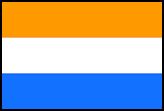
Gründung der niederländischen Vereenigde Oost-Indische Compagnie (VOC). Die Compagnie besteht bis 1798-03-17.
Abb.: Logo
Abb.: Flaggen der Honourable East India Company 1680 - 1700]
[Bildquelle: Lubbock, Basil <1876 - 1944>: The Blackwell frigates. -- Boston, o. J. [1922]. -- nach S. 10.]
1639 - 1853

Abschließung Japans (鎖国, sakoku, wörtlich: „Landesabschließung“ / kaikin - 海禁: "maritimer Abschluss").
Dank des Einflusses fähiger Faktoreiärzte wie Caspar Schamberger (1632 - 1706), Engelbert Kaempfer (1651 - 1716), Carl Peter Thunberg (1743 - 1828) oder Philipp Franz von Siebold (1796 - 1866) und gebildeter Faktoreileiter (opperhoofden) wie Andreas Cleyer (1643 - ), Isaac Titsingh (1745 - 1812), Jan Cock Blomhoff (1779 - 18539 oder Hendrik Doeff (1764 - 1837)wurde Dejima zum Einfallstor für westliche Wissenschaft und Technik. Neben den Handelswaren gelangten Instrumente aller Art, Bücher, Modelle, Arzneimittel, Ölgemälde, Karten, Globen und andere Objekte als sogenannte Raritäten ins Land, welche das Interesse der Empfänger stimulierten und nach und nach zu dem führten, was seit der zweiten Hälfte des 18. Jahrhunderts Rangaku (蘭学, Hollandkunde) genannt wird. Im 17. Jahrhundert spielte japanisches Silber und Gold eine wichtige Rolle in der Entwicklung der Geldwirtschaft Ostasiens.[2] Nach dem Rückgang der Edelmetallexporte dominierte Kupfer (in Stabform), das ebenfalls zur Münzprägung genutzt wurde. Kostbare japanische Lackarbeiten, Porzellane und andere Objekte zierten die Schlösser und Häuser wohlhabender Europäer. Bis in das 18. Jahrhundert spielte Japan zugleich eine wichtige Rolle in der Vermittlung der Akupunktur und Moxibustion in den Westen. Und in Japan raffinierter Gambir stand als Terra japonica in jeder europäischen Apotheke.
Europäer, die auf eigene Faust nach Japan einzureisen versuchten, mussten mit Todesstrafe oder lebenslanger Inhaftierung rechnen. Einer der wenigen, denen die Anlandung gelang, war im Jahr 1708 der italienische Jesuit Giovanni Battista Sidotti (ジョバンニ・シドッチ, 1668 - 1714). Er wurde inhaftiert und starb 1714 im Alter von 46 Jahren."
[Quelle: http://de.wikipedia.org/wiki/Abschlie%C3%9Fung_Japans. -- Zugriff am 2013-10-31]
Abb.: Lage von Dejima / Deshima (築島)[Bildquelle: OpenStreetMap. -- Creative Commons Lizenz (Namensnennung, share alike)]
Abb.: Plan der niederländischen Faktorei in Dejima / Deshima (築島)
Abb.: Ein Beispiel von Rangaku (蘭学, Hollandkunde): erstes japanisches Werk über westliche Anatomie, 1774
[Bildquelle: Wikimedia. -- Public domain]
1644/1648
Abb.: Zum Beispiel: Chinesische Dschunke (中国帆船) in Japan, 1744/1748
[Bildquelle: Wikimedia. -- Public domain]
1650
ca. 1650
Besitzungen der Portugiesen, Niederländer und Engländer in Asien:
Abb.: Besitzungen der Portugiesen, Niederländer und Engländer in Asien ca. 1650
[Bildquelle: The Cambridge modern history atlas. -- Cambridge, 1912]
1658 - 1663
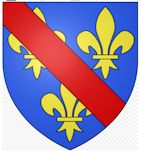
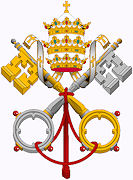
Gründung der Société des Missions Etrangères de Paris mit dem Ziel der katholischen (und französischen) Missionierung von Asien. Von der Société wird Siam mit katholischen Missionaren beliefert.
In Vietnam wurden u.a. folgende Missionare zu Märtyrern gemacht:
François-Isidore Gagelin (1799-1833); erwürgt (Cochinchina); am 19. Juni 1988 heiliggesprochen François Jaccard (1799-1838); erwürgt (Tonkin); am 19. Juni 1988 heiliggesprochen Joseph Marchand (1803-1835); zu Tode gequält (Huế, Annam); am 19. Juni 1988 heiliggesprochen Pierre Dumoulin-Borie (1808-1838); enthauptet (Tonkin); am 19. Juni 1988 heiliggesprochen Jean-Charles Cornay (1809-1837); enthauptet (Tonkin); am 19. Juni 1988 heiliggesprochen Augustin Schoeffler (1822-1851); enthauptet (Tonkin); am 19. Juni 1988 heiliggesprochen Jean-Louis Bonnard (1824-1852); enthauptet (Tonkin); am 19. Juni 1988 heiliggesprochen

Abb.: Seminaire pour la conversion des infideles dans les paÿs estrangers (Priesterseminar für die Bekehrung der Ungläubigen im Ausland), Paris, Rue du bac, 1663
[Bildquelle: Wikipedia. -- Public domain]
1660
1660

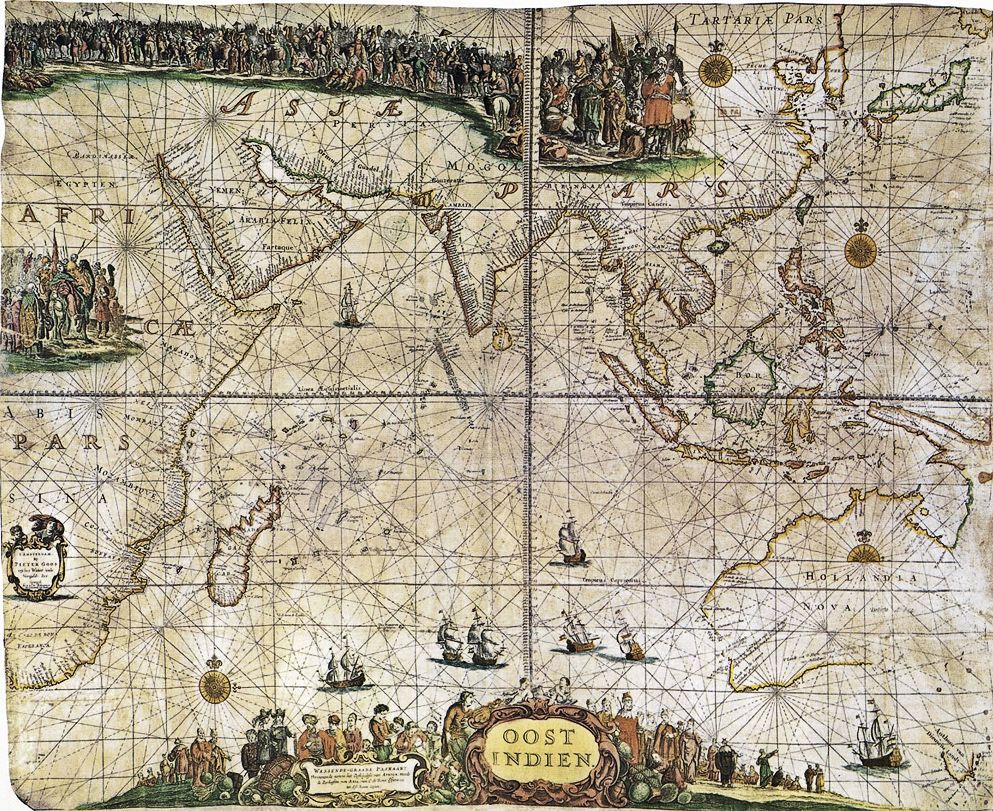
Abb.: Niederländische Seekarte von Ostindien / von Pater Goos (1615 - 1675), 1660
[Bildquelle: Wikimedia. -- Public domain]
1664
1664-08-27

Gründung der Compagnie française pour le commerce des Indes orientales (Compagnie des Indes Orientales), der französischen Ostindienkompanie. Wird 1795-07 aufgelöst.
Abb.: Wappen der Compagnie française pour le commerce des Indes orientales
[Bildquelle: Wikipedia. -- Public domain]
Abb.: Französische Stützpunkte in Indien
[Bildquelle: Luis wiki / Wikipedia. -- Creative Commons Lizenz (Namensnennung, share alike)]
1665
1665

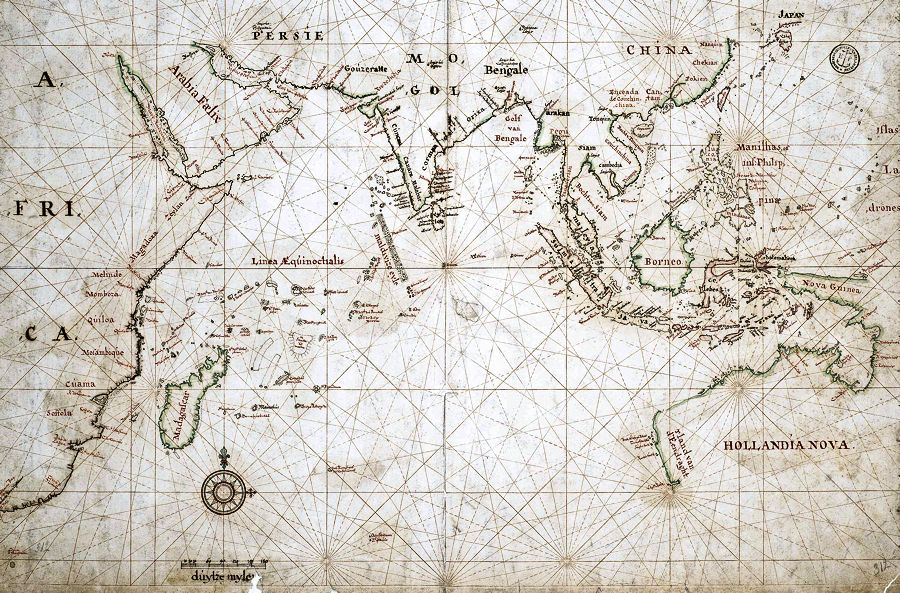
Abb.: Niederländische Seekarte 1665
[Bildquelle: Wikimedia. -- Public domain]
1675
1675

Abb.: Zum Beispiel: chinesische Kanone, gegossen 1675
[Bildquelle: BrokenSphere / Wikimedia. -- GNU FDLicense]
1690
1690

Abb.: Karte Siams von Simon de la Loubère (1642 – 1729), 1690
1700
1700 - 1701
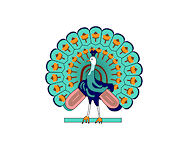
Krieg Siams mit Burma. Siam wehr den birmanischen Angriff ab.
1702
1702-05-02
Kriegserklärung Englands und seiner Verbündeten an Frankreich und Spanien (Spanischer Erbfolgekrieg 1701 - 1714)
1703
1703 - 1709

Phrachao Suea, wörtlich der "Tigerkönig"; geboren als Luang Sorasak, Thronnamen Sanphet VIII. พระบาทสมเด็จพระสรรเพชญที่ ๘ oder Suriyentharathibodi สมเด็จพระเจ้าสุริเยนทราบด, ist König von Ayutthaya (อาณาจักรอยุธยา) (gest. 1709)1703

Der französische General Sébastien Le Prestre, Seigneur de Vauban (1633 - 1707) erfindet das baïonette à douille (Tüllenbajonett) zum Ansatz an Gewehrläufen.
Abb.: Bajonettiieren mit Gewehren mit Tüllenbajonett, Reklamebild 1935Rückseite des Reklamebilds: "»Die Kugel ist eine Törin und nur das Bajonett ist weise«, hatte einst der russische Feldmarschall Suwarow gesagt. Die Handhabung des Gewehrs zum Bajonettfechten erfordert ziemliche Kraft und ein nicht geringes Maß von Geschicklichkeit. Die Ausbildung erfolgt auch hier stufenweise, beginnt mit der Stellung, den einzelnen Stößen, Deckungen und Paraden, schreitet dann vor zur Gegenüberstellung zweier Glieder, welche auf Kommando Stöße und Gegenstöße ausführen und gipfelt im Einzelkampfe Mann gegen Mann. Um die Gewalt der Stöße abzuschwächen erhalten die sogenannten »Bajonettiergewehre«–ausrangierte Waffen–einen mit Leder überzogenen Ballen. Der Kopf der Fechter wird durch Drahtmasken, Brust und Unterleib durch gepolsterte Schurze geschützt. Dicke Stulpenhandschuhe vervollständigen die Ausrüstung zum »Gang«."
1704
1704ff.
Abb.: Piratenflaggen
[Bildquelle: Lubbock, Basil <1876 - 1944>: The Blackwell frigates. -- Boston, o. J. [1922]. -- nach S. 92]
1705

Erstes bekanntes Vorkommen eines Steuerrads auf einem europäischen Schiff, einem britischen Kriegsschiff.
Abb.: Frühes Steuerrad
[Bildquelle: Wikih101 / Wikimedia. -- Creative Commons Lizenz (Namensnennung, share alike)]
1707
1707
Das Steinschloss hat sich als Auslösemechanismus für Vorderlader durchgesetzt. Es zündet mit einem Feuerstein. Zuvor war das Radschloss üblich, das ein Reibrad besitzt und mit Schwefelkies (Pyrit) zündet.
Abb.: Steinschloss mit Feuerstein
[Bildquelle: Voytek S / Wikimedia. -- Public domain]
Abb.: Steinschloss-Pistole beim Zünden
[Quelle des animated gif: Trulock / Wikipedia. -- Creative Commons Lizenz (Namensnennung, share alike)]]
Abb.: Radschloss 1730
[Bildquelle: Ironholds / Wikimedia. -- GNU FDLicense]
1707-05-01

Der Act of Union 1707 tritt in Kraft. Dadurch werden das Königreich England und das Königreich Schottland zum Kingdom of Great Britain (Großbritannien) vereinigt.
Abb.: Großbritannien
[Bildquelle: Atlas Maior / Wikimedia. -- Public domain]
1709
1709 - 1733

Thai Sa (Vollständiger Name: Somdet Phrachao Thai Sa, สมเด็จพระเจ้าท้ายสระ, auch: Phuminthararacha, oder: Somdet Phrachao Sanphet IX. สมเด็จพระเจ้าสรรเพชญ์ที่ 9(1679 - 1733), ist König von Ayutthaya (อาณาจักรอยุธยา)
1710
ca. 1710
La Royaume de Siam avec les royaumes qui luy sont Tributaires, et les Isles de Sumatra, Andemaon, etc. Et les Isles Voisine Aven les Observations des Six Peres Jesuites Envojez par le Roy en Qualite de Ses Mathe : maticiens dans les Indes, et a la Chine ou est aussi Tracee. La Route Qu'ils ont teniie par le Destroit de la Sonde Jusqu a Siam / von Joachim Ottens (1663 -1719). -- Amsterdam, ca. 1710:
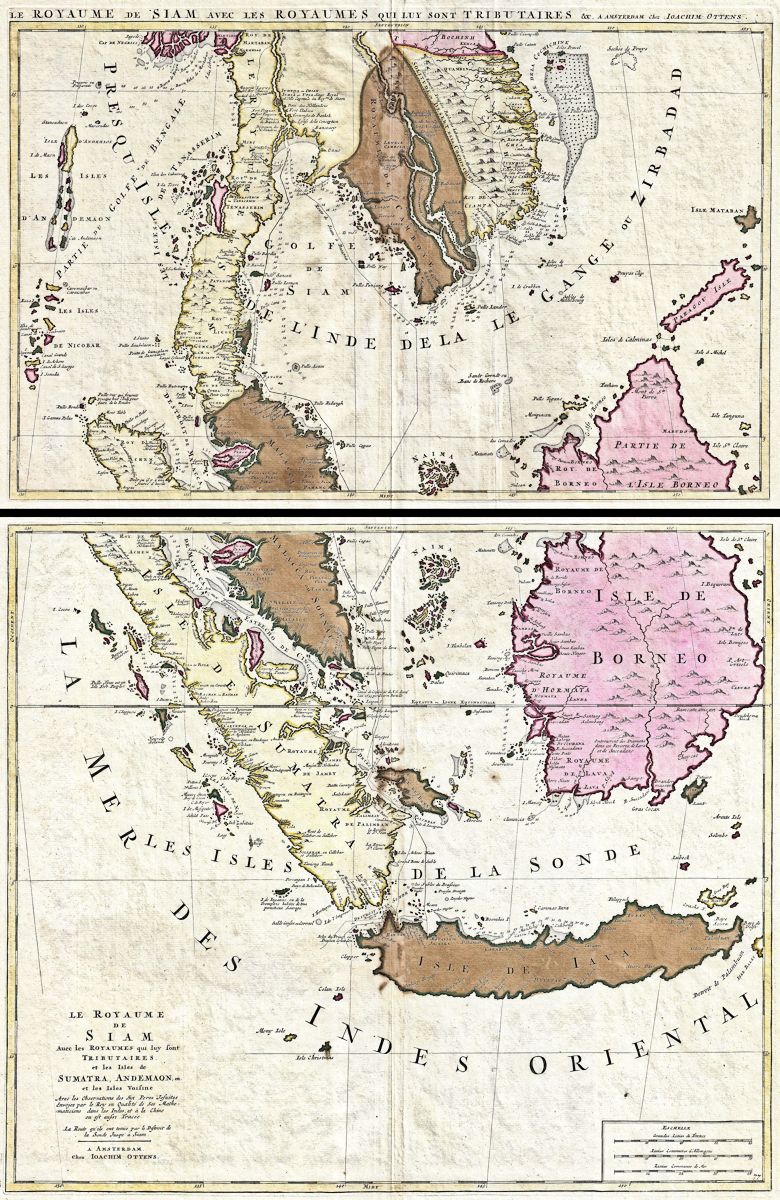
Abb.: La Royaume de Siam avec les royaumes qui luy sont Tributaires / von Joachim Ottens (1663 -1719), ca. 1710
[Bildquelle: Wikimedia. -- Public domain]
1710
Das Porzellanmonopol Chinas ist beendet: dem sächsischen Hofalchemisten Johann Friedrich Böttger (1682 - 1719) gelingt die Herstellung von weißem Hartporzellan. Gründung der Meißner Porzellanmanufaktur.
Abb.: Das erste Meissener Porzellan kommt auf die Leipziger Ostermesse 1710
[Bildquelle: Liebig's Sammelbilder, 1911]
1710-12


Französische Jesuiten erhalten vom chinesischen Kaiser die Erlaubnis, das chinesische Reich zu kartographieren.
Abb.: Karte Chinas aufgrund der Einzelkarten der Jesuiten / von Jean Baptiste Bourguignon d'Anville (1697–1782), 1734
[Bildquelle: Wikimedia. -- Public domain]
1721
1721-10-22
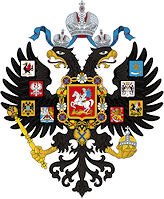
Zar Peter I. ("Der Große", Пётр Алексе́евич, 1672 - 1725) legt sich den Titel "Allrussischer Kaiser" zu:
"Von Gottes Gnaden, Petrus der Erste, Kaiser von ganz Russland, von Moskau, Kiew, Wladimir, Groß-Novogorod, Zar von Kasan, Zar von Astrakan, Zar von Sibirien, Herr von Pleskau, Groß-Herog von Smolensko, Herzog von Estland, Livland, Karelien, Twer, Jugor, Perma, Wjatka, Bulgarien und andern Königreichen; Groß-Herzog von Nieder-Novogorod, Tschernikow, Resan, Rostow, Jaroslaw, Bielozorow, Udor, Obdonie, Tschandie, und Kaiser von allen Nordischen Teilen. Herr der Länder Iwer, Tschastalie, Erbherr und Besitzer der Georgischen Länder, wie auch von Tschabardie, Tschirkassen und des Herzogtums Gorki."
1729
1729

China verbietet den Import von Opium mit Ausnahme für medizinische Zwecke.1729-06

London: Fertigstellung des neuen East India House der Honourable East India Company. Das Haus wird 1861 abgerissen.
Abb.: East India House / von T. Simpson, 1766
[Bildquelle: Wikipedia. -- Public domain]
1731

Der englische Astronom John Hadley (1682 - 1744) stellt den von ihm mit anderen erfundenen Oktanten vor. Dieser ist ein Vorläufer des Sextanten, der für die astronomische Navigation auf See sehr bedeutend werden wird.
Abb.: Konstruktionszeichnung des Oktanten von Hadley, 1731
[Bildquelle: Wikimedia. -- Public domain]Abb.: Funktionsweise eines Sextanten am Beispiel der Bestimmung der Höhe der Sonne
[Quelle des animated gif: Joaquim Alves Gaspar / Wikimedia. -- Creative Commons Lizenz (Namensnennung, share alike)]
1732
1732 - 1759
Thip Chang (ทิพย์ช้าง, พระญาสุลวะฤๅไชยสงคราม) ist Fürst von Lampang (นครลำปาง)
Abb.: Lage von Lampang (นครลำปาง) und Lamphun (ลำพูน)
[Bildquelle: CIA. -- Public domain]
Abb.: Thip Chang (ทิพย์ช้าง) Denkmal, Lampang (ลำปาง), 2009
[Bildquelle: punanut_vnk / Wikimedia. -- Licence art libre]
"King Thip Chak (ทิพย์จักร) or Thip Chang (ทิพย์ช้าง) (died 1759), whose full royal title was King Thip Chak Sulawa Lue Chaiya Songkhram (ทิพย์จักรสุลวะฤๅไชยสงคราม), Ban Pong Yang Khok (บ้านปงยางคก), was ruling sovereign of Lampang during a period of sovereignty not subject to Burman, Ayuthian or Lannanese rule. He is regarded as the progenitor of the Thippachakkrathiwong Dynasty (ราชวงศ์ทิพย์จักร), the forefathers of the bloodline of the Lords of Jedton (เชื้อเจ็ดตน). He was married to Lord Mother Pim Pam Mahathewi (แม่เจ้าปิมปามหาเทวี) of Ban Pa Nat Dam (บ้านป่าหนาดดำ), Ban Ueam (บ้านเอื้อม), and ruled from 1732-1759.Biography
In 1730, Lampang faced civil war. At the time, Thip Chak had been a hunter, but had spearheaded the group of soldiers that assassinated the ringleader of the rebellion, Thao Maha Yot. This had originally been commanded of the sovereign of Lampang by the Burman Konbaung Dynasty (ကုန်းဘောင်ခေတ်). According to the Chronicles of Chiang Mai, he later subdued an uprising in Lamphun (ลำพูน), and in his final years ruled his realm on the foundations of Buddhist doctrine."
[Quelle: http://en.wikipedia.org/wiki/Thipchang. -- Zugriff am 2014-10-19]
1733
1733 - 1758

Borommakot (สมเด็จพระเจ้าอยู่หัวบรมโกศ - auch Borommarachathirat III., สมเด็จพระบรมราชาธิราชที่3 (ca. 1680 - 1758), ist König von Ayutthaya (อาณาจักรอยุธยา)1733 - 1794
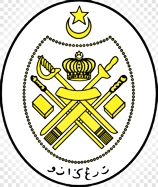
Sultan Mansur Shah I ist Sultan (سلطان) von Terengganu (ترڠڬانو). Er stärkt die Beziehungen mit Johor (جوهور), Kelantan (كلنتن) und Siam (er sendet nach Bangkok Bunga Mas - بوڠا مس / ต้นไม้เงินต้นไม้ทอง - als Zeichen der Gefolgschaft) und hat gute Beziehungen zur niederländischen Vereenigde Oostindische Compagnie und zur British East India Company.
Abb.: Lage von Terengganu (ترڠڬانو)
[Bildquelle: Constables Hand Atlas of India, 1893. -- Pl. 59]
1734
1734

In Lloyd's Coffe House in London wird Lloyd's List, eine (zunächst: Wochen-)Zeitung über Schiffsbewegungen. Die Zeitung besteht bis heute als führendes Nachrichtenorgan für Seehandel.
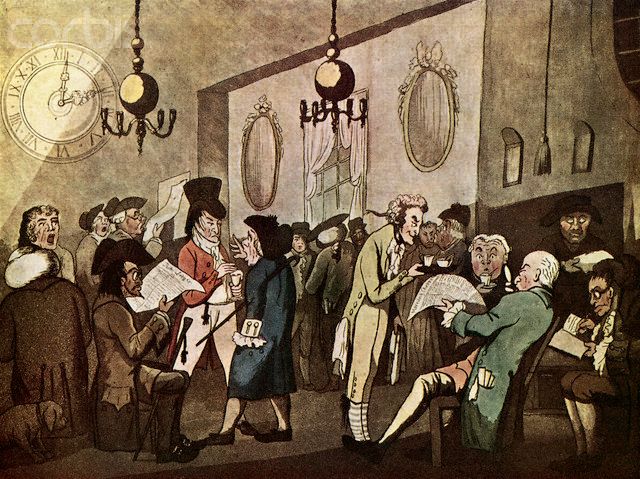
Abb.: Lloys' Coffe House / von William Holland, 1798

Abb.: Eine Seite aus Lloyd's List 1740-01-02
1735
1735-10-18 - 1796-02-09

Qiánlóng (乾隆, 1711 - 1799) ist Kaiser von China.
Abb.: Asien ca. 1740
[Bildquelle: Bartholomew, J. G. <1860 - 1920>: A literary & historical atlas of Asia. -- London, o. J.]
Abb.: Kaiser Qiánlóng (乾隆)
[Bildquelle: Wikipedia. -- Public domain]
"Qiánlóng (chinesisch 乾隆, IPA (hochchinesisch) [ʨʰjɛ̌nlʊ̌ŋ], * 25. September 1711 in Beijing; † 7. Februar 1799, ebenda, Verbotene Stadt) war der vierte chinesische Kaiser der Qing-Dynastie (清朝) und regierte offiziell vom 18. Oktober 1735 bis zum 9. Februar 1796, inoffiziell bis zu seinem Tod im Jahre 1799. Sein Geburtsname war Àixīnjuéluó Hónglì (愛新覺羅弘曆), genannt „Prinz Bǎo“ (寶親王); sein Tempelname lautet Gāozōng (高宗, „Hoher Ahne“) und sein Ehrenname Chúndì (純帝, „Reiner Kaiser“). Qianlong war Sohn des Yongzheng-Kaisers (雍正帝) und der kaiserlichen Gemahlin Xiao Sheng Xian (孝聖憲).Die Herrschaft des Qianlong-Kaisers gilt als Höhepunkt der Qing-Dynastie und ist im Rückblick als eines der „Goldenen Zeitalter“ der chinesischen Zivilisation verklärt worden. Der Kaiser zeigte sich als ambitionierter und pflichtbewusster Staatsmann, der die Grenzen Chinas weit nach Zentralasien ausdehnte und die eigene Kultur nachhaltig förderte. Qianlong betätigte sich selbst als Dichter, Maler und Meister der Kalligrafie, darüber hinaus trug er eine der größten bekannten Kunstkollektionen der Welt zusammen. Resultat dieser Sammelleidenschaft war ebenfalls die sogenannte Vollständige Bibliothek der Vier Schätze, die umfangreichste Zusammenstellung der chinesischen Literaturgeschichte. Qianlongs ungewöhnlich lange Regierungszeit war maßgeblich von politischer Stabilität, wirtschaftlichem Wohlstand sowie dem allgemeinen Hang zur Prachtentfaltung geprägt. Am Ende seiner Amtszeit wurden jedoch auch die ersten Anzeichen für die Probleme des darauf folgenden Jahrhunderts deutlich."
[Quelle: http://de.wikipedia.org/wiki/Qianlong. -- Zugriff am 2011-11-26]
1736/1737
1736-03-20 oder 1737-03-20
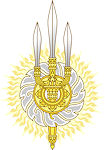
In Ayutthaya (อยุธยา) Geburt von Son Thong Duong (ทองด้วง), dem späteren Rama I. Vater: Thongdi (ทองดี), Mutter: Dau Ruang (ดาวเรือง, chinesischer Abstammung). Später werden über die Geburt wundervolle Legenden erzählt.
Namen und Titel von Rama I.: [Quelle: http://en.wikipedia.org/wiki/Rama_I. -- Zugriff am 2013-06-18]
- 1737-1758: Nai Thong Duang (ทองด้วง)
- 1758-1768: Luang Yokrabat (หลวงยกกระบัตร) of Ratchaburi (ราชบุรี)
- 1768: Phra Raja Warindra (พระราชวรินทร์)
- 1768-1769: Phraya Abhaya Ronarit (พระยาอไภยรณฤทธิ์)
- 1769-1770: Phraya Yommaraj (พระยายมราช)
- 1770-1778: Chao Phraya Maha Chakri (เจ้าพระยามหาจักรี)
- 1778-1782: (Somdet) Chao Praya Maha Ksatriyaseuk (สมเด็จเจ้าพระยามหากษัตริย์ศึก พิฤกมหิมา ทุกนัครระอาเดช นเรศรราชสุริยวงษ์ องค์อรรคบาทมุลิกากร บวรรัตนบรินายก)
- 1782-1809: Phra Bat Somdet Phra Borommarajadhiraj Ramadhibodi (พระบาทสมเด็จพระบรมราชาธิราชรามาธิบดี ศรีสินทรบรมมหาจักรพรรดิราชาธิบดินทร์ ธรณินทราธิราช รัตนากาศภาษกรวงษ์ องค์บรมาธิเบศ ตรีภูวเนตรวรนายก ดิลกรัตนราชชาติอาชาวไศรย สมุทัยดโรมนต์ สกลจักรวาฬาธิเบนทร์ สุริเยนทราธิบดินทร์ หริหรินทราธาดาธิบดี ศรีวิบูลยคุณอักนิษฐ ฤทธิราเมศวรมหันต์ บรมธรรมิกราชาธิราชเดโชไชยพรหมเทพาดิเทพนฤบดินทร ภูมินทรบรมาธิเบศโลกเชฐวิสุทธิ รัตนมกุฏประเทศคตา มหาพุทธางกูรบรมบพิตร)
- Posthumously renamed by King Mongkut as : Phra Bat Somdet Phra Poramoruraja Maha Chakri Borommanat Phraphutthayotfa Chulalok (พระบาทสมเด็จพระปรโมรุราชามหาจักรีบรมนารถ พระพุทธยอดฟ้าจุฬาโลก)
1737
1737–1791
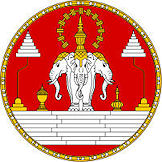
Sayakumane Herrscher von Champasak (ຈຳປາສັກ)
Pothi war dem Kriegshandwerk abgeneigt und hasste Grausamkeiten, nicht nur gegenüber Menschen, sondern auch gegenüber Tieren, wie Pferden und Elefanten. Er war verheiratet und hatte einen Sohn und zwei Töchter."
1739
1739
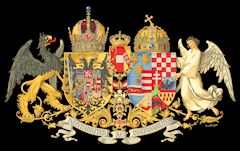
Als erste moderne Stadt ist Wien (Österreich-Ungarn) vollständig Abwasser-kanalisiert.
Abb.: Plan von Wien mit Kanalisation 1739
[Bildquelle: Wikipedia. -- Public domain]
1740

"Rule Britannia". Text: James Thomson (1700 - 1848), Melodie: Thomas Augustin Arne (1710 - 1778). Es wird zur "inoffiziellen Nationalhymne" Großbritanniens werden.1740-09-26
Klicken: Melodie von Rule Britannia
[Quelle der mid-Datei: http://ingeb.org/songs/rulebrit.html. -- Zugriff am 2013-06-12]
- When Britain first, at Heaven's command
- Arose from out the azure main;
- This was the charter of the land,
- And guardian angels sang this strain:
- "Rule, Britannia! rule the waves:
- "Britons never will be slaves."
- The nations, not so blest as thee,
- Must, in their turns, to tyrants fall;
- While thou shalt flourish great and free,
- The dread and envy of them all.
- "Rule, Britannia! rule the waves:
- "Britons never will be slaves."
- Still more majestic shalt thou rise,
- More dreadful, from each foreign stroke;
- As the loud blast that tears the skies,
- Serves but to root thy native oak.
- "Rule, Britannia! rule the waves:
- "Britons never will be slaves."
- Thee haughty tyrants ne'er shall tame:
- All their attempts to bend thee down,
- Will but arouse thy generous flame;
- But work their woe, and thy renown.
- "Rule, Britannia! rule the waves:
- "Britons never will be slaves."
- To thee belongs the rural reign;
- Thy cities shall with commerce shine:
- All thine shall be the subject main,
- And every shore it circles thine.
- "Rule, Britannia! rule the waves:
- "Britons never will be slaves."
- The Muses, still with freedom found,
- Shall to thy happy coast repair;
- Blest Isle! With matchless beauty crown'd,
- And manly hearts to guard the fair.
- "Rule, Britannia! rule the waves:
- "Britons never will be slaves."

Erstmals ernennt der indische Großmoghul, Shahanshah Nasir-ud-Din Muhammad Shah, Abu Al-Fatah Nasir-ud-Din Roshan Akhtar Muhammad Shah (محمد شاه) (1748–1702) einen Europäer zum Nawab (نواب; Statthalter): der französische Genralgouverneur von Pondichéry wird zum Nawab ernannt.
Abb.: Lage von Pondichéry
[Bildquelle: Joppen: Historical atlas of India. -- 1914. -- Karte 22]
1742
1742-01-14 - 1754-10-15

Joseph-François, Marquis Dupleix (1697 - 1763) ist Generalgouverneur der französischen Besitzungen in Indien. Er ist der Gegenspieler der Briten.
Abb.: Denkmal für Joseph-François, Marquis Dupleix, Pondichéry, 2005
[Bildquelle: N D Senthil Ram. -- http://www.flickr.com/photos/95645067@N00/625843696. -- Zugriff am 2013-08-26. -- Creative Commons Lizenz (Namensnennung, share alike)]
1744
1744 - 1748


First Carnatic War zwischen Frankreich und Großbritannien um die Vorherrschaft in Südindien.
Abb.: Die Übergabe von Madras durch die Briten an die Franzosen 1746 / von Jacques Francois Joseph Swebach (1769-1823)
[Bildquelle: Wikipedia. -- Public domain]
1746
1746
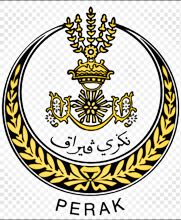
Das Sultanat Perak (ڨيرق) schließt mit der niederländischen Vereenigde Oostindische Compagnie einen Vertrag ab zum Schutz gegen Siam und die Bugis in Selangor (سلاڠور). Die Niederlande erhalten dafür das Monopol für den Zinnabbbau in Perak. Der Vertrag hat bis 1795 Bestand.
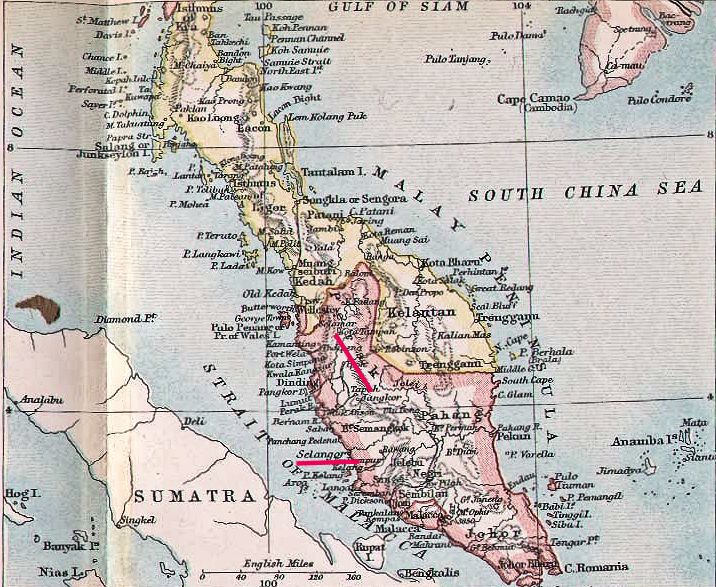
Abb.: Lage von Perak (ڨيرق) und Selangor (سلاڠور)[Bildquelle: Constables Hand Atlas of India, 1893. -- Pl. 59]
1747/1748
1747 / 1748

Son Thong Duong (ทองด้วง), der spätere Rama I., sowie Taksin (ตากสิน) werden gemeinsam Novizen im Wat Sam Wihan (วัดสามวิหาร) in Ayutthaya (อยุธยา). Thong Duong wird später bis 1757 Mönch in Wat Maha Thalai (วัดมหาทะลาย) in Ayutthaya.
Abb.: SW = Lage von Wat Sam Wihan (วัดสามวิหาร), Ayutthaya (อยุธยา)
[Bildquelle: Heinrich Damm / Wikipedia. -- GNU FDLicense]
1748

"Carte de la Mer du Sud ou Mer Pacifique: This is a rare nautical chart of the Pacific ocean by the English map publisher R. W. Seale. Chart depicts the trade routes used by Spanish Galleons from Acapulco, Mexico to Manila in the Philippines. In particular, this chart depicts the travels of the Spanish Nostra Seigniora de Cabadonga and the British Navy Commodore George Anson. Anson captured Nostra’s Spanish galleon in 1743. The Spanish galleon was loaded with gold, silver and, more importantly, nautical charts depicting the trade routes used by Spanish Galleons between Mexico and Manila for the previous 200 years. This significant discovery allowed the British to disrupts Spain’s trade in the Pacific and thus economically disrupt the Spanish dominance of the New World. Beautifully details the pacific islands and much of the Mexican and California coast."
Abb.: Seekarte: Carte de la Mer du Sud ou Mer Pacifique, 1748
[Bildquelle: Wikimedia. -- Public domain]
1748

Es erscheint:Montesquieu, Charles-Louis de Secondat, Baron de La Brède et de <1689 - 1755>: Defense de l'esprit des lois. -- Geneve : Barillot, 1750 [!]Darin fordert Montequuieu u.a. die Gewaltenteilung im Staat. In Siam wird diese erstmals 1932 eingeführt.
Abb.: Titelblatt
1749
1749-01-08 - 1749-01-26
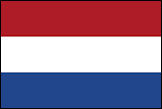
Zum Beispiel: Jungfernfahrt des Schiffs "Amsterdam" der niederländischen Vereenigde Oost-Indische Compagnie (VOC) nach Batavia (heute: Jakarta, Java, Indonesien). Schon im Ärmelkanal erleidet es in einem Sturm totalen Schiffbruch.
Abb.: Nachbau der Amsterdam, 2007
[Bildquelle: S Sepp / Wikipedia. -- GNU FDLicense]
1750
1750

Es erscheint:
Barrow, John <fl. 1735 - 1774>: Navigatio Britannica or A complete system of navigation in all its branches both with regard to theory and practice. -- London : Mount and Page, 1750. -- 423 S. : Ill. -- Es wird eines der beliebtesten Lehrbücher der Navigation.
Abb.: Titelblatt
1751
1751 - 1754


Second Carnatic War zwischen Frankreich und Großbritannien um die Vorherrschaft in Südindien.
Abb.: Indien 1751
[Bildquelle: Joppen, Charles <1878 - >: Historical atlas of India for the use of high schools, colleges, and private students. -- London : Longmans, 1907.]
1751 - 1772

Es erscheint der Versuch das ganze Wissen der westlichen Welt zusammenzufassen:Encyclopédie ou Dictionnaire raisonné des sciences, des arts et des métiers / hrsg von Denis Diderot ; Jean Le Rond d' Alembert ; Pierre Mouchon. -- Paris : Briasson, 1751-1772. -- 28 Bde. ; 71.818 Artikel ; 3.129 Abb.
Abb.: System des menschlichen Wissens
[a.a.O., Bd. 1. -- 1751]
1752
1752-03-21 - 1760-05-11

1752-06Alaungpaya (အလောင္းဘုရား, 1714 - 1760) ist König von Burma.
[Quelle: http://en.wikipedia.org/wiki/Alaungpaya. -- Zugriff am 2011-11-27]

Benjamin Franklin beweist experimentell, dass Blitze elektrische Entladungen sind. Auf dieser grundlage entwicklet er den Blitzableiter. Damit sind die Blitze entmythologisiert. In Siam dauert es noch über 100 Jahre bis die mythologische Interpretation von Naturvorgängen langsam einer wissenschaftlichen Auffassung weicht. Beispielgebend wird Rama IV. sein.
Abb.: Franklins Experiment mit dem Drachen
[Bildquelle: Wikipedia. -- Public domain]
1753
1753

Der britische Schiffsarzt James Lind (1716 - 1794) veröffentlicht seine Erkenntnisse über die Bekämpfung von Skorbut. Skorbut ist eine Vitaminmangelkrankheit, die unter Schiffsbesatzungen immer wieder eine große Zahl Todesopfer fordert.
Abb.: Skorbut / von Henry Walsh Mahon, 1841/42
[Bildquelle: Wikimedia. -- Public domain]
1754
1754 - 1763


French and Indian War zwischen Großbritannien und Frankreich um die Vorherrschaft in Nordamerika.
Abb.: French and Indian War
[Bildquelle: Hoodinski / Wikipedia. -- Creative Commons Lizenz (Namensnennung, share alike)]
1755
1755

Es erscheint:
Rousseau, Jean-Jacques <1712 - 1778>: Discours sur l’origine et les fondements de l’inégalité parmi les hommes. -- Amsterdam : Rey, 1755Darin behauptet er, dass alle Menschen von natur aus gleich sind. In Thailand ist dieser Grundsatz auch 2013 noch nicht verwirklicht (siehe Königshaus).
Abb.: Titelblatt
"Der erste, der ein Stück Land eingezäunt hatte und es sich einfallen ließ zu sagen: dies ist mein und der Leute fand, die einfältig genug waren, ihm zu glauben, war der wahre Gründer der bürgerlichen Gesellschaft. Wie viele Verbrechen, Kriege, Morde, wie viel Not und Elend und wie viele Schrecken hätte derjenige dem Menschengeschlecht erspart, der die Pfähle herausgerissen oder den Graben zugeschüttet und seinen Mitmenschen zugerufen hätte: ‚Hütet euch, auf diesen Betrüger zu hören; ihr seid verloren, wenn ihr vergesst, daß die Früchte allen gehören und die Erde niemandem."[Zitiert in: http://de.wikipedia.org/wiki/Abhandlung_%C3%BCber_den_Ursprung_und_die_Grundlagen_der_Ungleichheit_unter_den_Menschen. -- Zugriff am 2013-10-31]
1756
1756 - 1761


Third Carnatic War zwischen Frankreich und Großbritannien um die Vorherrschaft in Südindien. Die Franzosen nehmen 1761 Pondicherry (பாண்டிச்சேரி) ein
1757
1757 - 1842

Kanton (廣州市) ist der einzige chinesische Hafen, der für den Außenhandel geöffnet ist. Eine kleine Gruppe chinesischer Kaufleute in Kanton darf mit Ausländern handeln.1757
Abb.: Lage von Kanton (廣州市)[Bildquelle: Bartholomew, J. G. <1860 - 1920>: A literary & historical atlas of Asia. -- London, o. J.]
Abb.: Kanton (廣州市)[Bildquelle: Bartholomew, J. G. <1860 - 1920>: A literary & historical atlas of Asia. -- London, o. J.]

1757Birmanen erobern das Mon-Reich Hongsawadi/Hanthawaddy (ဟံသာဝတဳ / หงสาวดี). Mon (မောန်) fliehen nach Sam Khok (สามโคก) (Provinz Pathum Thani - ปทุมธานี), Phra Pradaeng (พระประแดง) (Provinz Samut Prakan - สมุทรปราการ) und Bang Kradi (บางกระดี่) (Bangkok) (alle drei heute im Großraum Bangkok).
Abb.: Lage von Hongsawadi/Hanthawaddy (ဟံသာဝတဳ / หงสาวดี)
[Bildquelle: Javierfv1212 / Wikipedia. -- Creative Commons Lizenz (Public domain)]

Son Thong Duong (ทองด้วง), der spätere Rama I. verlässt den buddhistischen Orden und wird Höfling beim Uparat (มหาอุปราช), Chao Fa Uthumphon (เจ้าฟ้า อุทุมพร, gest. 1796)1757-06-23

Der britische General Robert Clive (1725 - 1774) besiegt bei Plassey (পলাশীর, Bengalen) den Nabob (نواب / নবাব) von Bengalen, Mîrzâ Muhammad Sirâj-ud-Daulah (میرزا محمد سراج الدولہ / নবাব সিরাজদৌল্লা, 1729 - 1757), der mit Frankreich verbündet ist. Die Briten besitzen nun die Oberherrschaft über Bengalen, Bihar und Orissa in Indien.
Abb.: Lage von Plassey (পলাশীর) und Indien 1765[Bildquelle: Bartholomew, J. G. <1860 - 1920>: A literary & historical atlas of Asia. -- London, o. J.]
1757-03-08
Zum Beispiel: Kampf zwischen britischen Ostindienschiffen und französischen Schiffen
Abb.: Kampf zwischen britischen Ostindienschiffen und französischen Schiffen, 1757-03-08
[Bildquel´le: Wikimedia. -- Public domain]
1758
1758

Der zukünftige Rama I. wird von König Ekatat (สมเด็จพระเจ้าเอกทัศ, regn. 1758 - 1787) zum Luang Yokrabat (Gouverneur) von Ratchaburi (ราชบุรี) ernannt.1758/1760
Abb.: Lage von Ratchaburi (ราชบุรี)
[Bildquelle: OpenStreetMap. -- Creative Commons Lizenz (Namensnennung, share alike)]
Vietnam (Annam) hat sich in Kriegen mit Kambodscha endgültig die Herrschaft im Mekong-Delta gesichert.1758 - 1760, 1765 - 1766
Abb.: Die Expansion Vietnams[Bildquelle: CGlassey / Wikipedia. -- GNU FDLicense]
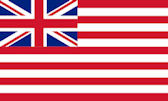
Major-General Robert Clive, 1st Baron Clive (1725 – 1774) ist erster Governor of the Presidency of Fort William (Bengal) der britischen East India Company.1758-05 - 1767-04-07
Abb.: Robert Clive und Mir Jafar nach der Schlacht von Plassey 1757 / von Francis Hayman (1708–1776), ca. 1760
[Bildquelle: Wikipedia. -- Public domain]
Abb.: Fort William, Calcutta (কলকাতা), Bengal, 1760
[Bildquelle: Wikipedia. -- Public domain]

Ekathat (สมเด็จพระเจ้าเอกทัศน์, auch Suriyamarin - สมเด็จพระเจ้าอยู่หัวพระที่นั่งสุริยามรินทร์ und Boromaraja V.; † 1767) ist der letzte Herrscher des Königreiches Ayutthaya (อาณาจักรอยุธยา)
1759
1759 - 1760

Birmanisch-Siamesischer Krieg.1759
Abb.: Feldzug der Burmesen 1759/60
[Bildquelle: Hybernator / Wikipedia. -- Public domain]
"The Burmese–Siamese War (1759–1760) (Burmese: ယိုးဒယား-မြန်မာစစ် (၁၇၅၉–၁၇၆၀); Thai: สงครามพม่า-สยาม (พ.ศ. 2302–2303)) was the first military conflict between the Konbaung Dynasty (ကုန်းဘောင်ခေတ်) of Burma (Myanmar) and the Ban Phlu Luang Dynasty (ราชวงศ์บ้านพลูหลวง) of Siam (Thailand). It re-ignited the centuries-long warfare between the two states that would go on for another century. The Burmese were "on the brink of victory" when they suddenly withdrew from their siege of Ayutthaya (อยุธยา) because their king Alaungpaya (အလောင္းဘုရား) had fallen ill.[6] He died three weeks later, ending the war.The casus belli were over the control of the Tenasserim coast and its trade,[8][9] and the Siamese support for ethnic Mon (မောန်) rebels of the fallen Restored Hanthawaddy Kingdom (ဟံသာဝတီ ပဲခူး တိုင်းပြည်)).[6][10] The newly founded Konbaung Dynasty had wanted to reestablish Burmese authority in the upper Tenasserim coast (present-day Mon State) where the Siamese had provided support to the Mon rebels and deployed their troops. The Siamese had refused Burmese demands to hand over the rebel Mon leaders or to stop their intrusions into what the Burmese considered their territory.[11]
The war began in December 1759 when 40,000 Burmese troops led by Alaungpaya and his son Hsinbyushin (ဆင်ဖြူရှင်) invaded down the Tenasserim coast from Martaban (Mottama - မိုဟ် တၟံ). Their battle plan was to go around the heavily defended Siamese positions along shorter, more direct invasion routes. The invasion force overran relatively thin Siamese defenses in the coast, crossed the Tenasserim Hills to the shore of the Gulf of Siam, and turned north towards Ayutthaya. Taken by surprise, the Siamese scrambled to meet the Burmese in their south, and put up spirited defensive stands en route to Ayutthaya. But battle-hardened Burmese forces overcame numerically superior Siamese defenses and reached the outskirts of Siamese capital on 11 April 1760. But only five days into the siege, the Burmese king suddenly fell ill and the Burmese command decided to withdraw.[6] An effective rearguard operation by Gen. Minkhaung Nawrahta (မင်းခေါင် နော်ရထာ) allowed for an orderly withdrawal.[12]
The war was inconclusive. While the Burmese regained control of the upper coast down to the Tavoy (Dawei - ဓဝဲါ), they had not eliminated the threat to their hold on the peripheral regions, which remained tenuous. They were forced to deal with Siamese-supported ethnic rebellions in the coast (1762, 1764) as well as in Lan Na (1761–1763). The Burmese would launch their next invasion in 1765, and topple the four-century-old Ayutthaya Kingdom in 1767."[Quelle: http://en.wikipedia.org/wiki/Burmese%E2%80%93Siamese_War_%281759%E2%80%931760%29. -- Zugriff am 2011-11-27]

Der englische Uhrmacher John Harrison (1693 - 1776) stellt nach vierjähriger Arbeit den Schiffschronometer H4 vor. Diese Präzisionsuhr erlaubt es bei der Schifffahrt den Längengrad genau zu bestimmen und damit genau zu navigieren.
Abb.: Harrisons Schiffschronometer H4, 2997
[Bildquelle: Don Brubacher. -- http://www.flickr.com/photos/12509899@N00/409222764. -- Zugriff am 2013-06-06. -- Creative Commons Lizenz (Namensnennung, keine kommerzielle Nutzung, keine Bearbeitung)]
1760
1760

In Lloyd's Coffe House in London wird die Register Society gegründet. Sie gibt das Register of Shipping heraus, einer gedruckten Liste mit Informationen über Schiffe, die Kaufleuten Versicherern eine Vorstellung vom Zustand der Schiffe, die sie chartern oder versichern, zu geben. Lloyd's Register Society ist die älteste Klassifikationsgesellschaft der Welt.1760-01-22
Abb.: Lloyds Register of Shipping 1912-1913
[Bildquelle: Jane023 / Wikimedia. -- GNU FDLicense]
Abb.: Ausschnitt aus Lloyd's Register of British and Foreign Shipping 1865-66
[Quelle: Wikimedia. -- Public domain]


Schlacht von Wandiwash (Vandavasi - வந்தவாசி) im Siebenjährigen Krieg zwischen Frankreich und Großbritannien. Der Sieg Großbritanniens stoppt die französische Expansion in Indien.1760-05-11 - 1763-11-28
Abb.: Lage von Wandiwash (Vandavasi - வந்தவாசி)
[Bildquelle: Joppen: Historical atlas of India. -- 1914. -- Tab. 22]

1760-10-25 - 1829-01-29Naungdawgyi (နောင်တော်ကြီး, 1734 – 1763) ist König von Burma.
"Naungdawgyi (Burmese: နောင်တော်ကြီး, pronounced [nàuɴ dɔ̀ dʑí]; 3 August 1734 – 28 November 1763) was king of Konbaung Dynasty (ကုန်းဘောင်ခေတ်) of Burma (Myanmar) from 1760 to 1763. He was a top military commander in his father Alaungpaya's (အလောင်းဘုရား) reunification campaigns of the country. As king, he spent much of his short reign suppressing multiple rebellions across the newly founded kingdom from Ava (Inwa - အင်းဝမြို့) and Toungoo (Taungoo - တောင်ငူမြို့) to Martaban (Mottama -မိုဟ် တၟံ) and Chiang Mai (ᨩ᩠ᨿᨦᩉ᩠ᨾᩲ᩵). The king suddenly died less than a year after he had successfully suppressed the rebellions. He was succeeded by his younger brother Hsinbyushin (ဆင်ဖြူရှင်)."[Quelle: http://en.wikipedia.org/wiki/Naungdawgyi. -- Zugriff am 2011-11-27]

George III. (1738 -1820) ist König von Großbritannien und König von Irland (bis 1800) und dann König des Vereinigten Königreichs von Großbritannien und Irland.
Abb.: George III., ca. 1790
[Bildquelle: Wikimedia. -- Public domain]
1762
Zwischen 1762 und 1765

Son Thong Duong (ทองด้วง), der spätere Rama I. wird Luang Yokrabat (Staatsanwalt) beim Gouverneur von Ratchaburi (ราชบุรี). Deswegen ist er 1767 (Zerstörung Ayutthayas durch die Burmesen) nicht in Ayutthaya (อยุธยา).
Abb.: Lage von Ratchaburi (ราชบุรี) und Ayutthaya (อยุธยา)[Bildquelle: OpenStreetMap. -- Creative Commons Lizenz (Namensnennung, share alike)]
1762-07-09 - 1796-11-17
Katharina II., genannt Katharina die Große (Екатерина II Великая) (1729 - 1796) ist Zarin von Russland.
Abb.: Katharina II. (Екатерина II) / von Vigilius Eriksen (1722 - 1782)
[Bildquelle: Wikimedia. -- Public domain]
1763
1763/64 - 1774/75
Der Prinz von Lampang, Chikeo (ชายแก้ว) ist von den Birmanen als Chaofa Singharajathani (เจ้าฟ้าสิงหราชธานี เจ้าฟ้าหลวงชายแก้ว) als Fürst von Lampang (นครลำปาง)eingesetzt.1763-02
Abb.: Lage von Lampang (ลำปาง)
[Bildquelle: CIA. -- Public domain]


Frieden von Paris besiegelt den Sieg Großbritanniens über Frankreich im Siebenjährigen Krieg bzw. French and Indian War. Frankreich muss u.a. Teile seiner nordamerikanischen Kolonien an Großbritannien abgeben.1763-09-01
Abb.: Frankreichs Kolonien in Nordamerika 1682 - 1763
[Bildquelle: Pinpin / Wikipedia. -- GNU FDLicense]

1763-11-28 - 1776-06-10Nach siebenmonatiger Belagerung kapituliert Chiang Mai (เชียงใหม่) vor dem birmanischen General Aphaikamani (อภัยคะมณี). Viele Bewohner Chiang Mais werden als Kriegsgefangene nach Burma verschleppt. In der Folge werden Lamphun (ลำพูน), Lampang (ลำปาง), Phrae (แพร่) und Nan (น่าน) von birmanischen Truppen besetzt.
Abb.: Lage von Chiang Mai (เชียงใหม่), Lamphun (ลำพูน), Lampang (ลำปาง), Phrae (แพร่) und Nan (น่าน)
[Bildquelle: CIA. -- Public domain]

Hsinbyushin (ဆင်ဖြူရှင်; 1736 – 1776) ist König von Burma.
"Hsinbyushin (Birmanisch: ဆင်ဖြူရှင်, [sʰɪ̀ɴ pʰjú ʃɪ̀ɴ]; Thai: พระเจ้ามังระ; * 12. September 1736; † 10. Juni 1776 in Ava) war zwischen 1763 und 1776 Herrscher des Königreichs Ava im heutigen Myanmar, dessen bedeutendste Tat die Unterwerfung des Königreichs Siam war.Leben
Hsinbyushin, der teilweise auch Mongra genannt wurde, war zunächst ein erfolgreicher Militärbefehlshaber, ehe er 1760 Anwärter auf den Thron wurde. Drei Jahre später wurde er am 29. November 1763 als Nachfolger des verstorbenen Herrschers Naungdawkyi (နောင်တော်ကြီး) neuer König von Ava im heutigen Myanmar.
1764 führte er einen Feldzug nach Osten und eroberte zunächst Chiang Mai (ᨩ᩠ᨿᨦᩉ᩠ᨾᩲ᩵) und Vientiane (ວຽງຈັນ), ehe er das Flusstal des Chao Phraya (แม่น้ำเจ้าพระยา)besetzte. Nach dem Fall des ein Jahr belagerten Königreichs Ayutthaya (อาณาจักรอยุธยา) und dem Tode von König Ekathat (สมเด็จพระเจ้าเอกทัศน์) im April 1767 ordnete er die Deportation von Tausenden Kriegsgefangenen nach Ava (အင်းဝမြို့) an. Siamesische Geschichtschroniken führen dazu aus:
Die Kontrolle über Siam war allerdings nur von kurzer Dauer, da General Taksin (ตากสินมหาราช) die Armee Hsinbyushins bald zurückschlagen konnte.
- „Bayinnaung (ဘုရင့်နောင်), der König von Hanthawaddy, führte Krieg wie ein Monarch, aber Hyinbyushin, der König von Ava, wie ein Räuber.“ (‚The King of Hanthawaddy [Bayinnaung] waged war like a monarch, but the King of Awa [Hsinbyushin] like a robber.‘)
Andererseits führte die Eroberung der Hauptstadt des Reiches Ayutthaya 1767 dazu, dass Hsinbyushin viele Hofmusiker mitbrachte, die siamesische Spielweisen wie zum Beispiel bei der Bogenharfe Saung gauk (စောင်းကောက), dem Nationalinstrument Myanmars, in die myanmarische Musik einführten. Dazu gehörten eine pentatonische Stimmung (belae) und neue Melodien für alte burmesische Lieder, teilweise wurde auch nur der Rhythmus übernommen. Weitere Angriffe auf das von Taksin 1768 gegründete Königreich Thonburi (อาณาจักรธนบุรี) unternahm er nach dieser Niederlage allerdings nicht mehr.
Aufgrund dieser Situation marschierte Hyinbyushin mit seinen Truppen drei Mal für Plünderungen und die Gefangennahme von Sklaven in den Fürstenstaat Manipur (মনিপুর) ein, den heutigen gleichnamigen indischen Bundesstaat. Als er nach der dritten Invasion die Oberhoheit über Manipur erklärte, konnte er durch Truppen des Königreichs Großbritannien zurückgeschlagen werden.
Der größte Schlag gegen seine Macht folgte aber durch Truppen aus dem Kaiserreich China. Die Aggressivität seiner Truppen im Shan-Staat (မိုင်းတႆး), Laos (ລາວ) und Chiang Mai (ᨩ᩠ᨿᨦᩉ᩠ᨾᩲ᩵ ), der damaligen Hauptstadt des Königreichs Lan Na (ᩋᩣᨱᩣᨧᩢᨠᩕᩃ᩶ᩣ᩠ᨶᨶᩣ), brachten den chinesischen Kaiser Qianlong ( 乾隆) dazu, in der Zeit von 1765 bis 1769 vier Feldzüge, den sogenannten chinesisch-burmesischen Krieg, gegen das Königreich Ava zu führen, die allerdings alle von Hsinbyushin erfolgreich zurückgeschlagen wurden. 1769 kam es daher zur Unterzeichnung eines Friedensvertrages zwischen dem Königreich Ava und dem Kaiserreich China, der zugleich den Handel und diplomatische Beziehungen zwischen beiden Ländern vorsah.
1773 kam es zu einem Aufstand im Süden des Königreichs, den Hsinbyushin allerdings unterdrückte. Unter seiner Herrschaft erreichte 1774 der Bau der Shwedagon (ရွှေတိဂုံ ဘုရား), des wichtigsten Sakralbaus und religiösen Zentrums Birmas in Rangun, der als Wahrzeichen des ganzen Landes und eine der berühmtesten Stupas der Welt gilt, seine Höhe von 98 Metern.
Nach seinem Tode folgte ihm am 10. Juni 1776 sein Sohn Singu Min (စဥ့်ကူးမင်း) als König von Ava.
NachwirkungenDie Handlung der Eroberung des Königreichs Ayutthaya und insbesondere die Zurückschlagung der Invasoren wurde in dem thailändischen Historienfilm Bang Rajan – Kampf der Verlorenen (บางระจัน, 2000) des Filmregisseurs Thanit Jitnukun (ธนิตย์ จิตนุกูล) verfilmt.
Hsinbyushin zu Ehren wurde die 2004 für die Myanma Railways fertiggestellte Hsinbyushin-Brücke über den Chindwin (ချင်းတွင်းမြစ်) benannt."
[Quelle: http://de.wikipedia.org/wiki/Hsinbyushin. -- Zugriff am 2011-11-27]
1764
1764
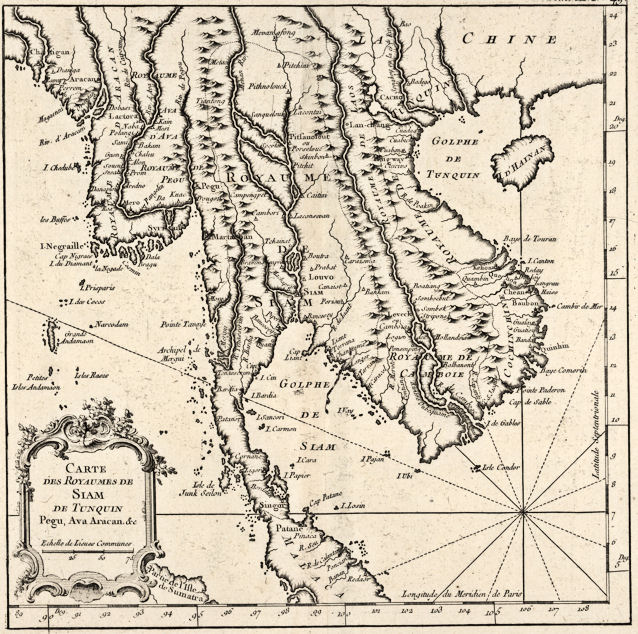
Abb.: Carte des royaumes de Siam, de Tunquin, Pegu, Ava Aracan &c. -- In: Petit Atlas Maritime, 1747 / von Jacques-Nicolas Bellin (1703–1772)
[Bildquelle: Wikimedia. -- Public domain]
1764

Der britische Handweber James Hargreaves erfindet die erste industriell-mechanische Spinnmaschine "Soinning Jenny" zum Verspinnen von Wolle zu Garn. Dies ist der Beginn des Maschinenzeitalters.
Abb.: Spinning Jenny
[Bildquelle: Betty Longbottom / Wikipedia. -- Creative Commons Lizenz (Namensnennung, share alike)]
1765
1765

Vertrag zwischen der britischen East India Company und Shuja-ud-Daula (शुजा उद दौला / شجاع الدولہ) (1732 - 1775) dem Nawab von Awab (Oudh) (حکومت اود/अवध के नवाब) begründet die Bengal Presidency (বেঙ্গল প্রেসিডেন্সি)1765
Abb.: Bengal Presidency (Eastern Bengal), 1908
[Bildquelle: Imperial Gazetteer of India. -- new. ed. -- Vol. 11. -- 1908]


Der französische katholische Priester Pierre Joseph Georges Pigneau de Behaine (1741 - 1799) kommt nach Cochinchina. 1769 wird er des Landes verwiesen geht nach Pondicherry (Indien) und kehrt 1775 wieder nach Cochinchina zurück, wo er in der Politik eifrig mitmischt.1765-08-23 - 1767-04-05
Abb.: Mausoleum für Pierre Joseph Georges Pigneau de Behaine, außerhalb Saigons (Französisch-Indochina)
[Bildquelel: Wikipedia. -- Public domain]

1765Birmanisch-siamesischer Krieg (ယိုးဒယား-မြန်မာစစ် (၁၇၆၅–၁၇၆၇) / สงครามคราวเสียกรุงศรีอยุธยาครั้งที่สอง)

1765-12 - 1769-12-22Burma erobert den siamesischen Hafen Mergui (မြိတ်မြို့ / ဗိက် / มะริด).
Abb.: Lage von Mergui (မြိတ်မြို့ / ဗိက် / มะริด)
[Bildquelle: OpenStreetMap. -- Creative Commons Lizenz (Namensnennung, share alike)]


Chinesisch-birmanischer Krieg (中緬戰爭 / 清緬戰爭 / တရုတ်-မြန်မာ စစ် (၁၇၆၅–၁၇၆၉)).
Abb.: Feldzüge bei der dritten Invasion 1767/68
[Bildquelle: Soewinhan / Wikipedia. -- Public domain]
[Quelle: http://en.wikipedia.org/wiki/Sino%E2%80%93Burmese_War_%281765%E2%80%931769%29. -- Zugriff am 2013-06-08]
1767
1767

Phra Ratcharin, der künftige Rama I. (1736/37 - 1809) unterjocht Dan Khun Thot (ด่านขุนทด) und Siem Reap (សៀមរាប).
Abb.: Lage von Dan Khun Thot (ด่านขุนทด) und Siem Reap (សៀមរាប)[Bildquelle: OpenStreetMap. -- Creative Commons Lizenz (Namensnennung, share alike)]
1767-02-24

Geburt von Nai Chim (1767 - 1824), dem künftigen Rama II.1767-04-07/08
Namen und Titel: [Quelle: th.Wikipedia + en.Wikipedia]
- 1767–1782: Nai Chim (ฉิม)
- 1782–1808: Somdet Phra Chao Lukya Thoe Chaofa Krom Luang Itsarasunthon (สมเด็จพระเจ้าลูกยาเธอ เจ้าฟ้ากรมหลวงอิศรสุนทร)
- 1808–1809: Krom Phraratchawang Bowon Maha Itsarasunthon (Krom Phrarajawang Bovorn Sathan Mongkol - กรมพระราชวังบวรสถานมงคล)


1767Zerstörung Ayutthayas (อยุธยา) durch die Burmesen. Ende des Birmanisch-Siamesischen Kriegs (ယိုးဒယား-မြန်မာစစ် (၁၇၆၅–၁၇၆၇); สงครามคราวเสียกรุงศรีอยุธยาครั้งที่สอง, lit. "war of the second fall of Ayutthaya"; 1765 - 1767). Ende des Königreichs Ayutthaya (อาณาจักรอยุธยา).
Abb.: Sketch-map showing Burmese forces' advance towards Ayutthaya:The territories showed are those at the time being
Siam in light grey
Burma and its vassals (Vientiane, Luang Prabang etc) in dark grey
Third territories (Cambodia etc) in pale taupe
Routes of advance in orange; Main attack routes, "A" and "C"
Present-day border in white and grey line
[Bildquelle: Aristitleism / Wikipedia. -- Public domain]
Abb.: Karte von Ayutthaya (อยุธยา) 17 Jhdt.
[Bildquelle: Wikipedia. -- Public domain]Beschreibung der Folgen der Zerstörung in einer Chronik:Ein französischer Missionar berichtet über die birmanischen Plünder- und Mörderbanden:
"Some wandered about, starving, searching for food. They were bereft of their families, their children and wives and stripped of their possessions and tools ... They had no rice, no fish, no clothing. They were thin, their bodies wasting away. They found only the leaves of trees and grass to eat... They grew thinner, and their flesh and blood wasted away. Afflicted with a thousand ills, some died and some lived on."[Quelle: King Bhumibol Adulyadej : a life's work. Thailand's monarchy in perspective / ed. by Nicholas Grossman ; Dominic Faulder [u. a.]. -- Singapore : Didier Millet, 2011. -- 383 S. : Ill. ; 29 cm. -- ISBN 978-981-4260-56-5. -- S. 27]
‘‘During the 15 days of plunder, the enemy made a grand massacre. They murdered those who gave them money as well as those who did not. But. it was more against the bonzes that they made quite a terrible massacre. I saw in one morning at least a score transfixed by their swords. After having burnt the whole town, reduced the palace and a great number of temples to ashes, the Burmese thought of retreating. They went away on the 15th April 1767."[Zitiert in: Manich Jumsai [มานิจ ชุมสาย] <1908 - 2009>: Popular history of Thailand. -- Bangkok : Chalermnit, 1972. -- S. 335] Die birmanische Chronik Hmannan Maha Yazawindawgyi (မှန်နန်း မဟာ ရာဇဝင်တော်ကြီး, Glaspalast Chronik, 1829 - 1832) berichtet:
"A large quantity of royal treasure was found, in the shape of utensils set in diamonds, emeralds, rubies, and nine kinds of gems; also gold cups, bowls, trays used by the royalty; and gold and silver bullion and precious gems; cloths worked in silver and gold, and various other kinds of cloths the product of Kyin, Sein, and Gyun countries; seven richly gilt howdahs used by His Siamese Majesty."Of military stores and appliances, there were found
The Burmese historian said that the quantity found in the arsenals was innumerable. Among these military stores only the best and the curious were chosen and taken; of the rest, the greater portion was thrown into the sea or destroyed. Of the guns, one measuring twenty cubits in length and two cubits at the mouth, and those taking in charges varying from 30 to 40 viss weight were taken out and thrown into the sea; other guns were destroyed by blasting with gunpowder."
- two thousand war boats and
- one hundred ships;
- 1000 fusils inlaid with gold and silver tracery and
- over 10,000 ordinary fusils without any inlaid work;
- the famous twin big guns cast in bronze; and
- guns for dismantling city walls;
- guns for repelling enemy attacks,
- guns embossed with figures of dragons and sea monsters,
- guns constructed for mounting on carriages, at the bow of war boats, and on elephants, and
- breech loading guns, in all 3550, some of which were cast in copper or bronze and some made of iron;
- over 50,000 shells of various sizes weighing from one viss [ပိဿာ, 1 viss = 1,6 kg] to fifteen, twenty and thirty viss and manufactured in China, Yun Country, Larnchang, Western country, and Yodaya;
- big iron shells, each containing in it fifty to sixty shots;
- elongated iron shells covered with wire netting, each of which carried within it from 100 to 200 shots and, on bursting, cast its contents far and wide;
- chain-shots, bar-shots, fuses, etc.
Among the craftsmen they had taken away, again to quote the same Burmese chronicles, were:
"persons engaged in the following trades and professions, namely
- musicians and dancers,
- carpenters,
- carvers,
- turners,
- blacksmiths,
- gold and silversmiths,
- coppersmiths and braziers,
- masons,
- decorators with natural and artificial flowers,
- painters both in ordinary colours and illuminated with gold and bright material,
- workers of marquetery,
- lapidiaries,
- barbers,
- persons skilled in incantations, charms and magic;
- persons skilled in the cure of the diseases of elephants and ponies;
- breakers and trainers of ponies;
- weavers and workers of gold and silver threads; and
- persons skilled in the culinary art.
There were also found the Tripitaka [พระไตรปิฎก / တိပိဋက] and treatises on astrology and medicine. ""Of the queens, Min Mauk, Man Min, Muen Sri, and Muen Sila were the chief. There were eight hundred and sixty-nine concubines, including those who were honoured with the titles of Phra Ong Chao [พระองค์เจ้า] and Phra Chao [พระเจ้า]. Of the brothers, there was one who had been king at one time;
[...]
There were fourteen grandsons, namely.... and fourteen granddaughters,.... Of the children of the king’s elder brother there were four, two sons,.... and two daughters. There were besides over 2000 members who belonged to the royal family. Many noblemen were also found in the capital, of whom the following were the principal ones, namely: ministers of the first rank, Phya Phraklang [พระยาพระคลัง], Phya Bura; Ministers of the second rank, Phya Munthi, Phya Mun-thabo-taik; Minister of the Royal Treasury, Phya Barabat; Minister of the Royal Granaries, Phya Poiatep; Minister in charge of the capital, Phya Yommarat [พระยายมราช]; Minister in charge of arms and ammunitions, Luang Hurataik. "
"After demolishing the city, moats, and all defensive and offensive works, as commanded by their Sovereign, so that they might be in time to take part in the fighting against the Chinese the city was then destroyed, and the Burmese forces left the Siamese capital on the 9th of waxing Nayôn [နယုန်] 1129 (June, A. D. 1767) marching in the direction of Tayaik".[Zitiert in: Manich Jumsai [มานิจ ชุมสาย] <1908 - 2009>: Popular history of Thailand. -- Bangkok : Chalermnit, 1972. -- S. 337 - 342]Der Apostolische Vikar für Siam, Bischof Pierre Brigot, M.E.P. (1713 - 1791) berichtet über die Deportation nach Tavoy [ထားဝယ်မြို့] auf dem Weg nach Pegu (ပဲခူး):
Abb.: Lage von Tavoy (Dawei) [ထားဝယ်မြို့] und Pegu (Bago) (ပဲခူး)
[Bildquelle: OpenStreetMap. -- Creative Commons Lizenz (Namensnennung, share alike)]
"The food was enough for the journey up to Chactret, where the Burmese had built a new town. There the Christians were forced to ask for the help of the Governor of Tavoy [ထားဝယ်မြို့] who had become the chief of the rest of the army. He gave two sheaves of rice on the stalk per head and a piece of meat. The pilot who led them under the orders of the governor sent them also some fish, and sometimes some fruits. He was kind enough to buy a horse for the journey by land, apart from the other one he already had. The Jesuit father had just died. He was buried with cannon shots from the ships and from the ramparts of the town; thus honour was paid to him more than a Burmese officer. The two Portuguese brothers, Isidore of the Conception, dominican, and Bernardin Salema, also stopped at this place with their Christian community. They forced them to go on before the Bishop, and to go on foot with the majority of their Christians. They had not travelled three days, when they had to withdraw into the forest; their Christians attacked the conductors, took an elephant and some horses, and then went off. The Burmese who escaped from them went to report the matter to the battalions which were in front, and the two generals gave permission to massacre every Christian they could find. They wrote about this matter to the Governor of Tavoy who began to mistrust the Christians, The pilot Joseph however fortunately brought him back to reason that the Burmese of the advanced guard were too violent, chiefly with regard to women; and without their bad manners, the Christians would never, have revolted; and that as to him, being too far away from these kinds of violence, he had nothing to fear of the Christians, especially the Bishop, who, on the contrary, could serve him in inducing the French to come to Tavoy, and even to Mergui [မြိတ်မြို့], if he thought it expedient to repeople this port. The governor was contented with these reasons, sent a dinner to the Bishop, and gave him ten more sheaves of rice, out of which the Bishop could give to a dozen Portuguese women, Christians, who were very weak and could not follow the army, and found Siamese boats to return to Bang-Xang. ""The 6th June was fixed for the departure of the Governor. The Burmese burnt their town; each embarked in his boat, and the Bishop in going up the river met a big galley of the pilot’s people, who came from a place called Chaiyo, where they had taken the cannons. They brought with them five Christians of the seminary, who had obtained permission from the Burmese to return from there. However these poor people, rightly fearing that they would fall in the hands of the Burmese who came behind, stayed with the Bishop, and helped the others to row. After ten days on the river, we arrived on the 16th June at a place where we had to leave the boats. As they were waiting for the cannons they were obliged to build, on a small mountain, huts made of the wood of our boat and the canvas of the pilot. The Bishop stayed there until the 23rd of that month; he was obliged to mount a horse and depart, although quite suffering from intestinal troubles. His men were hardly enough to carry the rice and the rags, which were the reasons for him to send back the books, which he entrusted to a Chinese Christian who was no more heard of. The land journey was much more painful; because, apart from not having a single village, there were only steep wooded mountains, full of mud in the valleys, and intersected by rivers which one had to cross again and again, in such a manner that one was repeatedly obliged to mount, dismount, and wade across the river, or walk across on the tips of two bamboo stalks when the water was not too deep. The Bishop preferred to swim across with his horse than crossing by fragile bridges made of reeds. The animals died of fatigue: the route was often full of dead bodies on both sides, and swarms of flies annoyed the travellers when they rested. Rice began to fail when we arrived quite tired out in the neighbourhood of Tavoy on the 6th July "
"Arrival at Tavoy. Misery. The pilot mounted a horse and went to report to big bosses of the army. They gave him permission to build small houses outside the town, along the side of the river........ "[Zitiert in: Manich Jumsai [มานิจ ชุมสาย] <1908 - 2009>: Popular history of Thailand. -- Bangkok : Chalermnit, 1972. -- S. 343 - 347]
Ligor (ลิกอร์, heute: Nakhon Sithammarat - นครศรีธรรมราช) erklärt sich von Siam frei.
Abb.: Lage von Ligor (ลิกอร์, heute: Nakhon Sithammarat - นครศรีธรรมราช)
[Bildquelle: Bartholomew, J. G. <1860 - 1920>: A literary & historical atlas of Asia. -- London, o. J.]
1767
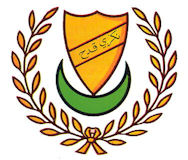
Kedah (قدح): Sultan Muhammad Jiwa Zainal Adilin Mu'adzam Shah II (r. 1710 - 1778) anerkennt die Oberherrschaft Burmas. Er sendet trotzdem 1769 Bunga mas ( بوڠا مس/ ต้นไม้เงินต้นไม้ทอง) nach Siam als Zeichen seiner Gefolgschaft.
Abb.: Lage von Kedah (قدح)
[Bildquelle: Constables Hand Atlas of India, 1893. -- Pl. 59]
1767 - 1782

Taksin (ตากสินมหาราช) König Siams. Verlegung der Hauptstadt nach Thonburi (ธนบุรี).1767 - 1782
Abb.: Abb Lage des alten Thonburi (ธนบุรี) innerhalb des heutigen Bangkok
[Bildquelle: Hdamm / Wikipedia. -- GNU FDLicense]
Abb.: Taksin (ตากสินมหาราช), Wat Choeng Tha (วัดเชิงท่า), Ayutthaya (อยุธยา), 2010
[Bildquelle: Pitt / Wikimedia. -- Creative Commons Lizenz (Namensnennung, share alike)]
Abb.: Heiligtum für Taksin (ตากสิน) in Tak (ตาก)
[Bildquelle: Media lib / Wikipedia. -- GNU FDLicense]*
Abb.: Taksin-Statue, Wat Welurachin, Thonburi
[Bildquelle: Ahoerstemeier / Wikimedia. -- GNU FDLicense]
"Taksin der Große (postum) (Thai: ตากสินมหาราช - Taksin Maharat; später auch: Phaya Tak, Tak Sin, als König Boroma Radscha IV.; * 17. April 1734 in Ayutthaya; † 6. April[1]1782 (hingerichtet) in Thonburi (heute: Thailand)), war König der Thai (Siam) nach dem Ende des Königreichs von Ayutthaya (อาณาจักรอยุธยา) bis zum Beginn der Chakri-Dynastie.Frühe Jahre
Taksin wurde als Sohn eines chinesischen Einwanderers mit Namen Hai Hong (Thai: ไหฮอง) und der Siamesin Nok-Iang (Thai: นกเอี้ยง) in Ayutthaya geboren. Hai Hong, der wahrscheinlich aus Chaozhou (潮州市) (Teochiu) stammte, war recht wohlhabend. Er durfte in der Hauptstadt Spielhallen betreiben, wofür er der Regierung Steuern zahlen musste, dafür den Titel „Khun Phat Nai-Akon“ tragen durfte. [2]
Taksin wurde aufgrund einer Legende als Kind vom Chao Phraya Chakri (เจ้าพระยาจักรี), dem Vorsteher des Mahatthai (กระทรวงมหาดไทย) formell adoptiert. Dem fiel auf, dass seitdem seine finanziellen Transaktionen von besonderem Erfolg gekrönt waren. Daher nannte er den Jungen Sin (สิน) (etwa: Wohlstand). [3] Mit sieben Jahren wurde Sin der Tradition folgend Novize in einem buddhistischen Kloster. Nachdem Sin das Kloster verlassen hatte, trat er als Page in den Dienst des Königs. Im Alter von 20 ließ er sich als Mönch erneut im Kloster Wat Kosawat ordinieren. Dort studierte er volle drei Jahre lang die heiligen Schriften sowie die Pali-Sprache. Einer weiteren Legende zufolge traf er im Kloster den jungen Tong Duang (den späteren König Puttha Yotfa Chulalok (Rama I.). Beiden wurde von einem chinesischen Wahrsager späteres Königtum prophezeit, was beide jedoch nicht ernst nahmen. Nach den drei Jahren kehrte Sin an den Hof zurück, wo er eine Stelle als König Boromakots (สมเด็จพระเจ้าอยู่หัวบรมโกศ) „Assistent für Mahatthai-Angelegenheiten“ antrat. [3]
Gouverneur und TruppenführerNach dem Tod von König Boromakot machte Sin eine militärische Karriere und wurde Vizegouverneur, dann Gouverneur der Provinz Tak (ตาก), was ihm den Namen Taksin(ตากสิน) einbrachte, sein offizieller Titel war Phraya Tak (พระยา ตาก). Später wurde er zum General im Heer des Königs Ekathat (สมเด็จพระเจ้าเอกทัศน์) von Ayutthaya (อยุธยา) befördert.
Als die Birmanen Ayutthaya mit einer riesigen Armee fast ein Jahr lang belagerten, befand er sich in der Hauptstadt. Dort sah er die Unentschlossenheit des Königs und die Kollaboration von Verrätern im Palast mit den Birmanen. Kurz entschlossen nutzte er ein ausbrechendes Feuer in der Stadt, um sich mit 500 Mann aus Ayutthaya abzusetzen. Kurze Zeit später nahmen die Birmanen die Hauptstadt ein und zerstörten sie vollständig, setzten den König ab und töteten ihn. Siam lag am Boden, Chaos und Anarchie herrschten im Land, Untergangsstimmung breitete sich aus.
Taksin verschanzte sich mit seiner Truppe im Osten des Reiches bei Chantaburi (จันทบุรี). Ihm kam zugute, dass die Birmanen wegen eines Überraschungsangriffs der Chinesen im Norden starke Kräfte zusammenziehen mussten. Nach dem Fall Ayutthayas bildeten sich fünf kleinere Fürstentümer heraus, die das Machtvakuum zu füllen gedachten. Taksin verbündete sich zunächst mit dem Gouverneur der Provinz Chonburi (ชลบุรี). Nach einem Führungsstreit schaltete Taksin diesen aus, und sammelte dort versprengte Soldaten.
ReichsgründerInnerhalb kurzer Zeit bildete er eine schlagkräftige Armee und kehrte nach Ayutthaya zurück, um die kleine Besatzungstruppe der Birmanen auszuschalten. Das hatte mehr symbolischen Wert, verstärkte auch das Charisma, mit dem Taksin seine Ziele zu erreichen vermochte. Taksin musste sich nach einer neuen Hauptstadt umsehen, die strategisch möglichst günstig lag und einen starken Außenhandel begünstigen konnte. Er fand das kleine Städtchen Thonburi (ธนบุรี) am rechten Ufer des Maenam Chao Phraya (แม่น้ำเจ้าพระยา) (Chao-Phraya-Fluss) aus der Zeit des Königs Chakraphat (สมเด็จพระมหาจักรพรรดิ) (1548 – 1568). De facto war Taksin damit der Nachfolger der Ayutthaya-Dynastie. Er legte sich den offiziellen Titel der Thai-Könige mit seinem Namen zu: Somdet Prachao Taksin Maharat (Seine Majestät König Taksin der Große, Thai: สมเด็จพระเจ้าตากสินมหาราช) oder den für ihn speziellen, neuen Titel Somdet Taksin Krung Thonburi (Seine Majestät Taksin aus der Stadt Thonburi, Thai: สมเด็จพระเจ้ากรุงธนบุรี) zu. Die Chinesen unterstützten Taksin mit ihren Handelsbeziehungen, natürlich gegen die Erteilung wertvoller Privilegien. Bis heute ist der Handel Thailands fast zur Gänze in der Hand der chinesischen Minderheit.
Innere KämpfeSchon 1768 musste Taksin den innenpolitischen Kampf aufnehmen. Die Priesterfürsten von Fang stellten sich gegen Taksin. Ihr Ziel war ein buddhistisch-fundamentalistischer Staat, mit dem die Bevölkerung aber auch konform ging. Taksin fand deshalb schnell Verbündete, als er in Korat (โคราช)) (heute Nakhon Ratchasima - นครราชสีมา) einmarschierte. Damit war Siam bis auf die Nordprovinzen wieder ganz in einer Hand. 1774 fiel das alte Königreich von Lan Na (อาณาจักรล้านนา -ᩋᩣᨱᩣᨧᩢᨠᩕᩃ᩶ᩣ᩠ᨶᨶᩣ) von Birma ab und begab sich unter den Schutz von Taksin. Chiang Mai (เชียงใหม่ - ᨩ᩠ᨿᨦᩉ᩠ᨾᩲ᩵) und Nan (น่าน) wurden nach und nach den Birmanen entrissen.
Die innere Ordnung musste Taksin in all dem Chaos mit harter Hand durchsetzen. Strengste Strafen auch bei kleineren Vergehen waren an der Tagesordnung. Da Taksin sich nicht auf alte Herrschaftsstrukturen oder eine einflussreiche Familie stützen konnte, machte er sich viele gefährliche Feinde. Aber er fand auch brillante Helfer, so u.a. die Brüder Thong Duang (ทองด้วง) und Surasi aus Phitsanulok (พิษณุโลก), die ihm ab etwa 1770 als Militärführer dienten. Nachdem er einen erneuten Aufstand in Korat niedergeschlagen hatte, wurde Thong Duang 1775 mit dem Adelstitel Chao Phraya Chakri (เจ้าพระยาจักรี) belehnt (er ist der spätere Begründer der Chakri-Dynastie - ราชวงศ์จักรี).
Sicherung des Reiches und EroberungenTaksin befand sich in einer ähnlichen Lage, wie zwei Jahrhunderte zuvor der große König Naresuan (สมเด็จพระนเรศวรมหาราช), der das Land aus der Abhängigkeit von den Birmanen löste und das Reich Ayutthaya nicht nur wiederherstellte, sondern sogar noch erweiterte. Dies war auch das Ziel von Taksin, soweit dies aus seinen Handlungen abzulesen ist. Birma hielt große Gebiete Südostasiens unter seiner Gewalt und stellte durch diese Umklammerung eine große Gefahr für Taksins Reich. Taksin ging noch weiter vor, als es Naresuan getan hatte[4].
1777 fiel das Königreich Champasak (ຈຳປາສັກ) im südlichen Laos an Siam, im Jahr darauf Luang Prabang (ຫຼວງພະບາງ) und Vientiane (ວຽງຈັນ). Bis zur Abtretung an Frankreich im Jahr 1893 blieb Laos einer der Vasallenstaaten Siams. Eines der Beutestücke aus dieser Zeit ist der berühmte Smaragd-Buddha (พระพุทธมหามณีรัตนปฏิมากร) (heute im Wat Phra Kaeo - วัดพระแก้ว - in Bangkok). Auch Kambodscha blieb nicht ruhig, und so mussten die beiden Generäle Chao Phraya Chakri und Surasi 1781 wieder mit der Beruhigung der Lage betraut werden.
Psychische Veränderungen und VerurteilungIn dieser Zeit machten sich starke Persönlichkeitsveränderungen bei Taksin bemerkbar. Die Dauerbelastung an allen inneren und äußeren Fronten, die – vielleicht gegen seine innere Einstellung – notwendige Härte bei der Führung des neuen Staates, forderten ihren Tribut. Es gab Gerüchte, dass Taksin sich als der kommende Buddha sah und von der Bevölkerung als Gott verehrt werden wollte. Widerspenstige ließ er auspeitschen, auch Mönche und Hofangehörige. Schon bei geringsten Anlässen wurden drakonische Strafen ausgesprochen, die eigenen Familienmitglieder bildeten keine Ausnahme. Dies führte zu einer Rebellion unter Führung eines Phraya Sankhaburi (พระยาสังขะบุรี) (Phaya San), der Taksin zwang, abzudanken und sich als Mönch im Wat Chaeng (วัดแจ้ง) (heute: Wat Arun - วัดอรุณ) ordinieren zu lassen. Die Neuigkeiten aus der Hauptstadt veranlassten Phraya Chakri, aus Kambodscha zurückzukehren und den Thron für sich zu beanspruchen. Die Rebellen wurden verhaftet und hingerichtet. Taksin wurde aus dem Tempel geholt und vor ein Gericht gestellt. Ihm wurde unter anderem vorgeworfen, den Obersten Mönchspatriarchen misshandelt zu haben. Er wurde schuldig gesprochen.[5]
Am 6. April 1782 wurde das Urteil an Taksin vollstreckt[1]: Er wurde nach dem alten Thai-Gesetz zur Hinrichtung von Königspersonen mit Sandelholzkeule (Thai: การสำเร็จโทษด้วยท่อนจันทน์ - kan samret thot duai thon chan[6]) in einen Samtsack gehüllt und mit dem Sandelholzknüppel zu Tode geprügelt, da königliches Blut nicht vergossen werden durfte. Am selben Tag bestieg Chao Phraya Chakri den Thron als König Puttha Yotfa Chulalok (พระพุทธยอดฟ้าจุฬาโลก) (Rama I.). Er ist damit der Begründer der noch heute herrschenden Chakri-Dynastie[7].
Den Königlichen Thai Chroniken zufolge wurde Taksin auf Befehl von General Chao Phraya Chakri am 10. April 1782 vor der Festung Wichai Prasit (วิชัยประสิทธิ์) (unter König Narai (สมเด็จพระนารายณ์มหาราช) als Wichaiyen um 1685 erbaut) enthauptet und im Tempel (Wat) von Bang Yi Ruea Tai begraben[8]. Eine Legende besagt, dass Taksin in den Süden des Landes nach Nakhon Si Thammarat (นครศรีธรรมราช) gebracht wurde, wo er bis 1825 lebte.
1784 wurde für Taksin in Thonburi eine nachträgliche Beisetzungszeremonie abgehalten, mit der seine Verdienste um Siam gewürdigt wurden, die er ja zweifellos vorzuweisen hatte.
WirkungAm 27. Oktober 1981 wurde ihm per Kabinettsbeschluss postum der Titel „der Große“ (Maharat - มหาราช) verliehen. [9] Sein Krönungstag, der 28. Dezember, ist ein nationaler Gedenktag, aber kein offizieller Feiertag. Der Nationalpark Taksin Maharat (อุทยานแห่งชาติ ตากสินมหาราช)) in der Provinz Tak ist nach ihm benannt. Auch stehen zahlreiche Statuen an verschiedenen Orten im Lande, so in Thonburi (ธนบุรี), Tak (ตาก) und Phitsanulok (พิษณุโลก).
Einzelnachweise
- Das exakte Datum ist umstritten: 6. April (D.K. Wyatt: Thailand a short history), 7. April (Terwiel: Thailand's political history) oder 10. April (Royal Gazette, เล่ม ๑๒๐, ตอนที่ ๘๔ ก, หน้า ๔๑)
- Manich Jumsai: Popular History of Thailand. Chalermnit, Bangkok 2005; ohne ISBN; Seite 354
- B. J. Terwiel: Thailand's Political History. From the Fall of Ayutthaya to Recent Times. River Books, Bangkok 2005; ISBN 974-9863-08-9; Seite 39
- David K. Wyatt: Studies in Thai History. Silkworm Books, Chiang Mai 1994. S. 136 f; ISBN 974-7047-19-5
- Barend Jan Terwiel: Thailand's Political History. From the Fall of Ayutthaya to Recent Times. River Books, Bangkok 2005; ISBN 974-9863-08-9
- siehe englische Wikipedia: The execution of Thai royalty)
- David K. Wyatt: Thailand: A Short History. Yale University Press, New Haven (Connecticut) 1984, S. 145 ff; ISBN 0-300-03054-1
- Nidhi Eoseewong: Thai politics in the reign of the King of Thon Buri. Arts & Culture Publishing House, Bangkok 1986, S. 575
- King Taksin the Great"
[Quelle: http://de.wikipedia.org/wiki/Taksin. -- Zugriff am 2011-10-11]
1767-1769
Abb.: Münzen aus der Thonburi-Periode
[Bildquelle: Grandpalace s / Wikipedia. -- Creative Commons Lizenz (Namensnennung)]
"The money that was used early in this reign was Pod Duang (พดด้วง) of Ayudhya and later King Taksin had Pod Duang produced for use in the economic system with similar characteristics as that of the later Ayudhya period but was stamped with the Chakra as the Kingdom mark. Regarding the Reign mark, it still remained controversial as to what symbol was used: “Trisula” or “Thavivudh”"[Quelle: http://en.wikipedia.org/wiki/History_of_Thai_money. -- Zugriff am 2013-04-29]

First Anglo-Mysore War um die Vorherrschaft in Südindien.1767
Abb.: Anglo-Mysore Wars
[Bildquelle: Miljoshi / Wikimedia. -- GNU FDLicense]


Son Thong Duong (ทองด้วง), der spätere Rama I. wird ein hoher Funktionär bei Taksin (ตากสินมหาราช). In den folgenden 15 Jahren nimmt er an 11 Kriegen mit den Burmesen teil.
1768
1768 - 1791

1768Suriyavong II. (เจ้าสุริยวงศ์) König von Luang Prabang (ພຣະຣາຊອານາຈັກຫລວງພະບາງ)
"Suriyavong II., auch Suryavong II. (voller Thronname Somdet Brhat Chao Suriya Varman Raja Sri Sadhana Kanayudha; * im 18. Jahrhundert; † 1791 in Bangkok) war zwischen 1768 und 1791 König des laotischen Königreichs Luang Phrabang.Suriyavong war der neunte Sohn von König Inta Som (reg. 1723 bis 1749) und dessen Frau Königin Dhanasavuni. Er folgte 1768 seinem älteren Bruder Sotika Kuman nach, der abdankte und 1771 starb. In jenem Jahr griff Suriyavong Vientiane an, einen Alliierten der Birmanen, die daraufhin Luang Phrabang attackierten, um Luang Phrabang zu einem Vasallenstaat zu machen. 1778 kündigte er Birma die Gefolgschaft auf, doch musste er im Jahr darauf die siamesische Souveränität unter König Taksin dem Großen anerkennen. Im Mai 1788 wurde er auf Befehl von König Rama I. als Geisel nach Bangkok gebracht, wo er mit dem Rest der königlichen Familie bis zu seinem Tod verblieb.
1782 heiratete Suriyavong Königin (Mahadevi) Dhanakam (Taenkham), eine Prinzessin von Mueang La. Er starb 1791 in Bangkok und hinterließ zwei Söhne."
[Quelle: http://de.wikipedia.org/wiki/Suriyavong_II.. -- Zugriff am 2011-10-15]

Ideologie der britischen Honourable East India Company:1768
Abb.: Spiridione Roma (1737 - 1781): Indien und China (knieend) bringen Britannien ihre Gaben dar. Britannien thront über Neptun, dem Gott der Meere, hinter Indien und China ist Merkur, der Gott des Handels
Gemälde von Spiridione Roma im Londoner Hauptsitz der britischen East India Company, 1778
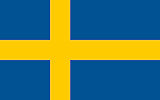
Es erscheint:1768
Chapman, Fredrik Henrik af <1721 - 1808>: Architectura Navalis Mercatoria. -- Stockholm, 1768. -- Enthält zahlreiche Pläne von Handelsschiffen, die der schwedische Schiffsbaumeister Chapman auf wissenschaftlichen und mathematischen Grundlagen ausgearbeitet hat.
Abb.: Zusammenstellung der im Buch behandelten Schiffstypen (a.a.O. Tafel LXII)
[Bildquelle: Wikipedia. -- Public domain]

Phraya Aphairanait, der künftige Rama I. (1736/37 - 1809) ist Kommandant einer siamesischen Einheit in Kambodscha und kämpft gegen kambodschanische Truppen in der Region Battambang (ក្រុងបាត់ដំបង) und Siem Reap (សៀមរាប). Er erfährt vom angeblichen Tod Taksins (tatsächlich erst 1782 gestorben) und zieht seine Truppen zurück.
Abb.: Lage von Battambang (ក្រុងបាត់ដំបង) und Siem Reap (សៀមរាប)[Bildquelle: OpenStreetMap. -- Creative Commons Lizenz (Namensnennung, share alike)]
1768-08-26 - 1771-07-13

Erste Südseeexpedition von Captain James Cook (1728 - 1779).
Abb.: Route der ersten Südseeexpedition von James Cook
[Bildquelle: C.lingg / Wikimedia. -- Creative Commons Lizenz (Namensnennung, share alike)]
1769
1769

Thaksin und Phraya Aphairanarit, der künftige Rama I. (1736/37 - 1809), unterjochen den Prinzen von Fang (ฝาง).
Abb.: Lage von Fang (ฝาง)[Bildquelle: OpenStreetMap. -- Creative Commons Lizenz (Namensnennung, share alike)]
1769-03-04

Der französische Missionar Jacques Corre M.E.P. (1734-1773) nimmt in Thonburi (ธนบุรี) die katholische Mission wieder auf. Corre war Priester in Ayuthaya gewesen und konnte vor den Birmanen nach Kambodscha fliehen. Corre schreibt über die kriegsbedingte Not:
"The food here was very dear. A measure of rice is sold at two and a half piastres. No worker, however laborious he was, could earn in one day enough to support himself and his family. What will become of the wife and children ?.... The Chinese, and even the Siamese, not being able to sustain their subsistence by hard work, turned towards the temples. The Siamese, in accordance with their beliefs, had buried immense sums of gold and silver in the statues. They found them in the head, in the chest, under the feet, and especially in the pagodas. You could not imagine the prodigious sums which our Siamese had kept for their return in the next generation......... They had found up to five jars of silver, and three bars of gold in one pagoda alone. Nobody would spare the trouble to break the statue to pieces. Thus, thanks to the industry and passion of the Chinese for money,.... Gold is so common that people gamble them away in heaps, it is sold at eight carats. The temples became ovens where people melted the statues for brass and copper. The pavements are much blacker than our chimneys, covered with charcoal and pieces of copper. The capital of Siam, the temples and their neighbourhoods, including our seminary and the Portuguese settlement, are just like working fields ..."It is not possible to obtain anything here if no present was made. It is against all customs, and against Siamese well-being, to be present in front of a noble without having nothing to offer. A fine gun will please the pretender (Phya Tak). Ordinary guns with a sack of stone bullets, which are very much in demand, will do to have any business with the nobles. One would get land, patents and all sorts of assurances as one would wish for, if one has some presents."[Zitiert in: Manich Jumsai [มานิจ ชุมสาย] <1908 - 2009>: Popular history of Thailand. -- Bangkok : Chalermnit, 1972. -- S. 349f.]
1769-11-01

Der französische Missionar Jacques Corre M.E.P. (1734-1773) aus Thonburi (ธนบุรี) an Herrn le Fiscal in Malakka:
Der französische Missionar Jacques Corre M.E.P. (1734-1773) aus Thonburi (ธนบุรี) an das Hauptquartier der Missions Etrangères de Paris
"....The famine desolated this country. There are more people dead this year than during the time of the Burmese invasion. The real cause is that gold and silver in the temples are at last exhausted,''Last year, and even this year, the Chinese and the Siamese had no other occupation except to destroy the statues and the pagodas. The Chinese have made gold and silver jingle in Siam: it is because of their industry that we owe the prompt reestablishment of this country. If the Chinese were not so thirsty for gains, we would today have neither silver nor money in Siam. The Burmese had taken away everything; it is now the work of the Chinese to unearth the silver hidden underground and in the pagodas that we have all the commerce which are now being made every day. I was already back in Siam when the Chinese have destroyed Wat Phu Thai, that great pagoda which is near to the seminary. They have found there enough gold to load three boats. In the temples of the Priest-King, Wat Padu, they have found up to five jars of silver, and also in other wats according to proportion.
"They made war on brass and copper statues, even those of bronze were not exempted. The doors, windows, the pillars, all the wood of the temples are materials which they had melted in order to squeeze brass out of them in great masses.
"The pitiful state to which the temples have been reduced could not be said to be better than the picture of our ovens. The walls are entirely pitch-black, the paved floor covered with charcoal and broken bits of Buddha statues."[Zitiert in: Manich Jumsai [มานิจ ชุมสาย] <1908 - 2009>: Popular history of Thailand. -- Bangkok : Chalermnit, 1972. -- S. 350ff.]
"On my arrival in the kingdom of Siam, I found the inhabitants who had escaped from the fury of the Burmese reduced to a state of extreme misery. It looks as though all the elements were armed to chastise us. The rains did not fall according to the season. One had sown three times in vain. The insects did not wait for the rice to be ripe; they laid waste under the ground, ate up the roots of all sorts of grains. The thieves and criminals are to be found everywhere, so much so that people could not risk to travel without arms."I arrived in Bangkok, with three students and one converted Siamese, on the fourth of March of this month. I found not far from the fortress on the other side of the canal a Christian community of about 100 persons. Their condition was quite capable of rousing our pity and zeal. I said nothing about their temporal misery, but their spiritual misery was great.
"The majority of them do not even come to our mass. Among them is the same trend of life as with other common people. The young girls, who had escaped the enemy, are now fallen into the hands of the Chinese. They are dispersed about everywhere, living at the mercy of those who gave them rice to eat. Those whose wives have been taken away by the enemy have now taken other wives. The women are no longer ashamed. When I explain to them their duty, and recall their first promises, I receive by way of reply that it is the need which forces them to do so; but our Lord has taken the matter in hand. The sudden deaths had taught them to love Him more than a mouthful of rice. As a great number lives badly, I have endured up to now not to alienate the feelings of our Portuguese middleclass men "[Zitiert in: Manich Jumsai [มานิจ ชุมสาย] <1908 - 2009>: Popular history of Thailand. -- Bangkok : Chalermnit, 1972. -- S. 352f.]
1770
1770 - 1802
Tây-Sơn-Rebellion (西山) in Annam.1770
Abb.: Kaiser Quang Trung (光中皇帝)
[Bildquelle: Wikipedia. -- Public domain]
Abb.: Kaiserliches Siegel der Tây Sơn (西山)
[Bildquelle: Bình Giang / Wikipedia. -- Public domain]
Abb.: Lage von Qui Nhơn (歸仁)[Bildquelle: OpenStreetMap. -- Creative Commons Lizenz (Namensnennung, share alike)]
"The name of Tây Sơn (西山) is used in many ways to refer to the period of peasant rebellions and decentralized dynasties established between the eras of the Later Lê (後黎朝) and Nguyễn (阮朝) dynasties in the history of Vietnam between 1770 and 1802. The name Tây Sơn is used to refer to the leaders of this revolt (the Tây Sơn brothers), their uprising (the Tây Sơn Uprising) or their rule (the Tây Sơn Dynasty or Nguyễn Tây Sơn Dynasty).[1]Background
During the 18th century, Vietnam was under the nominal rule of the officially-revered, but politically-ignored Lê Dynasty. Real power was in the hands of two warring feudal families, the Trịnh Lords (主鄭) of the north who controlled and ruled from the imperial court in Hanoi and the Nguyễn Lords in the south, who ruled from their capital Huế (順化市). Both sides fought each other for control of the nation, while claiming to be loyal to the king.Life for the peasant farmers was difficult. Ownership of land became more concentrated in the hands of a few landlords as time passed. The Mandarin bureaucracy was oppressive and often corrupt; at one point, royal-sanctioned degrees were up for sale for whoever was wealthy enough to purchase them. In contrast to the people, the ruling lords lived lavish lifestyles in huge palaces.
The decades-long war between the Trịnh and the Nguyễn (鄭阮紛爭) had ended in 1673, and life for the northern peasants was fairly peaceful. However, the Nguyễn Lords engaged in a regular series of wars with the weak Khmer Empire, and later, the fairly strong state of Siam. While the Nguyễn usually won, and despite the fact that the new lands they conquered offered new opportunities for the landless poor, the frequent wars took a toll on their popularity.
Conquest of the NguyễnIn 1769, the new king of Siam, King Taksin (สมเด็จพระเจ้าตากสินมหาราช), launched a war to regain control of Cambodia. The war generally went against the Nguyễn and they were forced to abandon some of the newly conquered lands. This failure, coupled with heavy taxes and corruption at the local level, caused three brothers from the village of Tây Sơn to begin a revolt against Lord Nguyễn Phúc Thuần (阮福淳).The Tây Sơn brothers styled themselves as champions of the people. Over the next year, the revolt gained traction and they won some battles against the Nguyễn army units sent to crush their rebellion. The Tây Sơn had a great deal of popular support, not only from the poor farmers, but from some of the indigenous highland tribes. The leader of the three brothers, Nguyễn Huệ (阮惠), was also a very skilled military leader.
Nguyễn Huệ said that his goal was to end the people's oppression, reunite the country, and restore the power of the Lê emperor in Hanoi. The Tây Sơn also promised to remove corrupt officials and redistibute land.
In 1773 the Tây Sơn captured the port of Qui Nhơn (歸仁), where the merchants, who had suffered under restrictive laws put in place by the Nguyễn, gave the uprising financial support.
The Nguyễn, at last recognizing the serious scale of the revolt, made peace with the Siamese, giving up some land they had conquered in previous decades. However, their problems were compounded when Trịnh Sam chose to end the 100-year peace and exploit the turmoil in the south by sending his army to attack Phú Xuân (modern day Huế), the Nguyễn capital. The Trịnh army captured the city, forcing the Nguyễn to flee to Gia Định (嘉定, later called Saigon).
The Trịnh army continued to head south and the Tây Sơn army continued its conquest of other southern cities. The Nguyễn were unpopular at this time, and the forces against them were too powerful. In 1776, the Tây Sơn army captured the last Nguyễn stronghold of Gia Định and massacred the town's Han Chinese population.[2] The entire Nguyễn family was killed at the end of the siege, except for one nephew, Nguyễn Ánh, who managed to escape to Siam.
While they said they wanted to restore power to the Lê, one of the brothers, Nguyễn Nhạc, proclaimed himself Emperor in 1778. A conflict with the Trịnh was thus unavoidable.
Conquest of the TrịnhThe Tây Sơn spent the next decade consolidating their control over the former Nguyễn territory. Nguyễn Ánh proved to be a stubborn enemy. He convinced the King of Siam, P'ya Taksin, to invade Vietnam in support of him. The Siamese army attacked in 1780, but in several years of warfare, it was unable to defeat the Tây Sơn army, as gains were followed by losses. In 1782, the Siamese king was killed in a revolt, and less than a year later, Nguyễn Ánh's forces were driven out of Vietnam.
Having vanquished the Nguyễn for the time being, Nguyễn Huệ decided to destroy the power of the Trịnh. He marched north at the head of a large army in 1786, and after a short campaign, defeated the Trịnh army. The Trịnh were also unpopular and the Tây Sơn army seemed invincible. The Trịnh clan fled north into China. Huệ married Lê Ngọc Hân, the daughter of the nominal Lê Emperor, Lê Hiển Tông.
Defeat of Qing ChinaA few months later, realising that his hope of retaining power had gone, the Lê Emperor fled north to China, where he formally petitioned the Qing Emperor Qianlong (乾隆帝,Vietnamese:Càn Long) for aid. Qianlong agreed to restore Lê Chiêu Thống to power, and so in 1788, a large Qing army marched south into Vietnam and captured the capital Thăng Long.
Nguyễn Huệ gathered a new army and prepared to fight the Qing army. He addressed his troops before the battle saying:
In a surprise attack, while the Qing army was celebrating the Lunar New Year, Nguyễn Huệ's army defeated them at the Battle of Đống Đa and forced them, along with Lê Chiêu Thống, to flee to China. Even though Nguyễn Huệ won the battle, he eventually submitted himself as vassal of the Qing Empire and agreed to pay tribute annually.The Qing have invaded our country and occupied the capital city, Thăng Long. In our history, the Trưng Sisters (徵) fought against the Han (漢朝), Đinh Tiên Hoàng(丁環) against the Song (宋朝), Trần Hưng Đạo (陳興道) against the Yuan (元朝), and Lê Lợi (黎利) against the Ming (明朝). These heroes did not resign themselves to standing by and seeing the invaders plunder our country; they inspired the people to fight for a just cause and drive out the aggressors... The Qing (清朝), forgetting what happened to the Song, Yuan and Ming, have invaded our country. We are going to drive them out of our territory.
Emperor Quang TrungNguyễn Huệ was now in control of a united Vietnam, more than twice as large than before. He took the title of Emperor under the reign name Quang Trung. He distributed land to poor peasants, encouraged hitherto suppressed artisans, allowed religious freedom, re-opened Vietnam to international trade, and replaced Classical Chinese with a Vietnamese vernacular written with Chinese characters (𡦂喃), as the official language.
The ambitious character of Quang Trung is legendary in Vietnamese history. He ordered the melting of Vietnamese coins to make cannons, and hoped to seize the Chinese provinces of Guangxi and Guangdong.[2] Several stories tell of his ambitious plans and indirect challenge to Qianlong. Quang Trung even proposed to marry one of Qianlong's daughters, an indication of his intention to claim Chinese territory.
In early 1792, Quang Trung planned the final assault on the remaining base of Nguyễn Ánh's around Saigon, both by sea and land. While waiting for the seasonal winds to change direction into a tailwind to propel his navy, he suddenly collapsed and died of unknown causes at the age of 40. Many Vietnamese believe that if he had ruled for another ten years, the fate of the country would have been significantly different.
Decline and fallAfter Emperor Quang Trung's death, his son Quang Toan was enthroned as Emperor Cảnh Thịnh at the age of ten. However, the real power was in the hands of his uncle Bui Dac Tuyen, who enacted a massive political purge. Many who served under Quang Trung were executed, while others became discouraged and left the regime, considerably weakening the Tây Sơn. This paved the way for Nguyễn Ánh to capture the entire country within 10 years, with the help of French military adventurers enlisted by French bishop Pigneau de Behaine. In 1800, Nguyễn Ánh occupied Quy Nhon citadel. In 1801, he occupied Phú Xuân, forcing Quang Toan to flee to Thăng Long. In 1802, Anh besieged Thăng Long. Quang Toan escaped, but then was captured and executed, ending the dynasty after 24 years, and the Nguyễn, the last imperial dynasty of Vietnam, took over the country in 1802.
Further readingExternal links
- George Edson Dutton: The Tay Son Uprising: Society and Rebellion in Eighteenth-Century Vietnam. Honolulu 2006, ISBN 978-0-8248-2984-1
References
- The First Tet Offensive of 1789 By Spencer C. Tucker
- A Brief History of the Tay Son Movement (1771–1802) by George Dutton (1998) (gdutton@u.washington.edu)
[Quelle: http://en.wikipedia.org/wiki/T%C3%A2y_S%C6%A1n_Dynasty. -- Zugriff am 2011-11-26]
- Trần Trọng Kim (2005) (in Vietnamese). Việt Nam sử lược. Ho Chi Minh City: Ho Chi Minh City General Publishing House. p. 359.
- Owen, Norman G. (2005). The Emergence of Modern Southeast Asia. University of Hawaii Press. p. 113."

Phraya Yomarat, der zukünftige Rama I. (1736/37 - 1809) erhält den Ehrennamen Phraya Chakri (พระยาจักรี). Gemeinsam mit Taksin beginnt er Kambodscha zu unterjochen. Die Städte Banthaipet und Banphnom werden unterjocht.1770
König Taksin sendet Phraya Chakri (พระยาจักรี, 1736/37 - 1809) mit 15.000 Soldaten gegen das Königreich Ligor (ลิกอร์ = Nakhon Si Thammarat - ครศรีธรรมราช), das sich 1767 unabhängig erklärt hatte. König Musika von Ligor schlägt die Armee zurück. Daraufhin kommt Taksin mit einem weiteren Heer, unterwirft Ligor, und bringt König Musika (nun wieder Palat - พระปลัด - Nu) als Gefangenen nach Thonburi (กรุงธนบุรี).1770-01-28 - 1782-03-22
Abb.: Lage des Königreichs Ligor / von Herman Moll (gest. 1732)

1770-04-19 - 1770-08-22Frederick North, Lord North (1732 - 1792) ist Prime Minister Großbritanniens.

Lieutnant James Cook (1728 - 1779) nimmt Teile Ostaustraliens für die britische Krone in Besitz.
Abb.: James Cooks erste Weltreise (1768 - 1771)
[Bildquelle: Jon Platek / Wkikipedia. -- GNU FDLicense]
1770-07-07

Brief des französischen Missionars Jacques Corre M.E.P. (1734-1773) aus Thonburi (ธนบุรี):
"A few months after my return to Siam, I undertook a journey to the capital. I found there a lot of children reduced to the last degree of misery. During the famine we have 400 baptized. These children were, for the most part, sons of those whom the new king (Phya Tak [ตากสิน]) had brought from the provinces which he had just conquered. Their parents, people of Pitsanuloke [Phitsanulok - พิษณุโลก], Nakorn Rajsima [Nakhon Ratchasima - นครราชสีมา], had been made prisoners and taken down to people the capital, which since the war with the Burmese, had become almost deserted and the retreats of tigers and savage animals. "As these unfortunate people knew no means of earning their livelihood in their new home, they suffered the rigours of famine, without anybody coming to their help. To talk of religion to them in this state was to talk in vain; they only wanted to eat and nothing else; it was rice which they wanted for their children, and not the medicine; they would spare no railleries nor insults in store for us."
Abb.: Lage von Phitsanulok - พิษณุโลก und Nakhon Ratchasima - นครราชสีมา
[Bildquelle: Scottish Geographical Magazine, 1886]
[Zitiert in: Manich Jumsai [มานิจ ชุมสาย] <1908 - 2009>: Popular history of Thailand. -- Bangkok : Chalermnit, 1972. -- S. 353f.]
1771
1771 - 1785
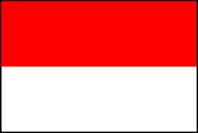
1771 - 1779Sultan Muhammad ist Sultan (سلطان) von Patani (ڤتاني)
Abb.: Lage des Sultanats von Patani (كراجأن ڤتاني)
[Bildquelle: Xufanc / Wikimedia. -- Creative Commons Lizenz (Namensnennung, share alike)]]

Go-Momozono (後桃園天皇, 1758 - 1779) ist Tenno (天皇) von Japan. Persönlicher Name: Hidehito (英仁).1771
Abb.: Go-Momozono (後桃園天皇)
[Bildquelle: Wikipedia. -- Public domain]


Kedah (قدح) wird von einer Piratenflotte von Bugis-Piraten angegriffen. Der Sultan wünscht Schutz durch europäische Truppen und Waffen. Er schlägt Captain Francis Light (1740 - 1894) vor, dass dessen Arbeitgeber, die Firma Jourdain, Sullivan & De Souza, die indische Söldnertruppen verleiht, den Hafen Kuala Kedah (كوالا قدح) verteidigt und betreibt gegen einen 50%igen Anteil am Handelsmonopol des Sultanns. Die Firma lehnt das Angebot ab. Daraufhin macht Light das Angebot der British Esat India Company in Madras.1771
Abb.: Lage von Kuala Kedah (كوالا قدح)
[Bildquelle: OpenStreetMap. -- Creative Commons Lizenz (Namensnennung, share alike)]

Der britische Ingenieur (u.a. Kanalbauer) John Smeaton (1724 - 1792) gründet die Society of Civil Engineers und begründet damit den Beruf des Civil Ingeneer (im Gegensatz zum militärischen Festungsbaumeister). Ausländische Civil Engineers werden in Siam ab Rama V. wichtig werden besonders im Kanalbau und Eisenbahnbau. Doch konnte sich die Regierung Siams zu keiner wirklich modernen Lösung des Kanalbaus entschließen.1771
Pioniere der Kanalbautechnik sind:
- James Brindley (1716 - 1772)
- John Smeaton (1724 - 1792)
- William Jessop (1745 - 1814)
- John Rennie (1761 - 1821)
- Thomas Telford (1757 - 1834)

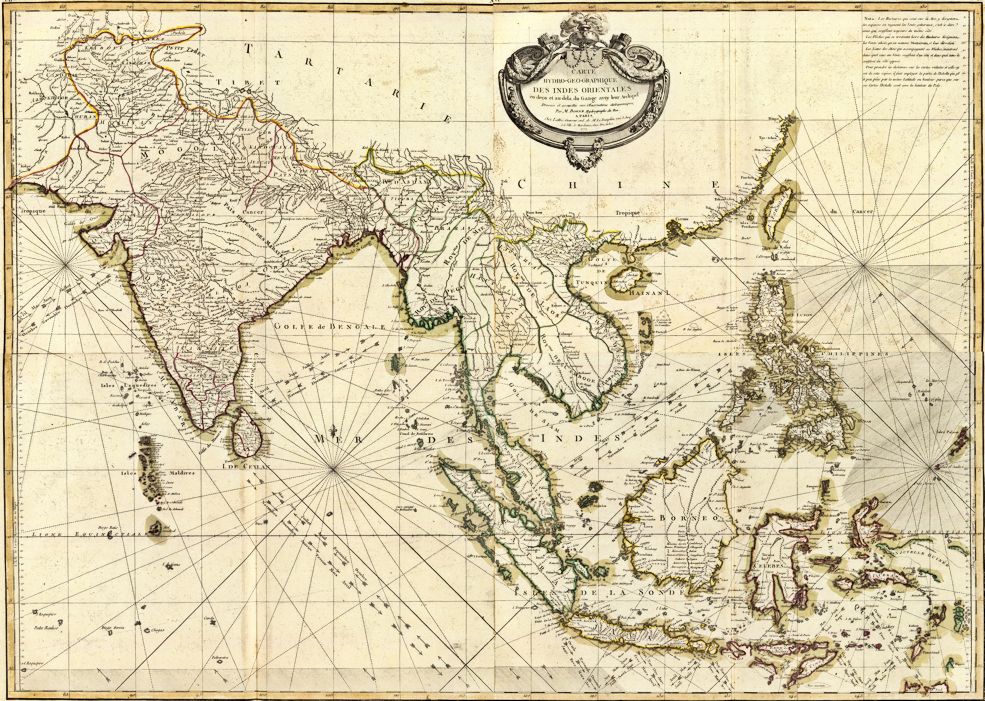
Abb.: Carte hydro-geo-graphique des Indes Orientales en deca et au dela du Gange avec leur archipel … / von Rigobert Bonne (1727–1795). -- Paris, 1771
[Bildquelle: Wikimedia. -- Public domain]
1772
1772

Captain Francis Light (1740 - 1794) schreibt an die British East India Company in Madras über Phuket (ภูเก็ต):1772
Francis Light trennt sich von der britischen Firma Jourdain, Sullivan & De Souza und erwirbt ein eigenes bewaffnetes Handelsschiff, die Blake. Mit ihr fährt er nach Phuket(ภูเก็ต). Dort trifft er James Scott (1746 - 1808). Die beiden bauen mit ihren Schiffen einen florierenden Handel nach Siam via Phuket auf:
"the laksamana [لقسامان] (sultan of [(قدح)]) constantly regretted the loss of this island and offered me 8,000 men when it was proposed ... to establish a settlement there."[Zitiert in: Mackay, Colin <1936 - >: A history of Phuket and the surrounding region. -- Bangkok : White Lotus, 2013. -- 438 S. : Ill. ; 25 cm. -- ISBN 978-974-480-195-1. -- S. 209]
Siam bezahlt mit
- Aus Indien bzw. Europa:
- Waffen
- Baumwollstoffe
- Opium
- indische Luxusartikel
- Aus Kedah (قدح)
- Reis
- Salz
- hauptsächlich Zinn
- Elefanten
- essbare Vogelnester (Nester der Salanganen Aerodramus spp.)
- Ambra (aus dem Verdauungstrakt von Pottwalen)
Abb.: Essbare Vogelnester
[Bildquelle: Rainer Zenz / Wikimedia. -- GNU FDLizenz]Bis zu seinem Tod 1794 liefer Light an Siam an Waffen mindestens:
Abb.: Echtes Ambra
[Bildquelle: Peter Kaminski. -- http://www.flickr.com/photos/peterkaminski/128588176/. -- Zugriff am 2015-02-15. -- Creative Commons Lizenz (Namensnennung)]
Scott un Light liefern auch an den Sultan von Kedah (قدح) Waffen, der wiederum einen Teil davon an Burma weiterliefert
- 8.372 Gewehre
- 50 Kanonen
- Viele Kanonenkugeln
- Große Mangen an Materialen zur Schießpulverherstellung
"Both Light and Scott seem to have enjoyed their bachelor lives in Asia. Despite living with Martina, Light seems to have been quite a philanderer and to have had lovers in other villages on Phuket [ภูเก็ต] and in many other ports he visited for trade. James Scott is estimated to have had at least eight children on Phuket Island alone and at least as many more around the region from second wives, bibis, slave girls and other encounters. Both men kept permanent cabins with ladies in other trade ports, such as Selangor [سلاڠور] in Malaya. When Light moved away from Phuket, first to Kedah [قدح] then to Penang, he received letters from several Phuket girls (now in his London letter collection) that have a very similar feel to some of the emails sent by the bar girls of Patong [ป่าตอง] today to their departed foreign lovers and clients. For example one lady signing herself as Chao Rat wrote to him: "This is to let you know that during your long absence I have been in great distress and I cannot find any happiness. I have been trying to make a living remaining faithful to you and I raise my hands in salutation to you every morning and every night when I lie down to sleep. Now I am like a nestling or a tiny fawn bereft of its mother. I have to hide myself away faithfully waiting for you ... I have had to use the articles you gave me to buy food at a high price. I had nothing left except my clothes and a robber stole all these."5215Another, Bun Chan, wrote to him soon after he left Thalang [ถลาง]:
"Formerly you used to come to Thalang frequently and [word illegible in letter] me then. You left some trade goods with me, five bolts of cloth, seventy cowries and three sacks of milled rice. Some of the money has been used to get the fields ploughed, some has been exchanged for other goods and the cloth has been bartered for rice to eat."Bun Chan also wrote again:
"I am thinking of you very much. I have not forgotten you. Although Captain Scott’s ship has been twice to Thalang I have received no news of you. If you are still unable to come to Thalang all well and good, but please send some things that are needed here. Please — two bolts of cloth white and black and opium as well."Another Thalang woman, called Bun Kaeo, wrote to him,
"It is my sad fate not to be connected with you anymore. It is not like when we used to gather flowers together. I am short of money these days. I have no clothes to wear, nor rice to eat. Please look after me and do not let me die."Chao Chipat, the wife of a clerk in his company who had died while Light was in Phuket, also wrote to him appealing for help and gifts. These last two letters, it should be recalled, were sent in the aftermath of the 1785 Burmese invasion of Phuket, when the islanders were desperate and starving to death.
After Martina moved with the family to Keddah, Light also bought himself a new wife in Thalang in Siamese style. Her name was Amdaeng Rat. She was the wife of Khun Thalakang, a minor government official who had pledged his wife as security to a Chinese moneylender called Wong for a debt. Such debt bondage was common practice. Siamese records with the Thalang Treasury Seal show that Light paid off the debt to Wong (six and half bahars [بـهـﺭ] of tin), giving him rights to Amdaeng Rat and she became his new wife on Phuket and they lived together whenever he was back in Thalang.
Light’s letters in London show he had become a friend of the Governor Phaya Pimon [พระยาพิมลอัยาขัน] and also apparently of Lady Chan [ท่านผู้หญิงจัน] and her daughters. This close friendship continued even after the death of her husband the governor Phaya Pimon. Mae Prang, one of Lady Chan’s daughters, was obviously quite taken with Light, as she wrote to him,
"I think unceasingly of you ... I think of you day and night for nobody troubles about me and my affairs ... I need two pieces of good quality flowered chintz and a bottle of rose water. I ask you for this out of your generosity."Light at some point must have lent her some money as she also wrote him a letter stating:
"I am very worried about the money that I have owed you for some time ... I was going to send you some things but the Farang Nylip [possibly Mr. Phillip, his interpreter] was in a great hurry and I could not get them ready in time. I have got ten melons for you.""[Quelle: Mackay, Colin <1936 - >: A history of Phuket and the surrounding region. -- Bangkok : White Lotus, 2013. -- 438 S. : Ill. ; 25 cm. -- ISBN 978-974-480-195-1. -- S. 213f.]
Phuket befreit sich von der Herrschaft (seit 1767) des Sultans von Kedah (قدح). Captain Francis Light (1740 - 1894) von der British East India Company berichtet:1772-07
Abb.: Lage von Junk Ceylon (Ujong Salan) /Phuket] (ภูเก็ต) und Kedah (قدح)
[Bildquelle: Scottish Geographical Magazine, 1886. -- Public domain]
"The islanders were inspired with the idea of liberating themselves, which they performed one night, at an annual assembly which the Siamese celebrated in honour of their Prophet. One of the islanders, unarmed, fought with a Malay armed with his creese [kris] or dagger. The islander conquered in spite of the creese and beat the Malay to a mummy. The chief of the Siamese represented to his people how shameful it was for them to behold themselves in subjection by people so much weaker than themselves. As it was necessary to be secret, only seventy chosen men were assembled in the dead of night. They attacked the Malayan town with fire and sword. The Laxamana [leader of the Malays], conceiving the whole island was raised against him, fled with his people in their prows. In the morning not a Malay was to be seen, they left their guns, tin, money and merchandise to the islanders and never dared to return."[Zitiert in: Mackay, Colin <1936 - >: A history of Phuket and the surrounding region. -- Bangkok : White Lotus, 2013. -- 438 S. : Ill. ; 25 cm. -- ISBN 978-974-480-195-1. -- S. 195f.]

Die britische East India Company steht am Rande des Bankrotts. Ihre Einkünfte sind wegen einer Hungersnot in Bengalen gefallen, trotzdem hat sie eine Dividende von 12,5% ausgeschüttet. Um den Konkurs zu vermeiden, beantragt man bei der Regierung eine Stundung von £203.000 an Zollschulden.1772-07-13 - 1775-07-30

Zweite Südseeexpedition von James Cook (1728 - 1779).
Abb.: Route der zweiten Südseeexpedition von James Cook
[Bildquelle: Jon Platek / Wikipedia. -- GNU FDLicense]
1773
1773

Phraya Chakri (พระยาจักรี), der zukünftige Rama I. (1736/37 - 1809) unterjocht Chiang Mai (ᨩ᩠ᨿᨦᩉ᩠ᨾᩲ᩵ / เชียงใหม่), Lampang (ลำปาง), Lamphun (ลำพูน) und Nan (น่าน).1773
Abb.: Lage von Chiang Mai (ᨩ᩠ᨿᨦᩉ᩠ᨾᩲ᩵ / เชียงใหม่), Lampang (ลำปาง), Lamphun (ลำพูน) und Nan (น่าน)
[Bildquelle: OpenStreetMap. -- Creative Commons Lizenz (Namensnennung, share alike)]


Phraya Chakri (พระยาจักรี), der zukünftige Rama I. (1736/37 - 1809) zieht mit seinen Truppen in einem Gewaltmarsch von Chiang Mai (ᨩ᩠ᨿᨦᩉ᩠ᨾᩲ᩵ / เชียงใหม่) nach Ratchaburi (ราชบุรี) und wehrt dort einen Angriff der Burmesen ab.1773
Abb.: Lage von Ratchaburi (ราชบุรี)
[Bildquelle: OpenStreetMap. -- Creative Commons Lizenz (Namensnennung, share alike)]

Die Waffenhändler Captain Francis Light (1740 - 1794) und James Scott (1746 - 1808) schließen mit dem Gouverneur von Phuket (ภูเก็ต), Phraya Pimon [พระยาพิมลอัยาขัน]einen Vorvertrag über die Übergabe Phukets an die British East India Company.1773
Abb.: Lage von Junk Ceylon (Ujong Salan) /Phuket] (ภูเก็ต)
[Bildquelle: Scottish Geographical Magazine, 1886. -- Public domain]James Scott (1746 - 1808) schreibt in einem Begleitbrief an die East India Company in Kalkutta:
"As early as 1773 Light and Scott formally agreed terms with governor Pimon [พระยาพิมลอัยาขัน] for the island to put itself under EIC [East India Company] protection without the consent of the new King Taksin [ตากสิน] in Thonburi. John Anderson, an early British government official in Penang, explained. "Mr. James Scott submitted ... an offer from the Native governor of the Island Named Pia Pimone, to transfer the island to the British government upon very advantageous terms."These terms were, as James Scott wrote to the EIC council in 1773, that,
"If the English would take on them the sovereignty of the island of Jangsylan and send a force to resist any future attempts from Siam, he [Phaya Pimon] will deliver them the peaceable possession of the island on the following terms."These terms are recorded in a contract in Lights letter collection in London and signed by Phaya Pimon. The main clauses of this takeover agreement were:
Phaya Pimon showed his trust in Light and Scott by signing the agreement that also states
- "That all debts to the king of Siam by the islanders be cancelled forever."
- "That the slavery of the people arising from their being considered as slaves of the king be abolished and everyone be entitled to the product of his labours."
- "That private property remain unchanged and debts due from inhabitants be recoverable as before."
- "That the arrack and gambling farms be, at least for a time, abolished (i.e. no more huge taxes on residents’ drinking and gambling habits)."
- There is also a clause that the EIC would buy tin for 25 percent more than the Siamese king, that is at four dollars a measure instead of the three dollars the king's agents paid at that time and that the EIC would be allowed a 5 percent tax on imports.
"Everything else he [Phaya Pimon] trusts to the wisdom and consideration of the company [the EIC] and hopes they will be speedy in sending him an answer as the existence of himself and family will depend on the protection he may receive from them.""[Quelle: Mackay, Colin <1936 - >: A history of Phuket and the surrounding region. -- Bangkok : White Lotus, 2013. -- 438 S. : Ill. ; 25 cm. -- ISBN 978-974-480-195-1. -- S. 217]
"There would be wanted to secure this island during the first few years of possession: 500 sepoys [सिपाही] [British-trained Indian troops] and 100 Europeans, artillery included, with 6 months provisions, a double proportion of light field pieces and great guns for two small forts, a complete set of artificers, 5,000 gunny bags [for sandbags] should it at any time be requisite to throw up a fort in haste on the lands of Popra ... your marine should be two small snows [two-masted merchant vessels], two long boats and two row galleys armed thus: the Snows to carry 10-12 four or three pounder Guns, with one cannonade in the bows for throwing grape and canister. The Long Boat about 10-15 tons, decks fitted for carrying 10 swivels one bow gun and one cannonade with blunderbusses on swivel sticks. The two snows, unless judged necessary to keep up a communication with India, might be dispensed with on the second year if Siam remained quiet.""As the natives of Salang [Talang - ถลาง]] have long groaned under a severe despotism, where flogging is a trade regularly learnt, they would be so fully sensible of their charge that their loyalty might be depended upon."[Zitiert in: Mackay, Colin <1936 - >: A history of Phuket and the surrounding region. -- Bangkok : White Lotus, 2013. -- 438 S. : Ill. ; 25 cm. -- ISBN 978-974-480-195-1. -- S. 218]

Regulating Act of 1773: Großbritannien verstärkt die staatliche Kontrolle über die East India Company.1773-05-10

Britischer Tea Act: um der in schweren finanziellen Nöten steckenden East India Company (EIC) zu helfen (die EIC war "to big to fail"), erhält die EIC das Recht, Tee direkt nach Amerika zu verschiffen und Tee zollfrei aus ihren Lagern in Britannien zu exportieren. Der Tea Act führt zur Boston Tea Party und damit letztlich zur Unabhängigkeit der USA.1773-12-16


"Boston Tea Party", ein Meilenstein im Unabhängigkeitskampf Amerikas gegen Großbritannien.
Abb.: Boston Tea Party
[Bildquelle: W.D. Cooper, 1789 / Wikipedia. -- Public domain]
1774
1774

Die Fürsten von Lan Na (ᩋᩣᨱᩣᨧᩢᨠᩕᩃ᩶ᩣ᩠ᨶᨶᩣ / ล้านนา schwören dem König Siams, Taksin von Thonburi (สมเด็จพระเจ้ากรุงธนบุรี, 1734 - 1782), Gefolgschaft.1774


Phraya Chakri (พระยาจักรี), der zukünftige Rama I. (1736/37 - 1809) zieht mit seinen Truppen wieder nach Chiang Mai (ᨩ᩠ᨿᨦᩉ᩠ᨾᩲ᩵ / เชียงใหม่), um einen Angriff der Burmesen abzuwehren. Als die Burmesen vom Feldzug Phraya Chakris erfahren, ziehen sie sich zurück und es kommt zu keiner Schlacht.1774


Die Burmesen unterjochen Phitsanulok (พิษณุโลก). Die Truppen unter Phraya Chakri (พระยาจักรี), dem zukünftigen Rama I. (1736/37 - 1809), können der Belagerung durch die Burmesen nicht standhalten und ziehen sich nach Phetchabun (เพชรบูรณ์) zurück. Phraya Chakri trifft sich mit dem birmanischen Kommandanten Asaewunki.1774/1775
Abb.: Lage von Phitsanulok (พิษณุโลก) und Phetchabun (เพชรบูรณ์)
[Bildquelle: OpenStreetMap. -- Creative Commons Lizenz (Namensnennung, share alike)]

Der britische Captain Thomas Forrest (1729? - 1802) ist auf einer Erkundungsreise für di3 British East India Company kurze Zeit auf Phuket (ภูเก็ต):ca. 1774
"The government takes 25% before the tin can be exported. This gives so much dissatisfaction that they [the people of Phuket] wish to throw off their dependence on Siam and it is said that if Pee Piemon [Phaya Pimon, the governor] [พระยาพิมลอัยาขัน] could get support he would readily do it. How far his having those associates in government might prevent such an attempt I cannot say, possibly their appointment is with that very intention by the despots of Siam."[Zitiert in: Mackay, Colin <1936 - >: A history of Phuket and the surrounding region. -- Bangkok : White Lotus, 2013. -- 438 S. : Ill. ; 25 cm. -- ISBN 978-974-480-195-1. -- S. 217]

Der britische Captain Francis Light (1740 - 1894) kommt nach Thonburi und verkauft König Taksin 1.862 Gewehre zu einem fairen Preis. Taksin verleiht ihm darum den Titel Luang Yortawud หลวงยอดอาวุธ, "Edler der besten Waffe").1774

Der seit 1689 bestehende Schiff-Versicherer Lloyd wird zur The Society of LLoyd. Sitz ist die London Exchange. Bisheriger Sitz war Lloyd's Coffe House.1774

Der französische Apotheker Alexis Duchateau (1714 - 1792) stellte zusammen mit dem französischen Zahnarzt Nicolas Dubois de Chémant (1753 - 1824) die ersten Porzellanzähne her. König Rama IV. wird dringend Zahnersatz brauchen.1774-05-10 - 1792-09-21
Abb.: Zahnersatz im Straßenverkauf, Bangkok, 2010
[Bildquelle: crosby_cj.. -- http://www.flickr.com/photos/8616275@N06/4653705548. -- Zugriff am 2013-09-27. -- Creative Commons Lizenz (Namensnennung, keine kommerzielle Nutzung, keine Bearbeitung)]

Louis XVI. (1754 - 1793) ist König Frankreichs.
Abb.: Louis XVI. 1776
[Bildquelle: Joseph-Siffred Duplessis (1725 - 1802) / Wikipedia. -- Public domain]
1774-10-20 - 1785-02-01

Warren Hastings (1732 - 1818) ist Governor-General of the Presidency of Fort William (Kolkata, Bengal, Indien)
Abb.: Satirical print, Warren Hastings hanged by the efforts of his own political agent John Scott / von James Gillray, 1787
[Bildquelle: Wikimedia. -- Public domain]
1775
1775 - 1794
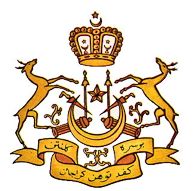
1775 - 1782Raja Long Yunus Bin Raja Long Sulaiman ist Sultan (سلطان) Kelantan (كلنتن)
Abb.: Lage von Kelantan (كلنتن)
[Bildquelle: Constables Hand Atlas of India, 1893. -- Pl. 59]
"Raja Long Yunus Bin Raja Long Sulaiman. [Quelle: http://en.wikipedia.org/wiki/Sultan_of_Kelantan. -- Zugriff am 2015-02-28]
- Expelled Long Muhammad and became Raja of Kelantan at Fort Kubang Labu, before 12 July 1763.
- Became Raja and Yang di-Pertuan of Kelantan, 1776.
- Installed as Yang di-Pertuan Muda of Kelantan by his father-in-law Sultan Mansur Shah I of Terengganu, 1793.
- Married (first) before 1741, Tuan Encik Jumat, Inche' Puan Balai Dua, daughter of Engku Tanang Wangsa, of Trengganu, by his wife, Che' Milah, daughter of Kanda Abu.
- Married (second) ca. 1793, Inche' Encik Tuan Nawi, seventh daughter of Sultan Mansur Riayat Shah I ibni al-Marhum Sultan Zainal Abidin, Sultan and Yang di-Pertuan Besar of Terengganu."

First Anglo-Maratha War zwischen der britischen Ostindienkompanie und dem indischen Marathenreich.1775 - 1881
Phaya Kawila (พญากาวิละ, 1742 - 1816) ist Fürst von Lampang (ลำปาง)1775
Abb.: Lage von Lampang (ลำปาง)
[Bildquelle: CIA. -- Public domain]

Phraya Chakri (พระยาจักรี), der zukünftige Rama I. (1736/37 - 1809), unterjocht Südlaos: Champasak (ຈໍາປາສັກ) , Sithadon, Attapeu (ອັດຕະປື) sowie eine Anzahl kleiner Städte Nordkambodschas.
Abb.: Lage von Champasak (ຈໍາປາສັກ) und Attapeu (ອັດຕະປື)
[Bildquelle: OpenStreetMap. -- Creative Commons Lizenz (Namensnennung, share alike)]
1776
1776 - 1780

Bischof Olivier-Simon Le Bon (1710 - 1780) ist katholischer Apostolischer Vikar für Siam.1776-03-09

Es erscheint:
Smith, Adam <1723 - 1790>: An Inquiry into the Nature and Causes of the Wealth of Nations. -- London : W. Strahan and T. Cadell, 1776. -- 2 Bde.Es ist das Hauptwerk des Wirtschaftsliberalismus.
Abb.: Titelblatt
Abb.: Warnhinweis
[Bildquelle: http://www.abovetopsecret.com/forum/thread942893/pg1. -- Zugriff am 2013-045-26. -- Creative Commons Lizenz (Namensnennung, keien kommerzielle Nutzung, share alike)]
1776-06-10 - 1782-02-05

Singu Min (စဉ့်ကူးမင်း, 1756 - 1782) ist König von Burma.
1776-07-04

1776-07-12 - 1780-10-04Die 13 nordamerikanischen Kolonien Großbritanniens billigen die Unabhängigkeitserklärung. Damit sind die Vereinigten Staaten von Amerika gegründet.
Abb.: Die 13 Kolonien
[Public domain]
Abb.: Unabhängigkeitserklärung der USA, 1776-07-04
[Bildquelle: Wikipedia. -- Public domain]

Dritte Südseeexpedition von James Cook (1728 - 1779).
Abb.: Route der dritten Südseeexp3edition von James Cook (rot), blau: Route nach Cooks Tod 1779-02-14
1777
1777

Der zukünftige Rama I. (1736/37 - 1809) unterjocht Vientiane (ວຽງຈັນ) und Luang Prabang (ຫຼວງພະບາງ).
Abb.: Lage von Vientiane (ວຽງຈັນ) und Luang Prabang (ຫຼວງພະບາງ)[Bildquelle: OpenStreetMap. -- Creative Commons Lizenz (Namensnennung, share alike)]
1777

Der Brite Samuel Miller erhält das Patent auf die von ihm erfundene Kreissäge. Eine Kreissäge wird 1813 auch von der US Shaker-Frau Tabitha Babbitt (1784 - 1853) erfunden. Ihr Glaube verbietet ihr, diese patentieren zu lassen.
Abb.: Kreissäge, um 1870
1777-02-24 - 1816-03-20

Maria Francisca Isabel Josefa Antónia Gertrudes Rita Joana de Bragança (1734 - 1816) ist Königin von Portugal und den Algarven (ab 1815-12-16: Rainha do Reino Unido de Portugal, Brasil e Algarves - Königin des Vereinigten Königreichs Portugal, Brasilien und den Algarven)
Abb.: Maria Francisca Isabel Josefa Antónia Gertrudes Rita Joana de Bragança, Rainha de Portugal / von José Leandro de Carvalho, 1808
[Bildquelle. Wikimedia. -- Public domain]
1778
1778

König Taksin unterwirft Champassak (ຈໍາປາສັກ) und macht es Siam tributpflichtig.
Abb.: Lage von Champassak (ຈໍາປາສັກ)
[Bildquelle: Infernoapple / Wikipedia. -- GNU FDLicense]
1778

Chao Phraya Maha Chakri (เจ้าพระยามหาจักรี) versucht das Buddhabildnis Luang Pho Phra Sai (หลวงพ่อพระใส) aus Vientiane (ວຽງຈັນ) rauben. Bei der Überfahrt über den Mekong (ແມ່ນ້ຳຂອງ / แม่น้ำโขง) stürzt das Bild in den Fluss und taucht wunderbarerweise wieder auf. Daraufhin kommt es ins Wat Pho Chai (วัดโพธิ์ชัย) in Nong Khai (นองคาย).
Abb.: Lage von Nong Khai (นองคาย)
[Bildquelle: OpenStreetMap. -- Creative Commons Lizenz (Namensnennung, share alike)]
Abb.: Luang Pho Phra Sai (หลวงพ่อพระใส), 1980
[Bildquelle: Joe Coyle. -- http://www.flickr.com/photos/18862930@N00/2990912473. -- Zugriff am 2013-06-27. -- Creative Commons Lizenz (Namensnennung, keine kommerzielle Nutzung)]
1778-02-06


Freundschafts- und Handelsvertrag zwischen Frankreich und den USA.
1778-06


1778-11-01 - 1779-01-04Großbritannien reagiert auf den Vertrag Frankreich-USA mit einem Seekrieg gegen Frankreich im Atlantik.

Der deutsche Botaniker bei der britischen Honourable East India Company Johann Gerhard König (1728 - 1785) bereist Siam. Sein Bericht:
Koenig, J. G. (Johann Gerhard) <1728 - 1785>: Journal of a voyage from India to Siam and Malacca in 1779. -- In: Journal of the Straits Branch of the Royal Asiatic Society. -- 26 (1894). -- S. 124 - 157.Darin berichtet König u.a. über verschiedene Zuckerrohrsorten in Siam sowie den Besuch einer Zuckerrohrpflanzung in der Nähe Bangkoks.
1879 besucht er Phuket (ภูเก็ต), wo er die siamesischen Feindseligkeiten wegen Captain Francis Light (1740 - 1794) und James Scott (1746 - 1808) erlebt, die zum Abfall Phukets an die British East India Company von Siam tätig sind.
"When the botanist, Dr. Koening, arrived on Phuket (ภูเก็ต) in 1779, he was warned to stay on the boat and not to take a house in Thalang because "the atmosphere on land was rather unsafe for Europeans during the last days on account of some quarrels between some English captains and the king. I was therefore called back to the ship."[Zitiert in: Mackay, Colin <1936 - >: A history of Phuket and the surrounding region. -- Bangkok : White Lotus, 2013. -- 438 S. : Ill. ; 25 cm. -- ISBN 978-974-480-195-1. -- S. 218]
1779
1779

König Taksin unterwirft Vientiane (ວຽງຈັນ) und macht es Siam tributpflichtig. Er raubt die beiden staatlichen Kultbilder Phra Bang (ພະບາງ) und Phra Keo (พระแก้ว) und bringt sie nach Thonburi.
Abb.: Lage von Vientiane (ວຽງຈັນ)
[Bildquelle: Infernoapple / Wikipedia. -- GNU FDLicense]
"Das Buddhabildnis Phra Bang (auch Pra Bang, Prabang, Phrabang, Phabang, Pha Bang; „Königliches Buddhabildnis, das Leiden auflöst“; Lao: ພະບາງ) ist das wichtigste buddhistische Bildnis in Laos.Die Statue ist 83 cm hoch und stellt einen stehenden Buddha dar, deren Handflächen nach vorne weisen. Sie besteht aus mit Blattgold überzogener Bronze und soll gemäß der Überlieferung ursprünglich zwischen dem 1. und 9. Jahrhundert in Ceylon gegossen worden sein. Die Details der Figur verraten aber eine sehr viel spätere Arbeit aus der Khmer-Zeit. Das Phra Bang kam 1353 aus Angkor nach Luang Phrabang und sollte zur Verbreitung des Theravada-Buddhismus im Königreich beitragen. 1359 überließ der Khmer-König die Statue seinem Schwiegersohn Fa Ngum, dem ersten König von Lan Chang. Die erste Hauptstadt des Reiches ist nach dem Bildnis benannt: Luang Phrabang.
Lange wurde das Phra Bang als ein Symbol für den rechtmäßigen Regenten des Landes angesehen, denn nur eine lobenswerte und gerechte Herrschaft verdient, das Bildnis beschützen zu dürfen. 1778 drangen die Siamesen unter König Taksin (reg. 1769-1782) in Laos ein und brachten Phra Bang nach Thonburi, der seinerzeitigen Hauptstadt von Siam. Nach politischen Unruhen und anderen Unglücken wurde das Bildnis 1782 unter König Rama I. (reg. 1782 bis 1809) nach Luang Phrabang zurückgeschafft. 1828 nahmen die Siamesen im Verlauf einer Strafaktion gegen Vientiane auf Befehl von König Rama III. das Bildnis erneut in Besitz, und erst König Rama IV. (Mongkut) ließ es 1867 nach Luang Phrabang zurückbringen, nachdem man ähnliche politische Unruhen wie 80 Jahre vorher erlebt hatte.
Für Phra Bang wird ein neuer Tempel erbaut, der die Statue beherbergen soll. Bis dahin befindet sie sich im Königlichen Palastmuseum. Am dritten Tag nach dem laotischen Neujahrstag wird die Statue in einer Prozession zum Wat Mai gebracht, wo sie von gläubigen Buddhisten rituell gewaschen wird."
[Quelle: http://de.wikipedia.org/wiki/Phra_Bang. -- Zugriff am 2011-10-15]

Abb.: Phra Kaeo - พระแก้ว, Bangkok
[Bildquelle: Venson Kuchipudi. -- http://www.flickr.com/photos/venson/2110490562/. -- Zugriff am 2011-10-15. -- Creative Commons Lizenz (Namensnennung, keine kommerzielle Nutzung)]
1779 - 1796
"Der Smaragd-Buddha (Thai พระแก้วมรกต - Phra Kaeo Morakot, offizieller Name พระพุทธมหามณีรัตนปฏิมากร - Phra Phuttha Maha Mani Ratana Patimakorn) ist das National-Heiligtum Thailands. Es handelt sich hier um die etwa 66 cm hohe Buddha-Statue (inkl. Thron), die im Tempel des Smaragd-Buddha (Wat Phra Kaeo oder offiziell: Wat Phra Si Rattana Sadsadaram) in Bangkok verehrt wird. Er ist nicht – wie etwa der Name oder die Farbe suggerieren mag – aus Smaragd, sondern aus Jade hergestellt.Er sitzt in der sog. indischen oder heroischen Pose (virasana): seine Beine sind verschränkt, das rechte liegt oben auf dem linken. Seine Handhaltung wird Samadhi-Mudra, also Meditations-Handhaltung genannt: die rechte Hand liegt locker auf der linken im Schoß, die Handflächen nach oben gerichtet. (Siehe auch: Buddha-Statue (Thailand))
Der Smaragd-Buddha besitzt drei verschiedene Gewänder, die vom König oder einem prinzlichen Stellvertreter dreimal im Jahr in einer feierlichen Zeremonie gewechselt werden. Die Gewänder sind dem Wetter der jeweiligen Jahreszeit angepasst: es gibt ein Gewand für die Heiße Jahreszeit (Thai: ฤดูร้อน), eins für die Kühle Jahreszeit (ฤดูหนาว) und eins für die Regenzeit (ฤดูฝน).
In Thailand werden manchen Buddha-Statuen magische Kräfte zugeschrieben, so auch dem Smaragd-Buddha. Es wird gesagt, er bringe Legitimität und Wohlstand demjenigen, der ihn besitzt. Er soll auch Epidemien abwenden.
Die LegendeEiner märchenhaften Legende nach soll der Smaragd-Buddha im Auftrag eines indischen Mönches von den (Hindu-)Göttern Indra und Vishnu mit Hilfe der Dämonen des BergesVelu erschaffen worden sein. Erst nach einer Odyssee über Sri Lanka, Java, Myanmar und Angkor soll der Smaragd-Buddha Jahrhunderte später nach Thailand gelangt sein.
Chiang RaiEine alte Chronik beschreibt, wie der Smaragd-Buddha "entdeckt" wurde. Während eines Gewitters im Jahre 1434 A.D. schlug der Blitz in eine Chedi ein, die sich in einem Tempel in Chiang Rai (Nord-Thailand) befand. Die Chedi zerbarst und unter den Trümmern fand man eine Buddha-Figur, die mit vergoldetem Stuck bedeckt war. Sie wurde zum Abt gebracht, der nach einiger Zeit bemerkte, dass der Stuck an der Nase abblätterte. Darunter glänzte es grün. Als der Stuck vollständig entfernt worden war, kam die Figur des Smaragd-Buddha zum Vorschein. Die Menschen strömten in den Tempel in Chiang Rai, der nach ihm "Wat Phra Kaeo" genannt wurde, und verehrten die Buddha-Statue, so dass sie eine große Berühmtheit erlangte.
Chiang MaiKönig Sam Fang Kaen von Chiang Mai hörte vom Smaragd-Buddha und befahl, dass er in seine Hauptstadt Chiang Mai gebracht werde. Aber als der Elefant, der die Buddha-Figur trug, kurz vor Chiang Mai an die Abzweigung nach Lampang gelangte, wollte er sich nicht dazu überreden lassen, die kostbare Fracht zum ursprünglichen Bestimmungsort zu bringen. Er bog statt dessen in die Straße nach Lampang ein. Auch zwei weitere "Ersatz"-Elefanten verhielten sich ebenso. Der König sah das als Omen an, und so verbrachte der Smaragd-Buddha die nächsten 32 Jahre im Wat Phra Kaeo Don Thao in Lampang.
Als König Tilokarat an die Macht kam, befahl er im Jahre 1468 A.D., dass der Smaragd-Buddha von Lampang nach Chiang Mai gebracht werden soll. Er erhielt ein neues Heim in der östliche Nische der großen Chedi im Wat Chedi Luang. Hier blieb er 83 Jahre lang.
LaosAls im Jahre 1551 der König von Chiang Mai starb, hatte er keine Söhne, die er als Thronerbe einsetzen konnte. Eine seiner Töchter jedoch war mit dem König von Luang Prabang (Lan Chang in Nord-Laos) verheiratet. Sie hatte einen Sohn, Prinz Chaiyachet. Dieser Prinz wurde nun "eingeladen", neuer König von Chiang Mai zu werden, was er gerne annahm. Er bekam den königlichen Namen Chao Chayasettathirat. Kurze Zeit später starb sein Vater, der König von Luang Prabang. König Chaiyasettathirat wollte dem Begräbnis beiwohnen, hatte aber Angst, anschließend nicht mehr nach Chiang Mai eingelassen zu werden. So nahm er kurzerhand den Smaragd-Buddha mit auf die Reise. Doch es ergab sich, dass er länger in Luang Prabang blieb als geplant, so dass die Honoratioren von Chiang Mai nach drei Jahren einen anderen König ernannten.
Als die Burmesen im Jahre 1564 unter der Leitung von König Bayinnaung dazu ansetzten, Luang Prabang zu überrennen, verlegte König Chaiyasettathirat seine Hauptstadt nach Vientiane. Den Smaragd-Buddha nahm er dabei natürlich mit. Er baute ihm dort einen neuen Tempel, den er Wat Phra Kaeo nannte. Der Smaragd-Buddha verbrachte die nächsten 214 Jahre in Vientiane.
BangkokIm Jahre 1778 – Ayutthaya war von den Burmesen zerstört worden und General Taksin hatte den kleinen Hafenort Thonburi zur neuen siamesischen Hauptstadt erklärt – gelang es Chao Phraya Chakri, Vientiane nach einer kurzen Belagerung einzunehmen. Dabei ist anzumerken, dass Chao Phraya ein Adelstitel ist, und Chakri ein militärischer Rang, etwa einem General entsprechend. Der bürgerliche Name des Chao Phya Chakri war Thong Duan. Geboren im Jahre 1737 war er ein Nachkomme einer wohlhabenden Familie aus Ayutthaya mit Verbindungen zu den einflussreichsten Clans des alten Siam. Seine Kriegsbeute aus Vientiane, den Smaragd-Buddha, brachte er in einem Triumphzug in die neue Hauptstadt. Dort wurde er zunächst im Haupt-Tempel Wat Arun untergebracht, der direkt neben dem Palast des Königs lag.
Im Jahre 1782 wurde Chao Phraya Chakri als König Rama I. gekrönt und begründete damit die noch heute amtierende Chakri-Dynastie. Aus Gründen der viel besseren Verteidigung gegen die noch immer feindlich gesinnten Burmesen verlegte er seine Hauptstadt auf die andere, östliche Seite des Chao Phraya-Stromes. Er wollte dort den Glanz der alten Hauptstadt Ayutthaya wieder aufleben lassen. Er baute daher einen neuen Palast für sich und einen neuen Tempel für den Smaragd-Buddha. Er nannte diesen Tempel "Wat Phra Si Rattana Sadsadaram", auf Deutsch etwa "Der Tempel des heiligen Juwels (des Gottes) Indra", von den Einheimischen wird er heute kurz "Wat Phra Kaeo" genannt, also "Tempel des Smaragd-Buddha". In einer feierlichen Zeremonie wurde der Smaragd-Buddha am 22. März 1784 von Thonburi in seinen neuen Tempel gebracht, wo er noch heute verehrt werden kann.
[Quelle: http://de.wikipedia.org/wiki/Smaragd-Buddha. -- Zugriff am 2011-10-15]
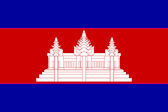
Mahānārāyanarājādhirāja (พระนารายน์ราชาธิราช = Ang Eng - นักองค์เอง) ist König von Kambodscha.1779
Der deutsch-baltische Botaniker Johann Gerhard König (1728 – 1785) besucht Südsiam und die malaiische Halbinsel, er besucht u.a. Junk Ceylon (Ujong Salan) / Phuket] (ภูเก็ต). Er berichtet, dass die Insel Koh Yao Yai (เกาะ ยาวใหญ่) von allen Bewohnern verlassen wurde wegen der ständigen Angriffe durch Piraten.1779 - 1784
Abb.: Lage von Koh Yao Yai (เกาะ ยาวใหญ่)[Bildquelle: OpenStreetMap. -- Creative Commons Lizenz (Namensnennung, share alike)]


Second Anglo-Mysore War um die Vorherrschaft in Südindien. Verbündeter Mysores ist Frankreich.
Abb.: Anglo-Mysore Wars
[Bildquelle: Miljoshi / Wikimedia. -- GNU FDLicense]
1779

Fertigstellung der ersten gusseisernen Brücke der Welt: The Iron Bridge über den Severn (Großbritannien).
Abb.: The Iron Bridge, 2005
[Bildquelle: Riggwelter / Wikimedia. -- GNU FDLicense]
1780
1780 - 1781-11

Ong Bun Setthathirath III (พระเจ้าไชยเชษฐาธิราชที่ 3) zum 2. Mal König von Vientiane (ວຽງຈັນ)1780
"Bunsan (voller Thronname Somdet Brhat Chao Dharma Adi Varman Maha Sri Bunyasena Jaya Setha Adiraja Chandrapuri Sri Sadhana Kanayudha; * im frühen 18. Jahrhundert in Vientiane; † im November 1781 in Lan Chang) war zwischen 1767 und 1779 sowie 1780/81 dritter König des laotischen Reiches Vientiane.Bunsan war der zweite Sohn von König Sai Setthathirath II. und hieß zunächst Prinz (Chaofa) Ungabunya (Ong Bun). Zwischen 1735 und 1767 war er Gouverneur von Chiang Khoang. Nachdem sein älterer Bruder, Ong Long (reg. 1730 bis 1767), verstorben war, folgte Bunsan ihm auf den Thron. Hierbei wurde er tatkräftig von Phra Vo unterstützt, einem prominenten Mitglied aus der Familie Suvarnkut.[1]
1777 griff der König von Annam (heutiges Vietnam) Vientiane an und belagerte die Hauptstadt. Nach vier Monaten fiel diese 1779 in die Hände der Vietnamesen, doch konnte Bunsan in den Dschungel von Mahachai Kung Kaeo fliehen, wo er sich den Siamesen unter deren König Taksin ergab. Die meisten seiner Nachkommen wurden daraufhin als Geiseln nach Thonburi gesandt. 1780 griff er dennoch die Siamesen in Vientiane an, tötete den von diesen eingesetzten Gouverneur Phraya Supho und wurde schließlich selbst 1781 von den Siamesen getötet.
Bunsan war vielfach verheiratet und hatte zahlreiche Nachkommen."
[Quelle: http://de.wikipedia.org/wiki/Bunsan. -- Zugriff am 2011-10-15]
Captain Francis Light (1740 - 1794) über Bang Tao Beach (อ่าวบางเทา) in Phuket (ภูเก็ต):1780
Abb.: Lage von Bang Tao Beach (อ่าวบางเทา)[Bildquelle: OpenStreetMap. -- Creative Commons Lizenz (Namensnennung, share alike)]
"It is known from experience the soil is favorable for pepper, cotton, sugar, coffee and that the natives of the Coromandel [சோழ மண்டலம்] and Tanjore [தஞ்சாவூர்] [Indians] prefer it to their own. From the richness of the soil and climate of this island, nothing is wanted to make the inhabitants happy but a rational government."2[Zitiert in: Mackay, Colin <1936 - >: A history of Phuket and the surrounding region. -- Bangkok : White Lotus, 2013. -- 438 S. : Ill. ; 25 cm. -- ISBN 978-974-480-195-1. -- S. 215]

Captain Francis Light (1740 - 1794) an die British East India Company über die Bewohner von Phuket (ภูเก็ต):1780
"The inhabitants have for many years strongly solicited me to deliver them from the cruel oppression of Siam. As they are capable of defending themselves they most want a chief in whom they can confide and an assurance that they shall enjoy a reasonable portion of that liberty to which all men are by nature and reason entitled ... if the company took possession, the population would have a free enjoyment of their goods and chattels and would be at liberty to improve their estates without fear of their being taken away from them."[Zitiert in: Mackay, Colin <1936 - >: A history of Phuket and the surrounding region. -- Bangkok : White Lotus, 2013. -- 438 S. : Ill. ; 25 cm. -- ISBN 978-974-480-195-1. -- S. 215]

Die British East India Company in Kalkutta plant, auf Phuket eine Niederlassung zu errichten. Beteiligungen werden ausgeschrieben. Die britische Regierung billigt den Plan. Wegen der Kriegsereignisse in Amerika hat Großbritannien dann aber nicht die militärischen Ressourcen zu Ausführung dieses Plans. 1785 werden die Ausschreibung und die Phuket-Pläne von der East India Company - mit Zustimmung von Madras - wieder aufgenommen.1780

Captain Francis Light (1740 - 1794) und James Scott (1746 - 1808) müssen wegen ihrer Tätigkeiten zum Abfall Phukets (ภูเก็ต) an die British East India Company von Siam Phuket verlassen. Light flüchtet nach Kedah (قدح). Light schreibt:1780?
"I sold them [the people of Thalang] [ถลาง] 1,700 bags of rice payable in three months. It was so divided scarce an inhabitant on the island but what had a share. By an unparalleled act of tyranny, he [the military superintendent] forbade the inhabitants to pay me. The people were sensible of the injustice done both to themselves and me, many of them brought payment at hazard of their lives. He then plundered my house... my writer unhappily died last July, 700 peculs [picul - 擔] of tin were due to him [the writer] from the officers and people, he [the military superintendent] stopped payment... The inhabitants, enraged at his repeated acts of tyranny, called aloud for some power to take the island, Burmans, Malays, Europeans, they cared not whom, as it was impossible their condition could be rendered worse by any enemy. I hinted to them I would endeavour to relieve them and they declared not only their readiness to join me, but they would deliver over themselves and. the island to my direction. Some of them waylaid the Chao Pia [military superintendent] and shot at him but he escaped and is now afraid to remain on the island. He has built a house at Papra [Pak Pra on the mainland] [ปากพระ] and barricaded it with a double row of palisades. Every person is obliged to go there to receive their orders. "[Zitiert in: Mackay, Colin <1936 - >: A history of Phuket and the surrounding region. -- Bangkok : White Lotus, 2013. -- 438 S. : Ill. ; 25 cm. -- ISBN 978-974-480-195-1. -- S. 218f.]
1780 - 1817
"Light [Captain Francis Light, 1740 - 1794]sent one of his ships under a Captain Wilson up to Phuket [ภูเก็ต] with a shipload of opium, textiles and silver. Wilson sold over half of his load to the superintendent and his officers, then turned round and sold the rest directly to the people at a substantial discount, leaving the superintendent and his officers holding expensive products no one needed. In Keddah [قدح], Light soon received a most huffy letter from the superintendent general, complaining of the incident. "When the captain of a sloop brings merchandise to sell here, according to customary practice, the governor and council agree on prices. They undertake the selling of goods to the people and make a small profit. You were here formerly and you know all about this. You sent Captain Wirasen [Wilson] with opium, silver and cloth to sell at Thalang [ถลาง] ... Wirasen sold direct to the people at a lower price than that which he had sold to the officials who had bought a large quantity and lost money on the deal. This is contrary to the rule and custom of our state. If you do not control your captain and he does this again there will be a quarrel between Captain [Light] and the council."[Quelle: Mackay, Colin <1936 - >: A history of Phuket and the surrounding region. -- Bangkok : White Lotus, 2013. -- 438 S. : Ill. ; 25 cm. -- ISBN 978-974-480-195-1. -- S. 219]

Kōkaku (光格天皇, 1771 - 1840) ist Tenno (天皇) von Japan. Persönlicher Name: Morohito (師仁).
Abb.: Kōkaku (光格天皇) / von Toyooka Harusuke (豊岡治資)
[Bildquelle: Wikipedia. -- Public domain]
1780

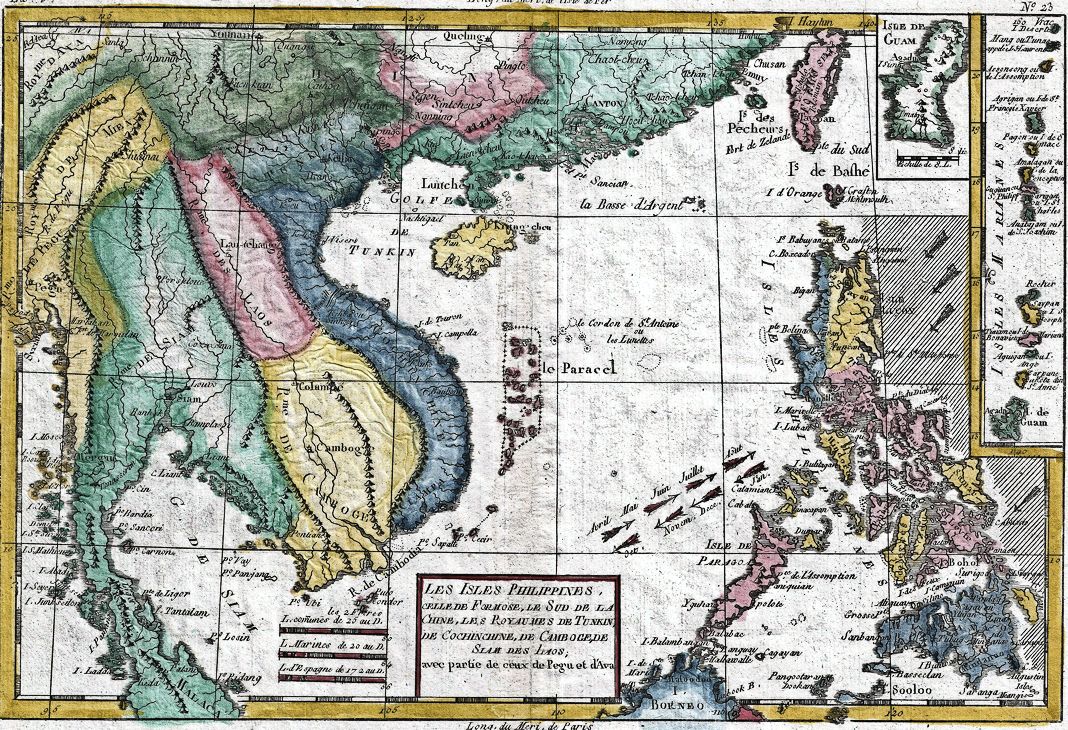
Abb.: Französische Karte von Südostasien / von Rigobert Bonne (1727 - 1795), 1780
[Bildquelle: Wikimedia. -- Public domain]
1780

1780Brief des französischen Missionars M. Coudé aus Thonburi an die Directeurs du Seminaire des Missions Etrangeres in Paris:
"Until the month of July 1779, we have had it quiet enough in Siam; the King, however, was angry with us from time to time, but that was temporary. For more than a year now he has not asked us to his audiences, and he spent his time in prayers, fasting and meditation, in order by these means to enable himself to fly in the air . . He added that they had complained to a son of King Taksin that the King was depriving them of privileges previously granted, and he was expelling them from the country. They reminded the Prince of the religious freedom which the King had granted to them and the T’ai Christians under their care, and had himself helped them to build their church. M. Coude wrote : " That is true," replied the Prince, " but my father has changed."[Quelle: Chula Chakrabongse [จุลจักรพงษ์] <1908 - 1963>: Lords of life : History of the Kings of Thailand. -- 2., rev. ed. -- London : Redman, 1967. -- 352 S. : Ill. ; 22 cm. -- S. 77]

Thomas Jefferson (1743 - 1826) prägt den Begriff "Empire of Liberty" für die USA. Er wird ein Grundpfeiler der Ideologie des US-Imperialismus werden.1780
Abb.: School begins / Louis Dalrymple (1866-1905), 1899"Caricature showing Uncle Sam lecturing four children labelled Philippines (who appears similar to Philippine leader Emilio Aguinaldo), Hawaii, Porto[sic] Rico and Cuba in front of children holding books labelled with various U.S. states. In the background are an American Indian holding a book upside down, a Chinese boy at the door and a black boy cleaning a window. Originally published on p. 8-9 of the January 25, 1899 issue of Puck magazine.
Caption: School Begins. Uncle Sam (to his new class in Civilization). Now, children, you've got to learn these lessons whether you want to or not! But just take a look at the class ahead of you, and remember that, in a little while, you will feel as glad to be here as they are!
Blackboard: The consent of the governed is a good thing in theory, but very rare in fact. — England has governed her colonies whether they consented or not. By not waiting for their consent she has greatly advanced the world's civilization. — The U.S. must govern its new territories with or without their consent until they can govern themselves.
Poster: The Confederated States refused their consent to be governed; But the Union was preserved without their consent.
Book: U.S. — First Lessons in Self Government
Note (on table): The new class — Philippines Cuba Hawaii Porto Rico"
[Bildquelle: Wikipedia. -- Public domain]
"The Empire of Liberty is a theme developed first by Thomas Jefferson (1743 - 1826) to identify America's world responsibility to spread freedom across the globe. Jefferson saw America's mission in terms of setting an example, expansion into the west, and by intervention abroad.Major exponents of the theme have been
In the History of U.S. foreign policy the Empire of Liberty has provided motivation to fight the
- Abraham Lincoln (1809 - 1865, in the Gettysburg Address 1863)
- Theodore Roosevelt (1858 - 1919)
- Woodrow Wilson (1856 - 1924, and "Wilsonianism")
- Franklin D. Roosevelt (1882 - 1945)
- Harry Truman (1884 - 1972)
- Ronald Reagan (1911 - 2004)
- Bill Clinton (11946 - ),[1] and
- George W. Bush (1946 - ).
[Quelle: http://en.wikipedia.org/wiki/Empire_of_Liberty. -- Zugriff am 2013-11-05]
- Spanish American War (1898)[2]
- World War I (1917)[3]
- the latter part of World War II (1941)
- the Cold War (1947-1991) and the
- War on Terror (2001-present)."
In Straubing (Deutschland) wird von Ursulinenschwestern der weltweit erste Kindergarten gegründet. Die nachweislich erste Anstalt für aufsichtslose vorschulpflichtige Kinder wurde in Bayern bereits schon 1780 in Straubing ins Leben gerufen, "die Schule der gar kleinen, zur Klasse noch unfähigen Mägdelein von vier und fünf Jahren, die nur angenommen werden, damit sie von der ersten Kindheit an vom schädlichen Herumlaufen auf den Gassen und von der schlechten Zucht untauglicher Kindesmägden bei Zeiten weg genommen, zur Liebe zum Lernen angemutet und zu den folgenden Schulklassen hergerichtet werden". [http://www.kindergartenpaedagogik.de/414.html. -- Zugriff am 2014-02-22]
Abb.: Kindergarten, Thailand, 2009
[Bildquelle: SEE TEFL. -- http://www.flickr.com/photos/38922238@N06/4111217717. -- Zugriff am 2014-02-22. -- Creative Commons Lizenz (Namensnennung, share alike)]
1781
1781 - 1795

Nanthesan (พระเจ้านันทเสน) König von Vientiane (ວຽງຈັນ)1781
"Nanthesan (auch Nanthasaen[1], voller Thronname Somdet Brhat Chao Anandasena Bungmalaya Chandapuri Sri Sadhana Kanayudha Visudhirattana Rajadhanipuri Rama Lan Chang Krum Klao; * im 18. Jahrhundert in Vientiane; † Juni/Juli 1795 ebendort) war zwischen 1781 und 1795 König des laotischen Reiches Vientiane, eines der Nachfolgreiche von Lan Chang.Leben
Nanthesan war der älteste Sohn von König Bunsan (reg. 1767 bis 1779 und 1780 bis 1781) und wurde im Palast ausgebildet. Er diente während der Invasion Siams 1778/79 als Kommandeur der königlichen Armee. Nach der Niederlage Vientianes wurde Nanthesan als Gefangener nach Thonburi gebracht. Nachdem König Bunsan am 28. November 1781 gestorben war, setzte ihn der siamesische König Taksin auf den Thron von Vientiane. Nanthesan wurde 1782 gekrönt.
Spät im Jahr 1794 griffen die Siamesen Vientiane erneut an, setzten Nanthesan ab und schafften ihn im Januar 1795 nach Bangkok, wo er im Juni oder Juli desselben Jahres starb. Als sein Nachfolger bestimmte König Rama I. seinen jüngeren Bruder Inthavong Setthathirath III."
[Quelle: http://de.wikipedia.org/wiki/Nanthesan. -- Zugriff am 2011-10-15]

Der zukünftige Rama I. (1736/37 - 1809) zieht gegen Kambodscha, um Aufstände niederzuschlagen. Unterwegs erreicht ihn die Nachricht von Unruhen um Taksin in Thonburi (ธนบุรี). Daraufhin zieht er sofort nach Thonburi.1781
Thaksin ließ die Christen aus Siam vertreiben, das trifft z.B. die Christen in Phuket (ภูเก็ต) und Phang Nga (พังงา), die nach Kedah (قدح) und später nach dem britischen Penang auswandern. Aus Phuket wandern 80 Christen nach Kedah aus. Takua Tung (ตะกั่วทุ่ง) ein ehemals christliches Dorf wird fast völlig verlassen.1781
Abb.: Lage von Takua Tung (ตะกั่วทุ่ง)[Bildquelle: OpenStreetMap. -- Creative Commons Lizenz (Namensnennung, share alike)]

Der Kaiser von China anerkennt Taksin als Herrscher Siams an.1781
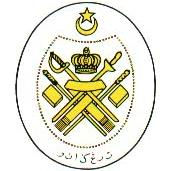
Terengganu wird siamesischer Vasallenstaat (ترڠڬانو)
Abb.: Lage von Terengganu (ترڠڬانو)
[Bildquelle: TUBS / Wikipedia. -- GNU FDLicense]
1781

Der britische Ingenieur James Watt (1736 - 18199 entwickelt die Dampfmaschine so weit, dass sie für industriellen Einsatz geeignet ist.
Abb.: Wattsche Dampfmaschine 1784 / von Robert Henry Thurston (1839–1903)
[Bildquelle: Wikipedia. -- Public domai
Verwendete Ressourcen
ausführlich: http://www.payer.de/thailandchronik/ressourcen.htmChula Chakrabongse [จุลจักรพงษ์] <1908 - 1963>: Lords of life : History of the Kings of Thailand. -- 2., rev. ed. -- London : Redman, 1967. -- 352 S. : Ill. ; 22 cm.
Wenk, Klaus <1927 - 2006>: The restoration of Thailand under Rama I 1782 - 1809. -- Tucson : Univ. of Arizona Press,1968. -- 149 S. ; 23 cm. -- (The Association for Asian Studies, monographs and papers ; XXIV)
Phongpaichit, Pasuk <ผาสุก พงษ์ไพจิตร, 1946 - > ; Baker, Chris <1948 - >: Thailand : economy and politics. -- Selangor : Oxford Univ. Pr., 1995. -- 449 S. ; 23 cm. -- ISBN 983-56-0024-4. -- Beste Geschichte des modernen Thailand.
Robins, Nick: The corporation that changed the world : hov the East India Company shaped the modern multinational. -- 2. ed., Kindle eBook. -- London : Pluto Press, 2012. -- ISBN 978-1-8496-4693-2
Lavery, Brian: Schiffe : 5000 Jahre Seefahrt. -- London [u. a.] : DK, 2005. -- S. 184. -- Originaltitel: Ship : 5000 years of marine adventure (2004)
Zu Chronik 1782 - 1809 (Rama I.)
Chronik Thailands
กาลานุกรมสยามประเทศไทย
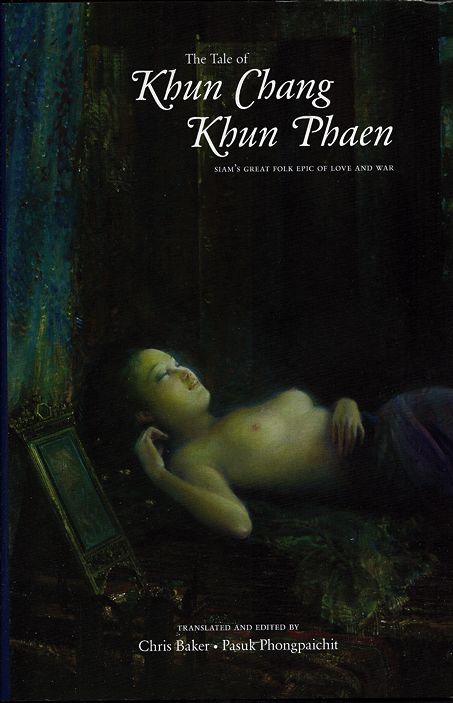
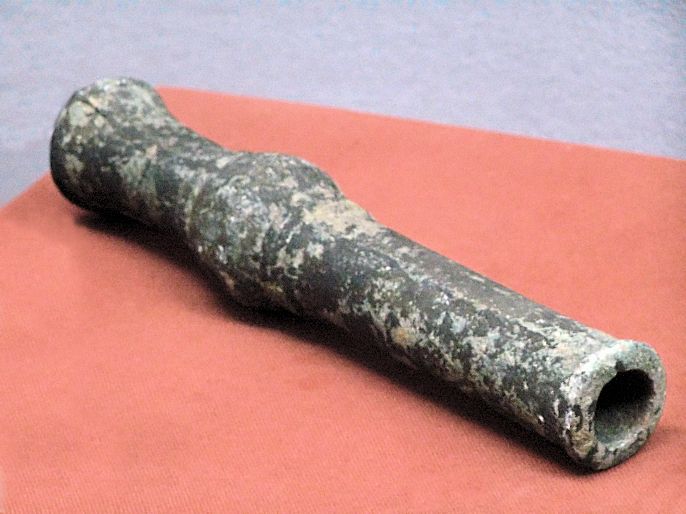
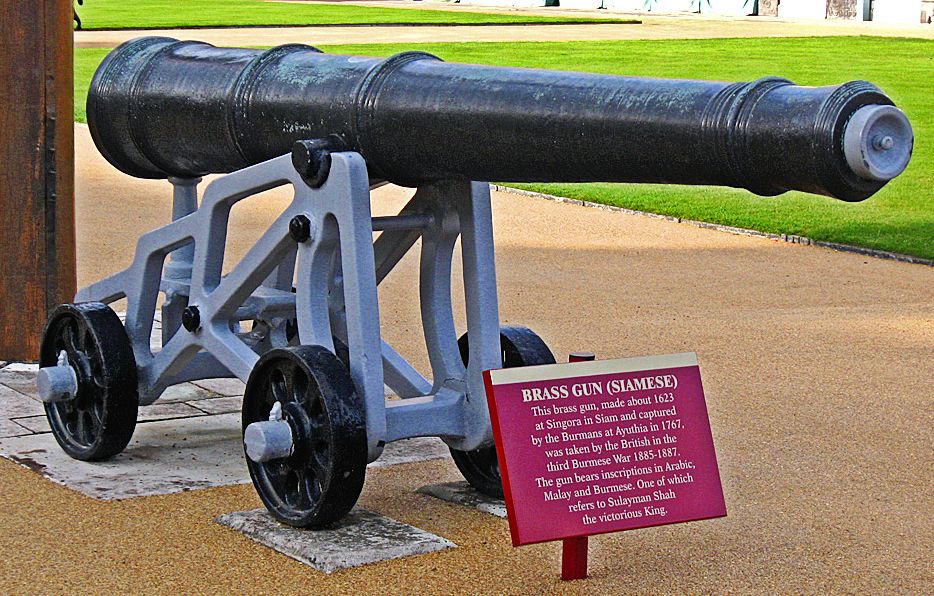
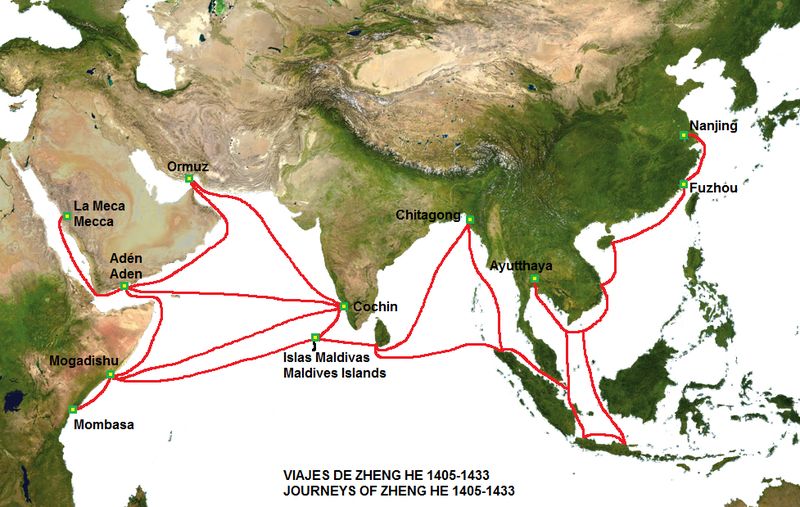

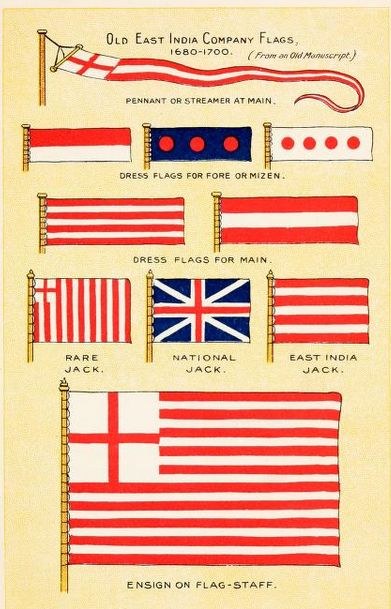

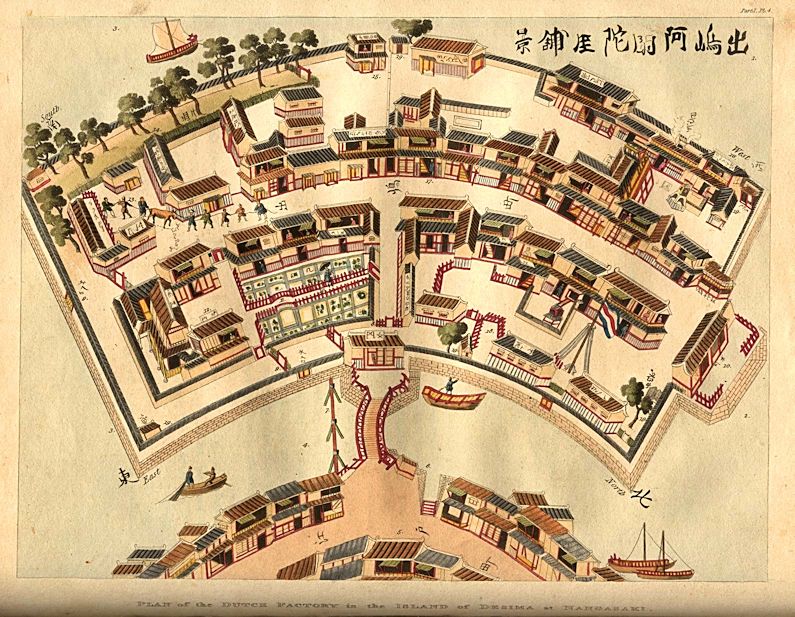
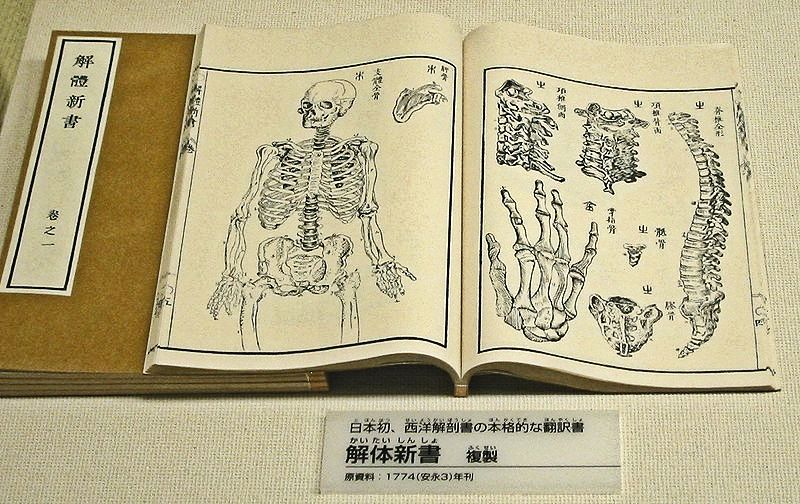
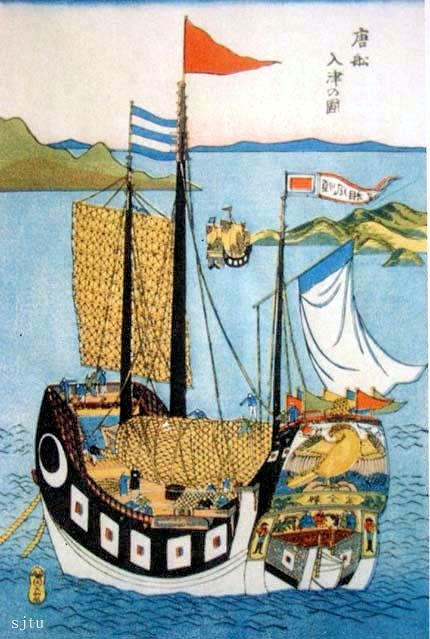
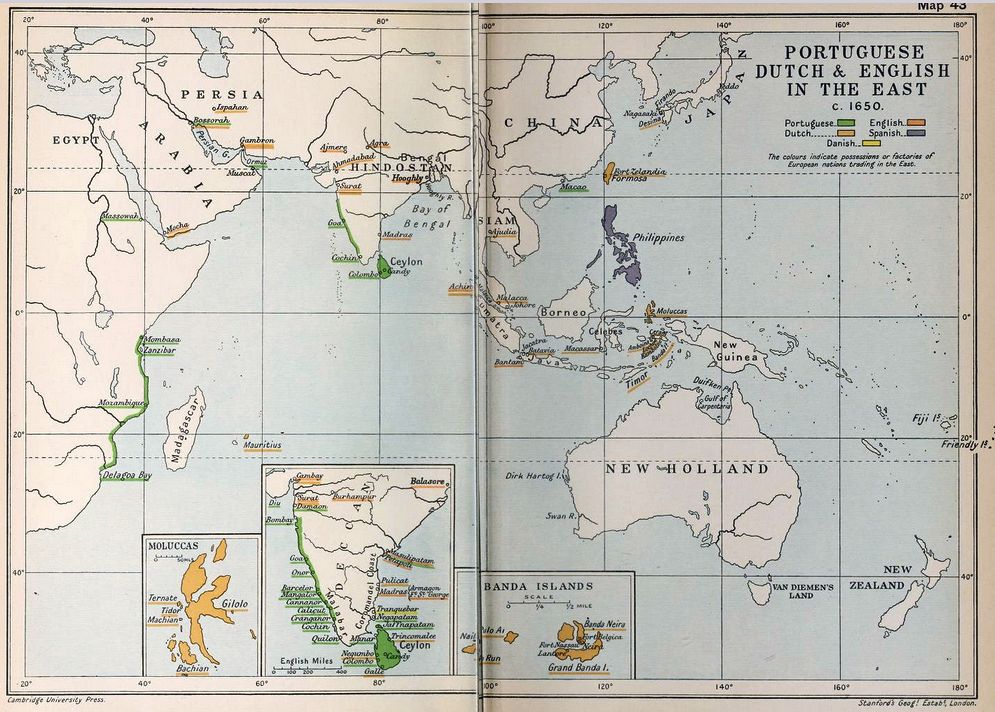

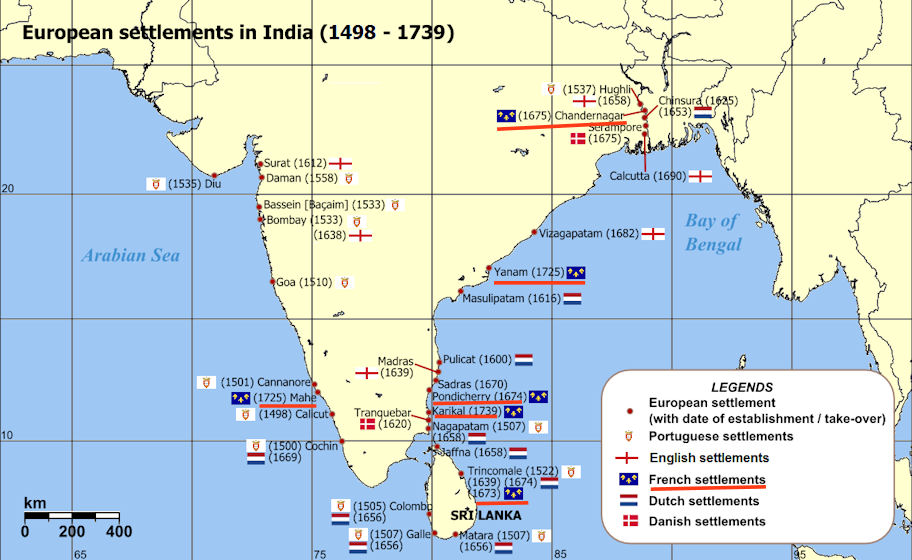
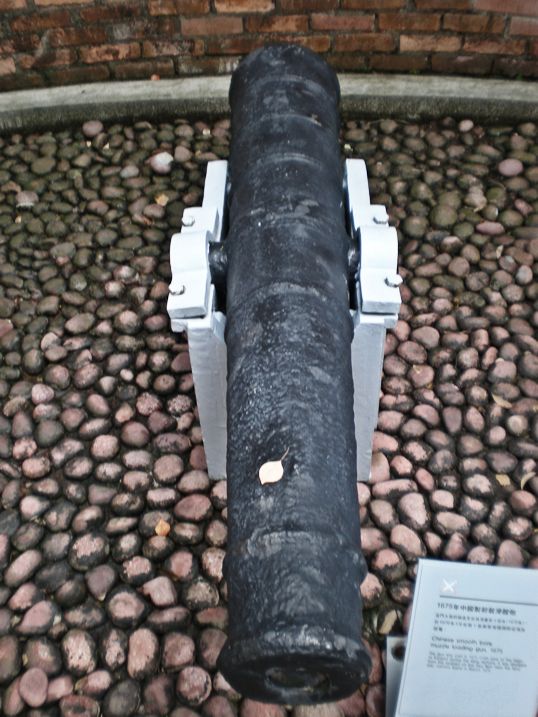

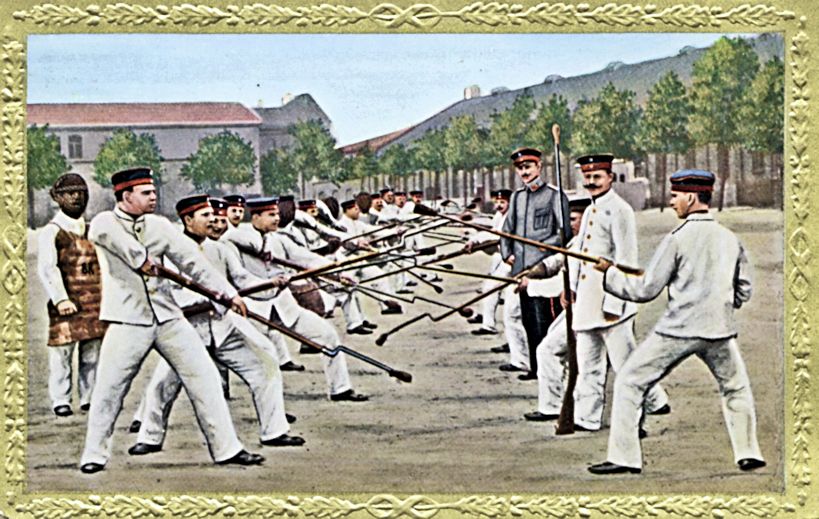
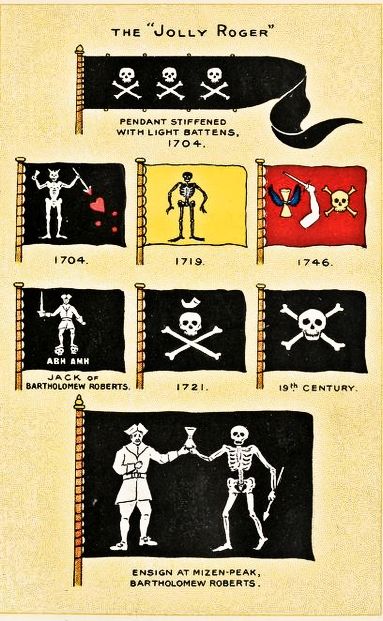
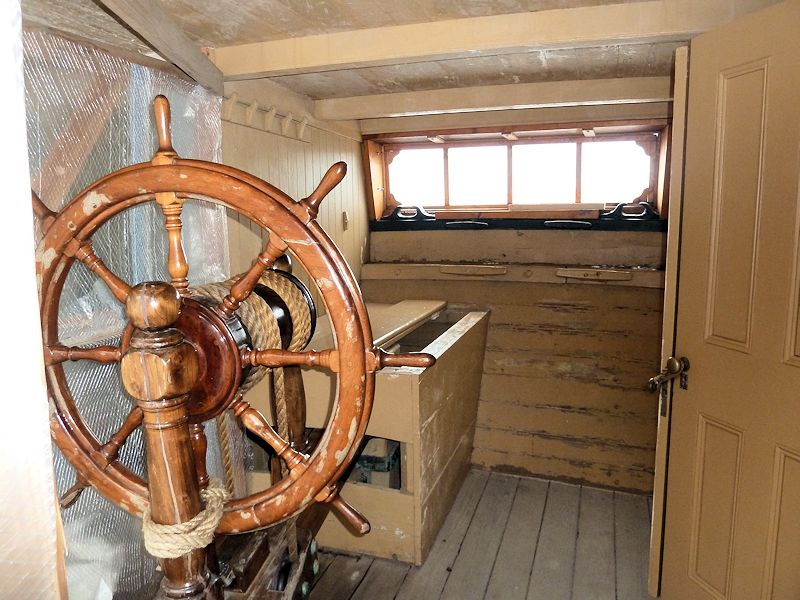
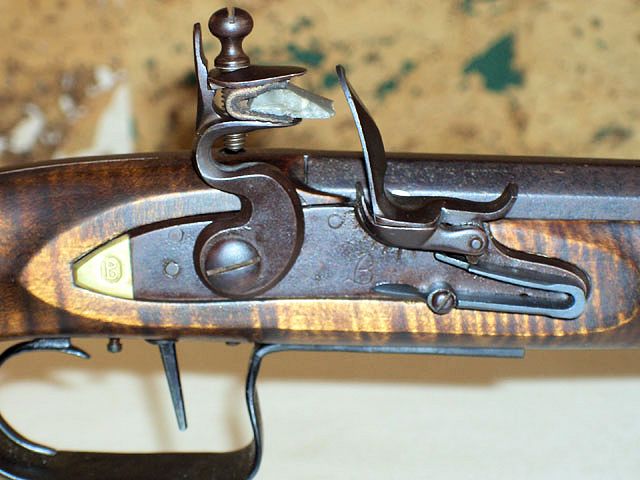

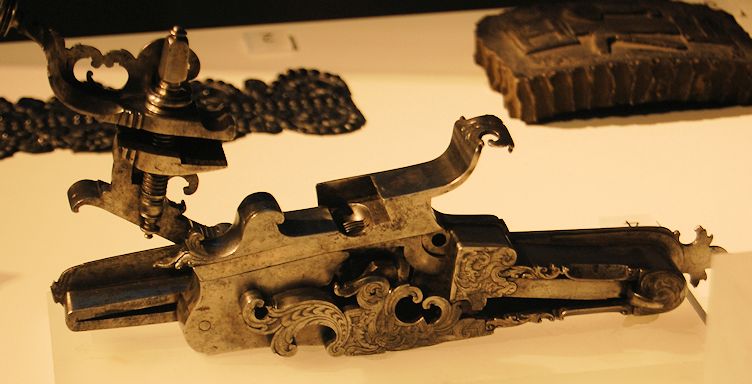
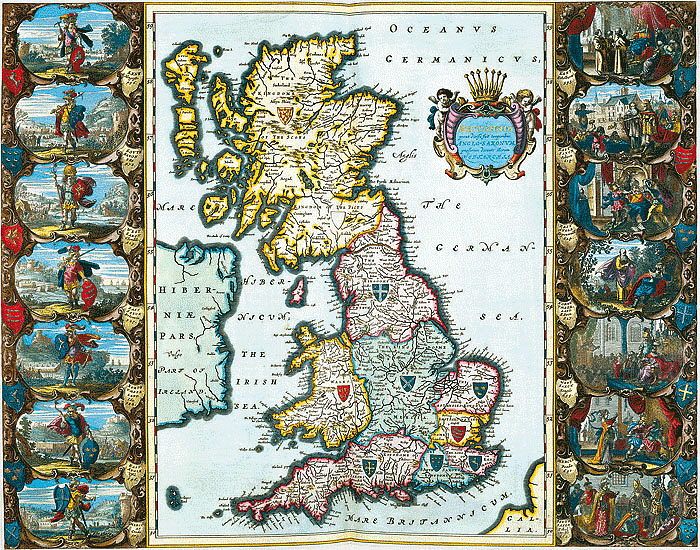
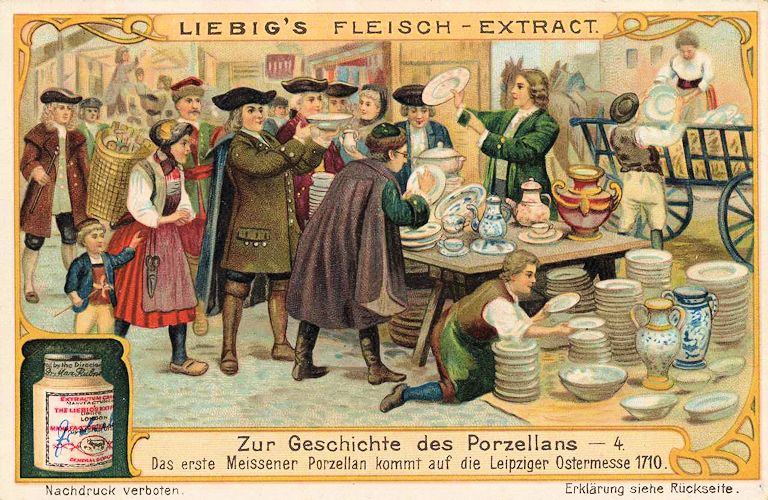
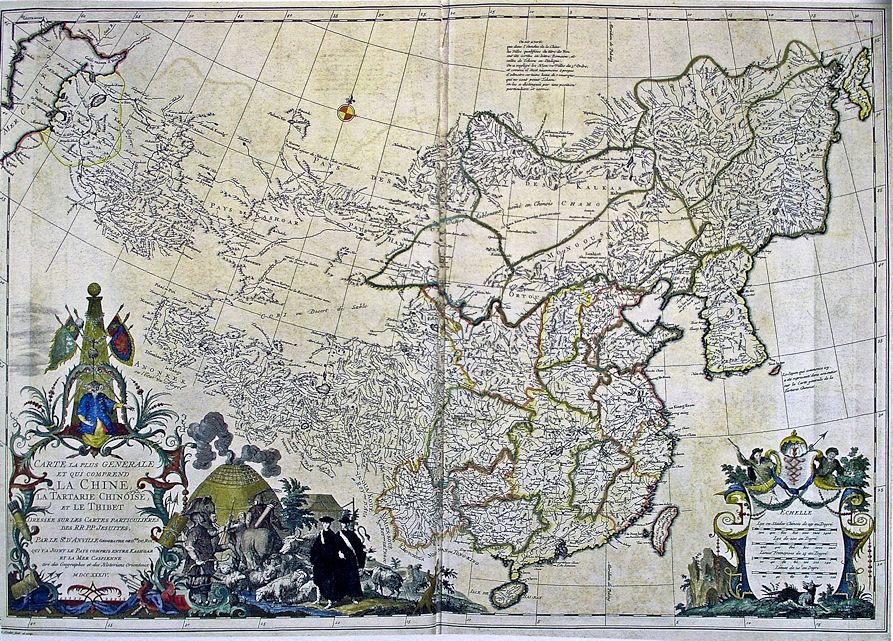
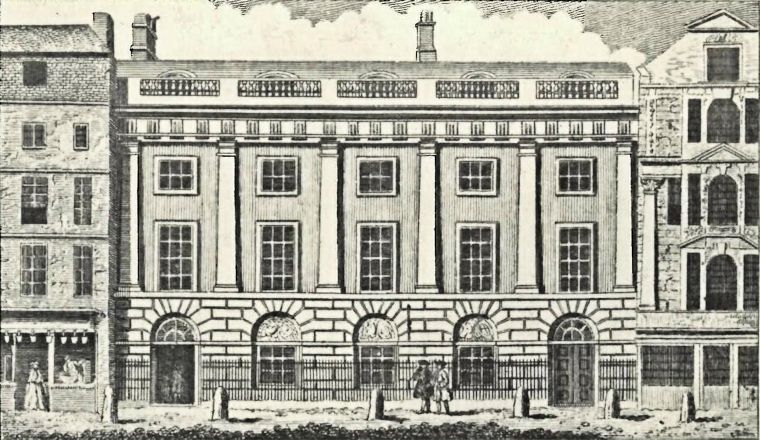


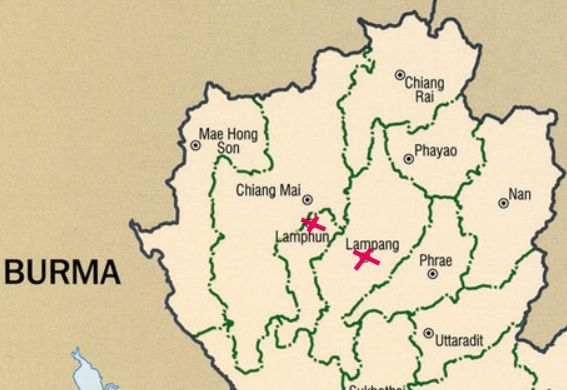
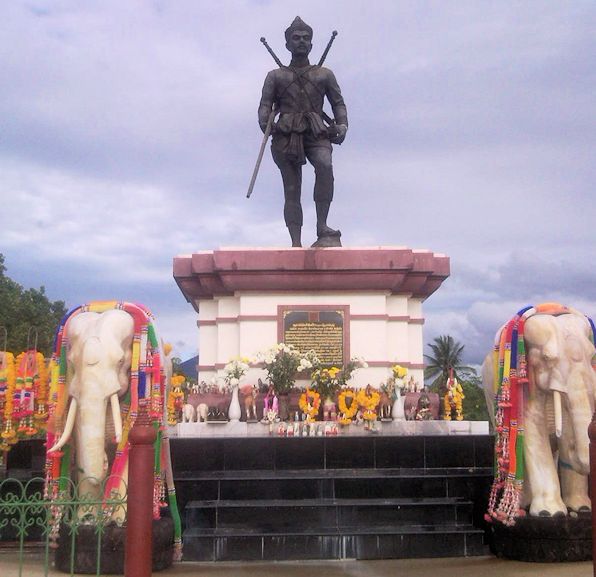
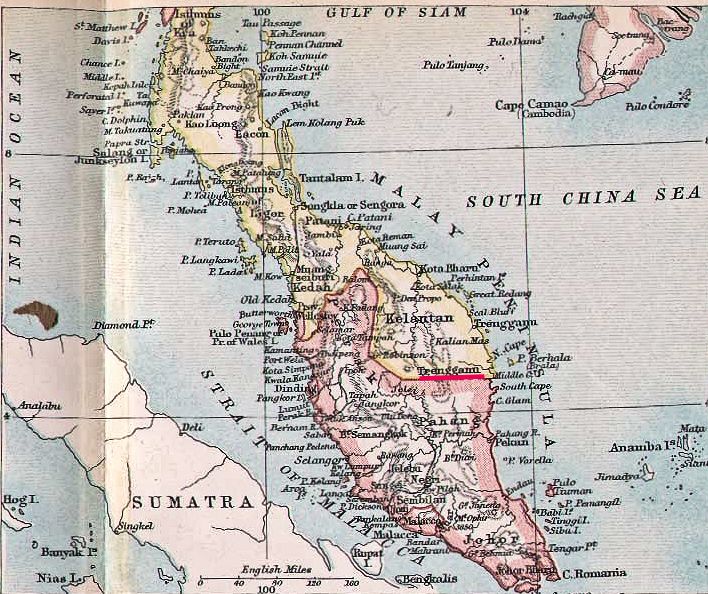
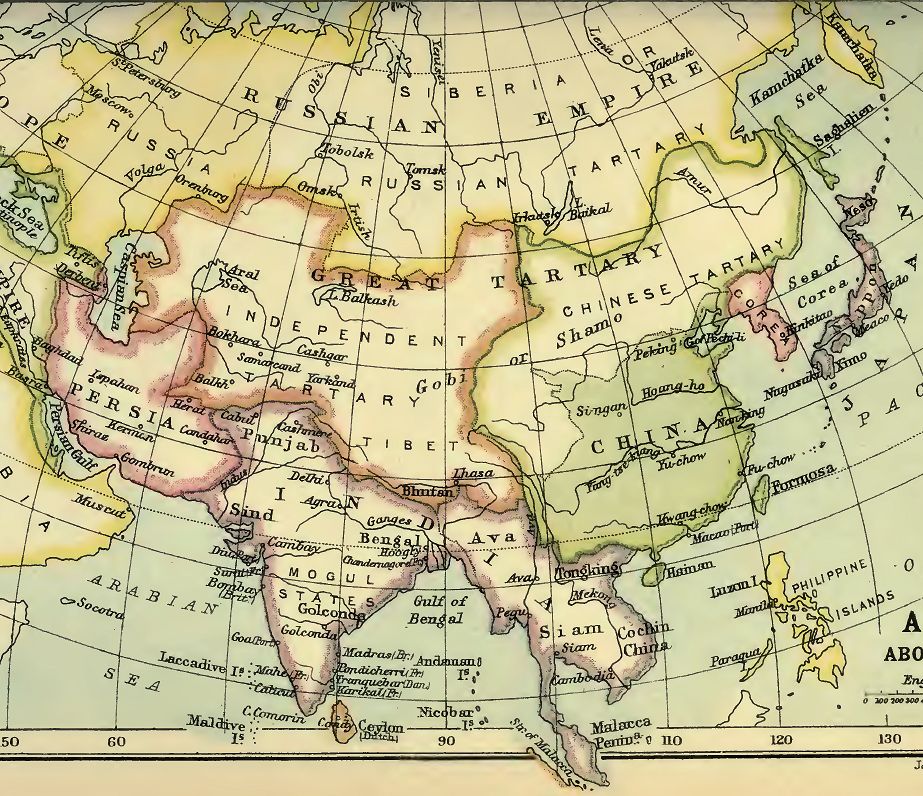
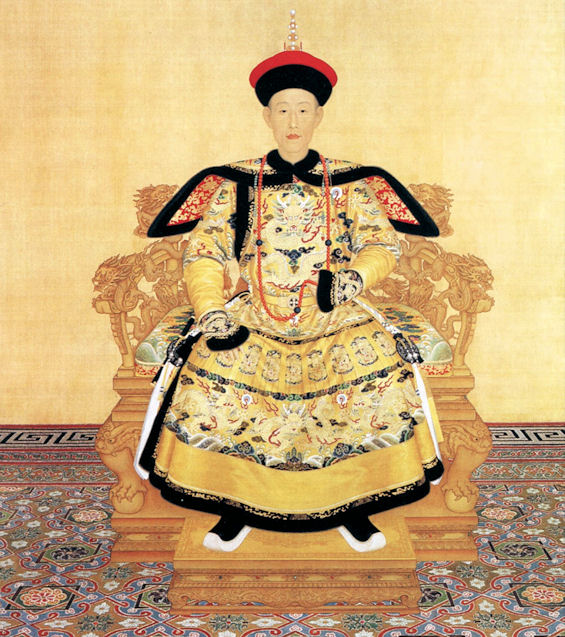
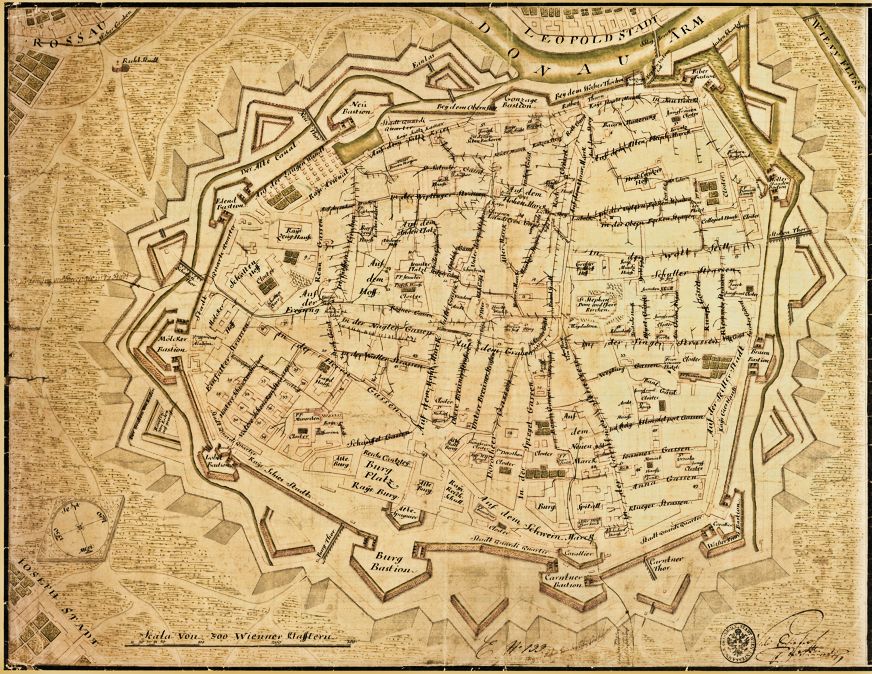
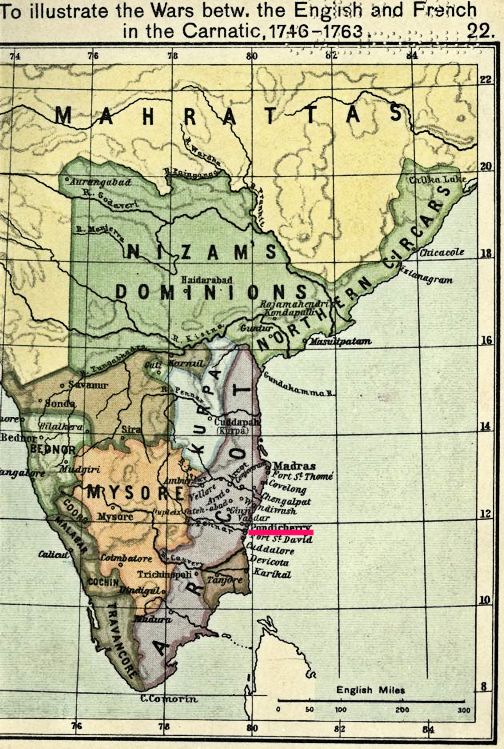
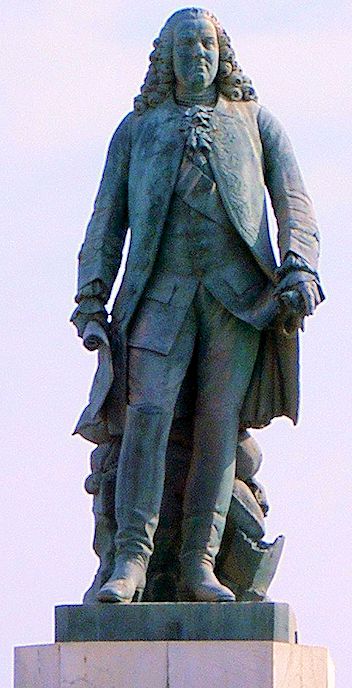
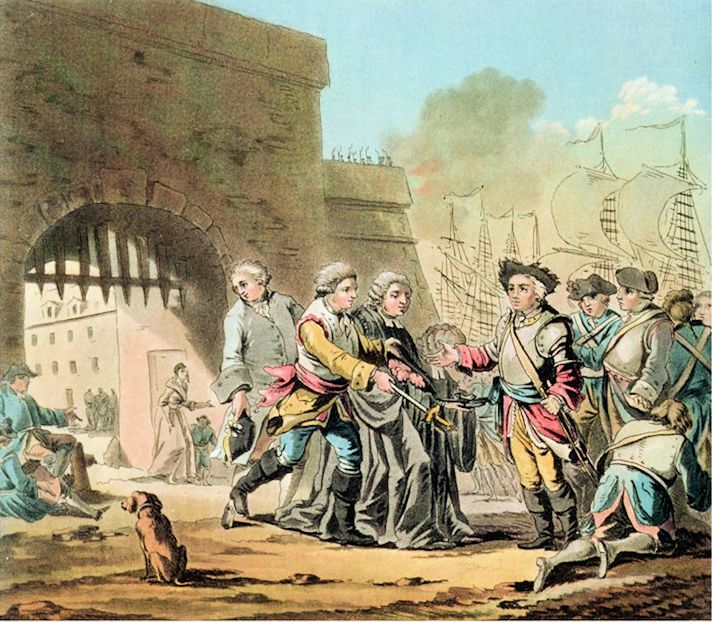
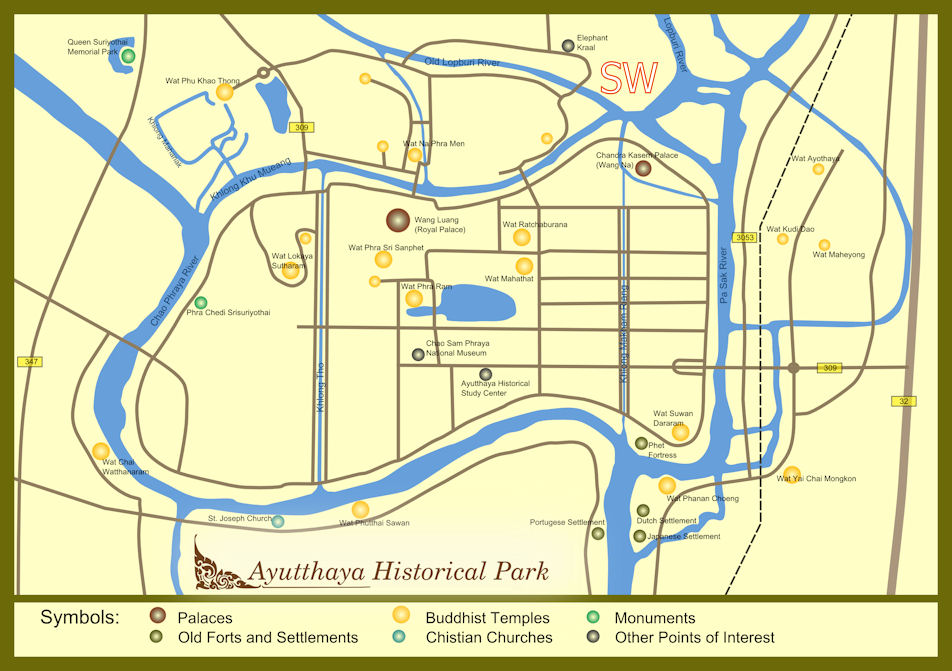
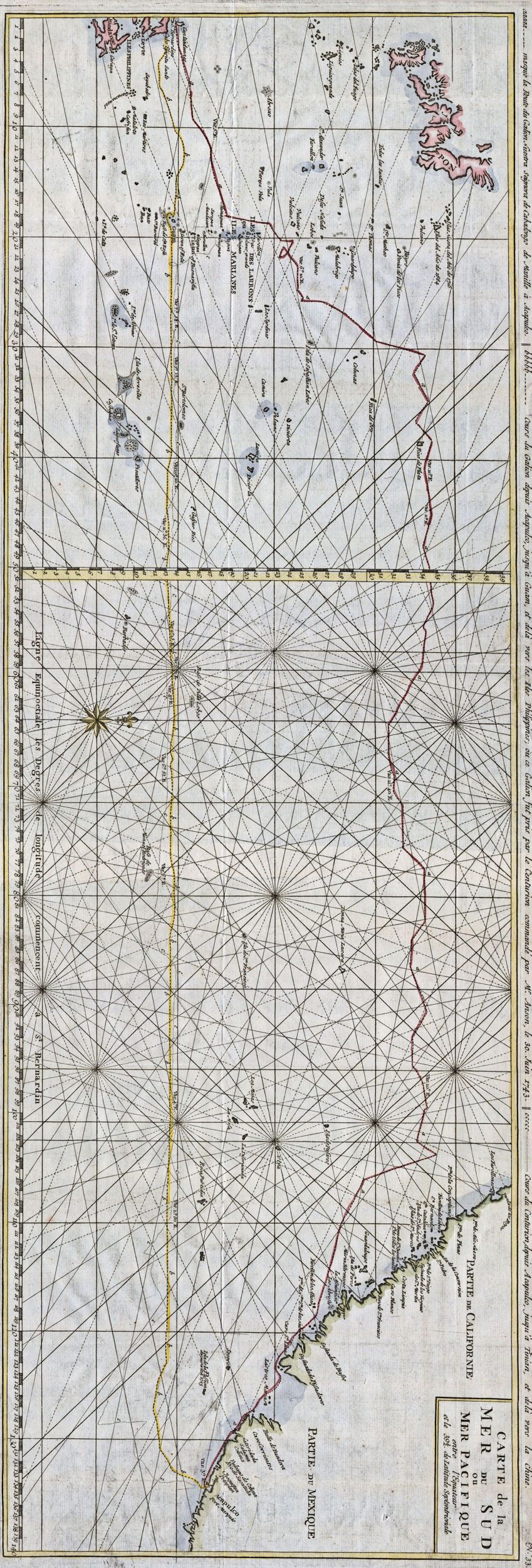
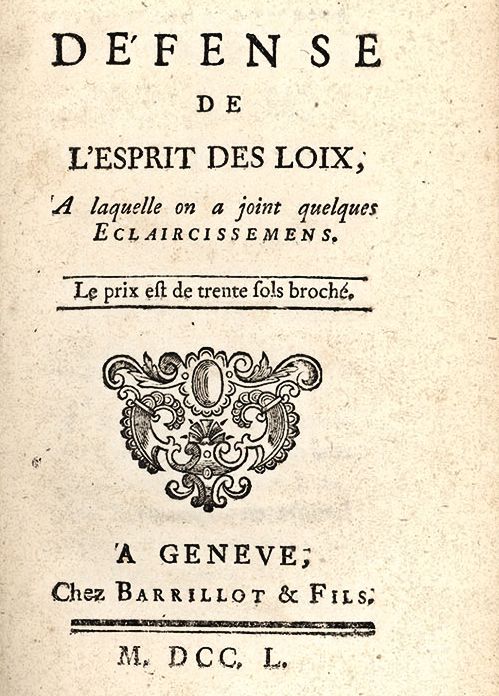
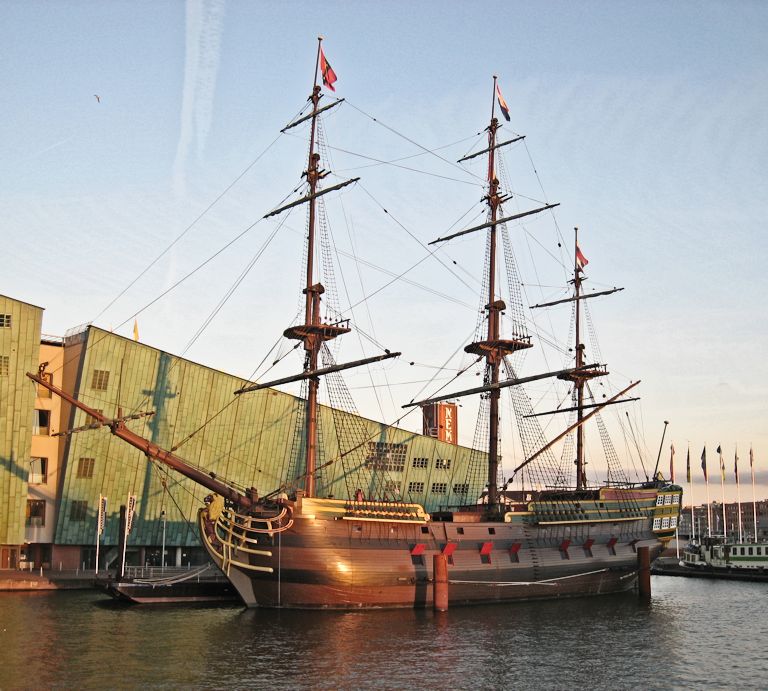
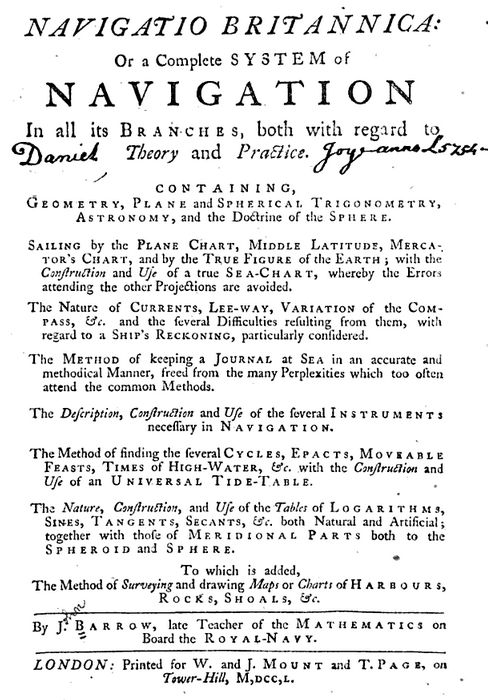
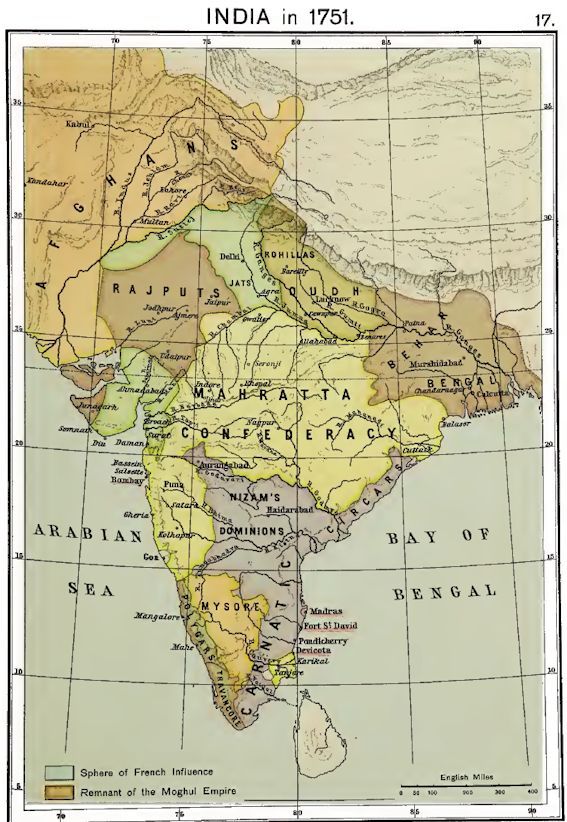

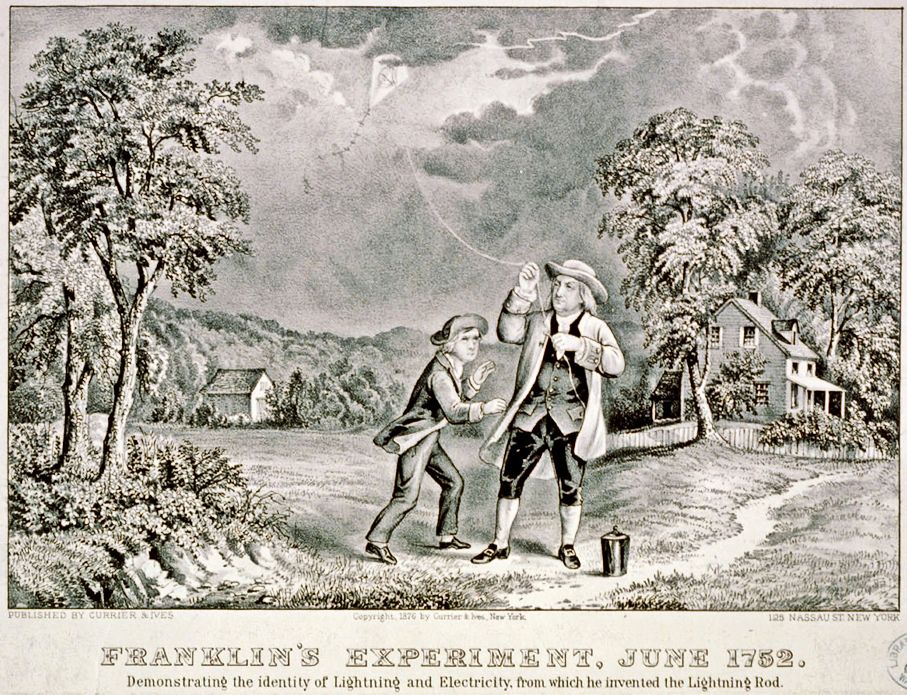
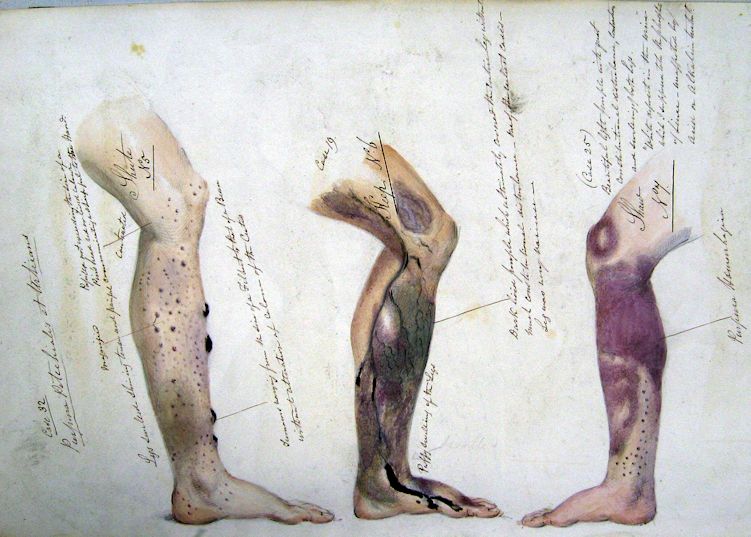

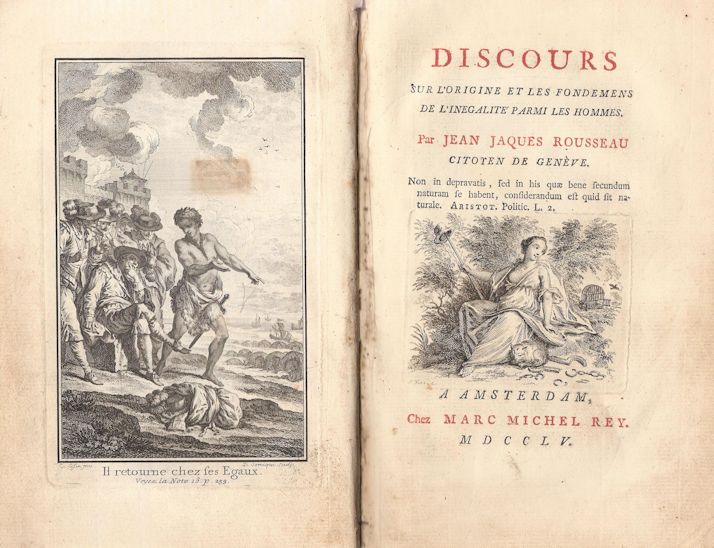
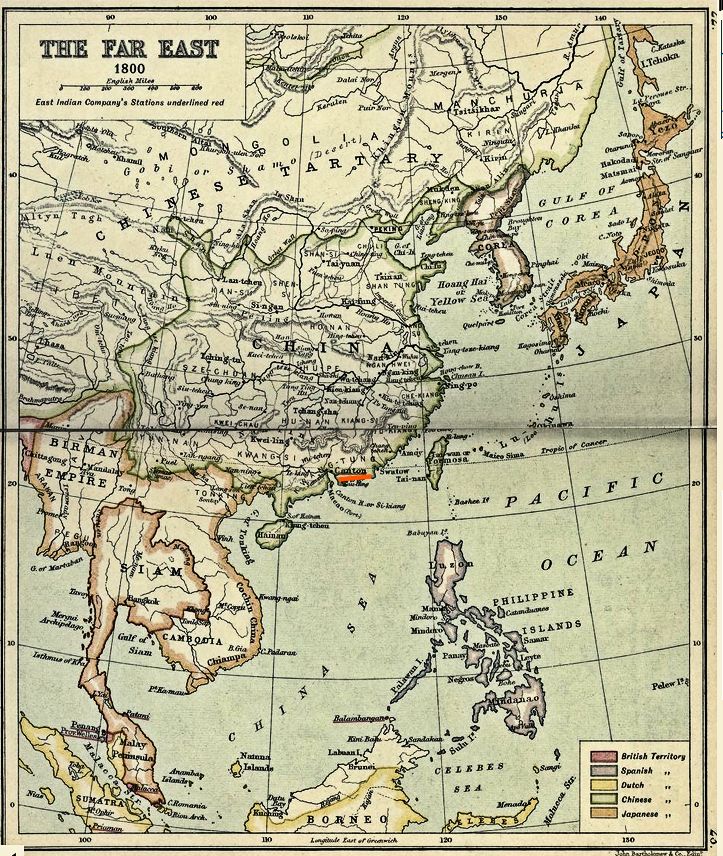
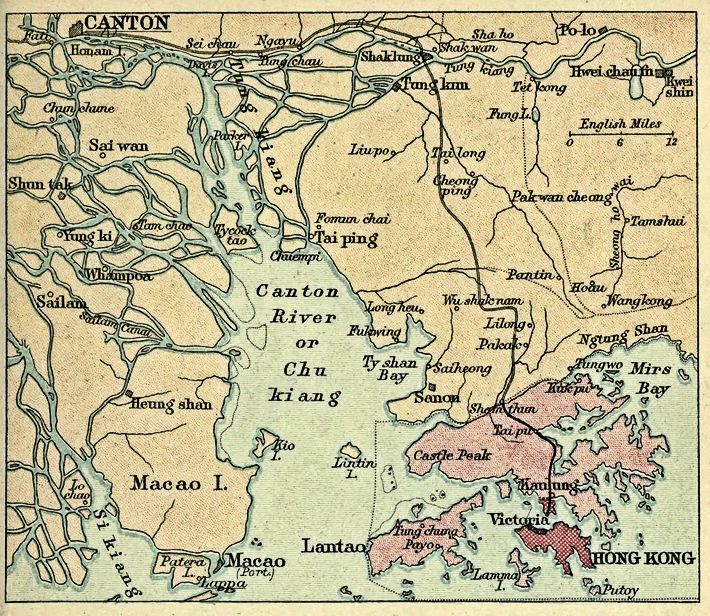
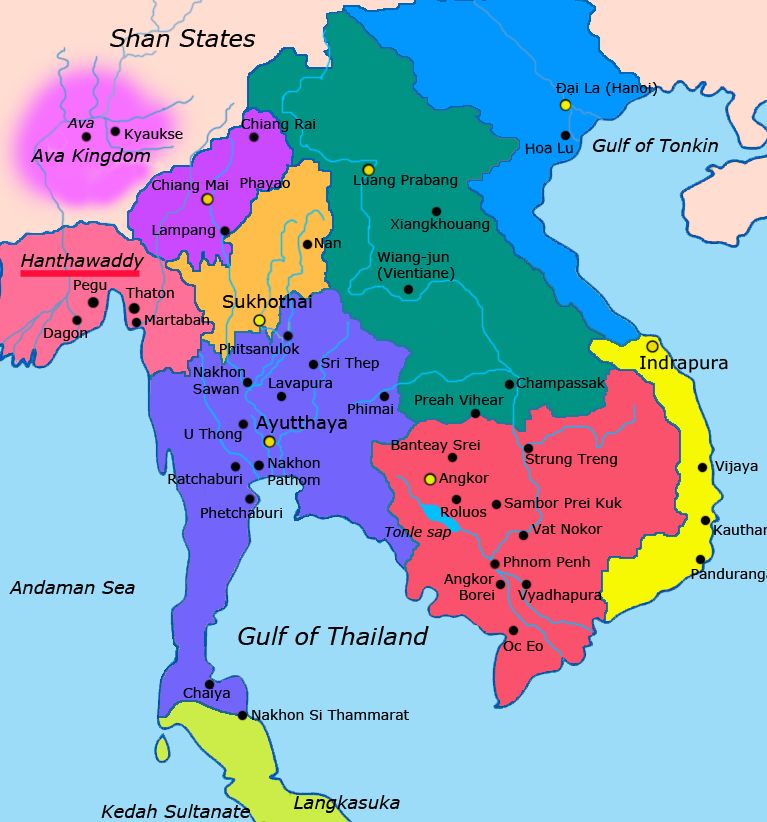
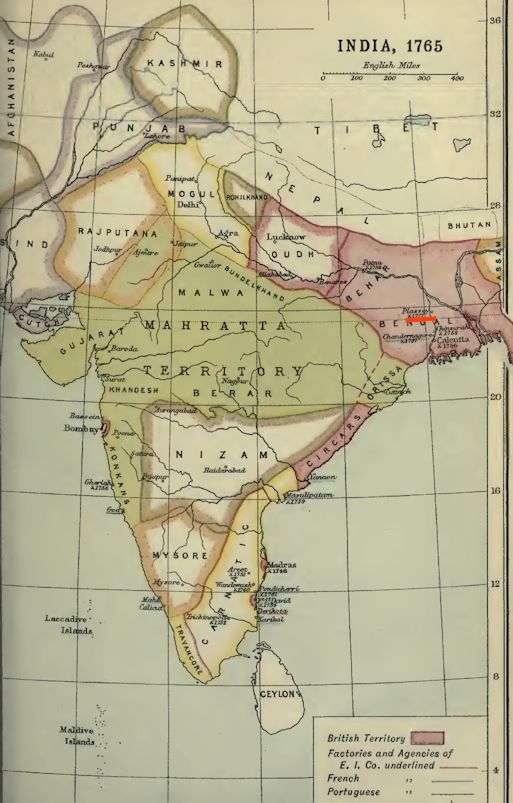
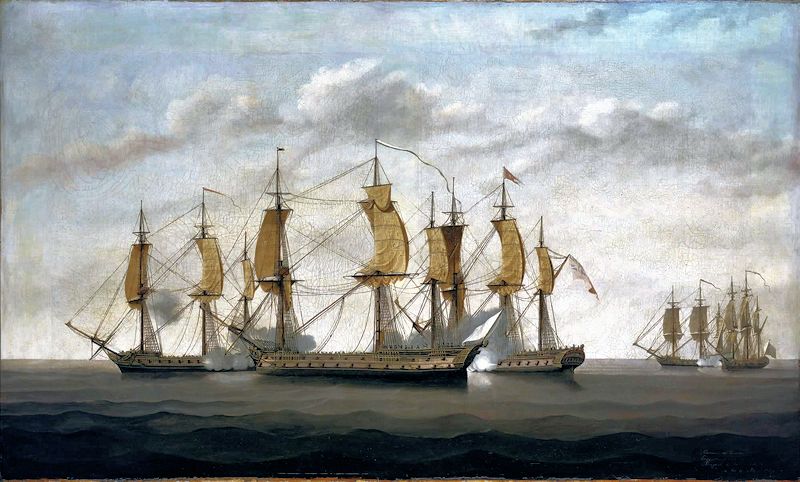
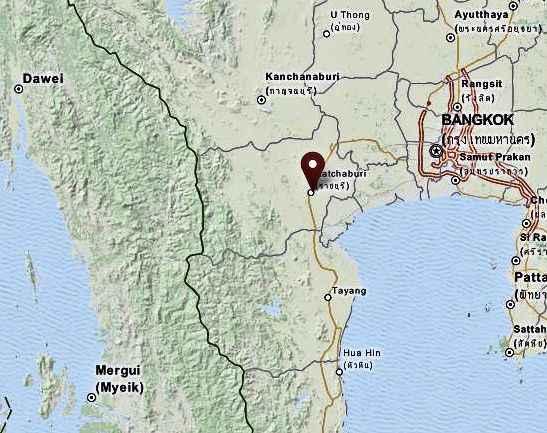


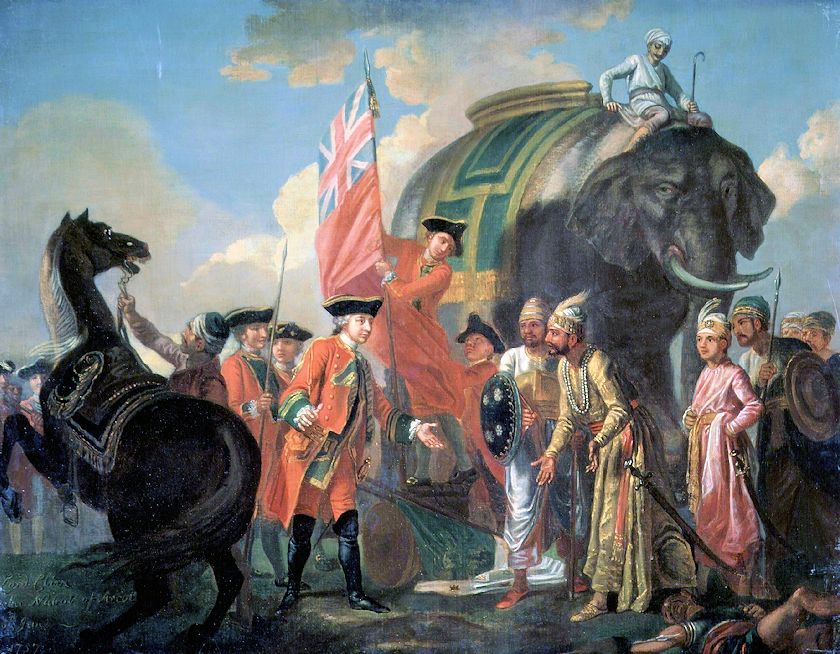
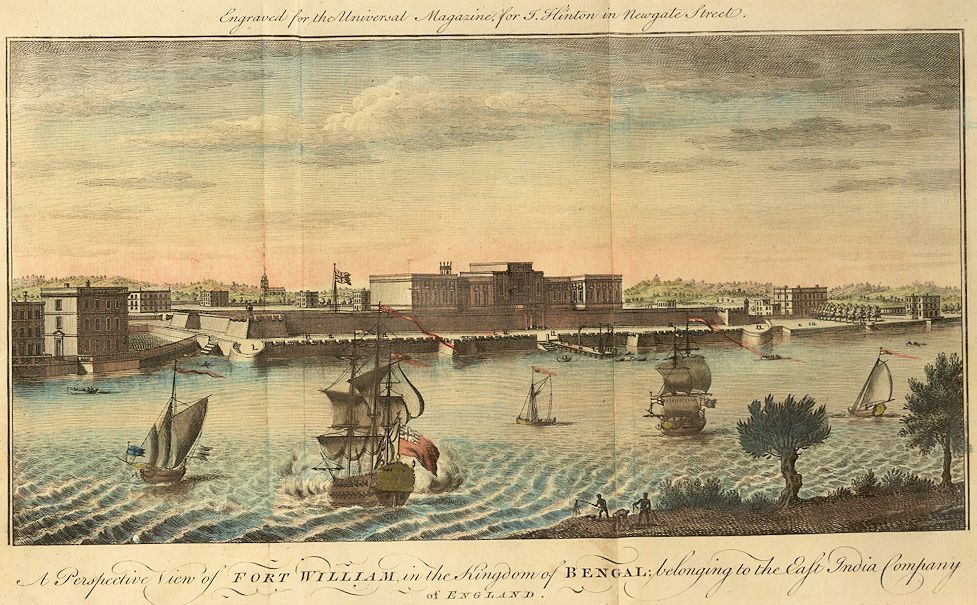
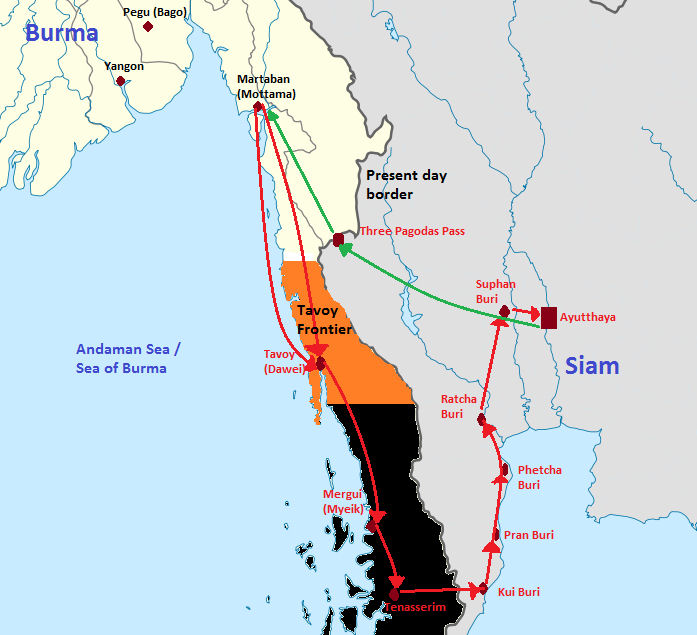
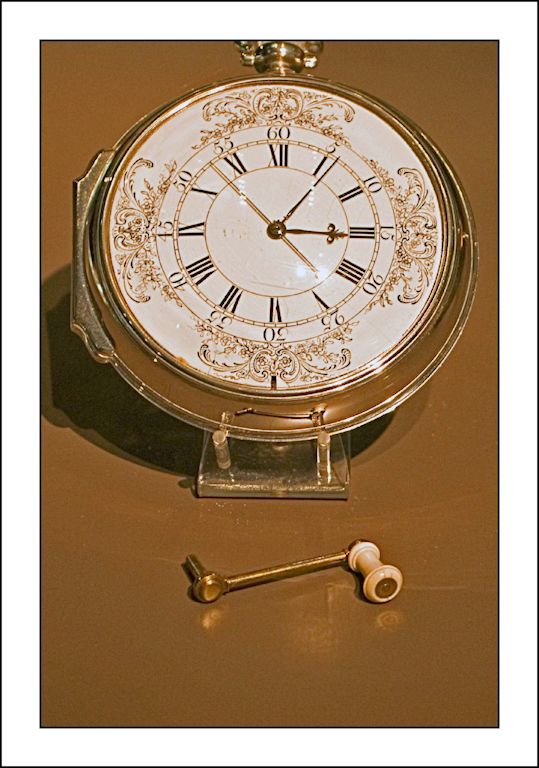
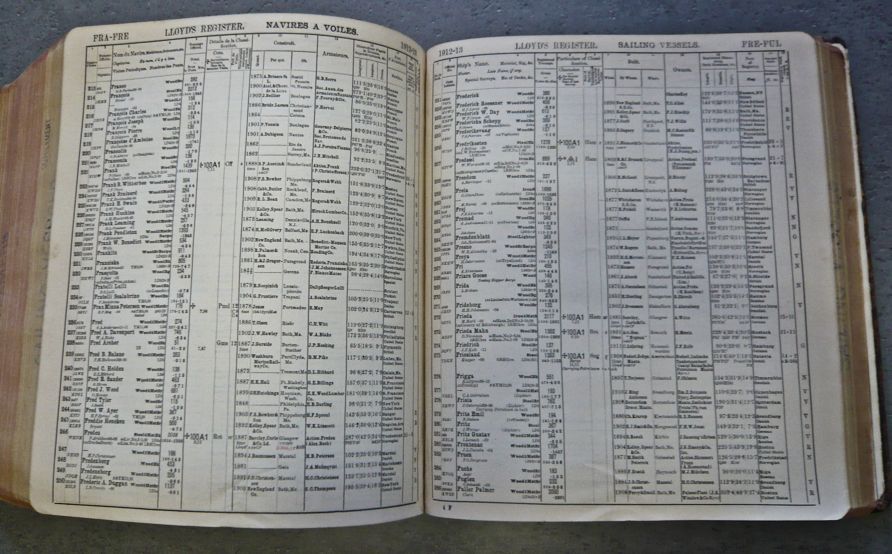
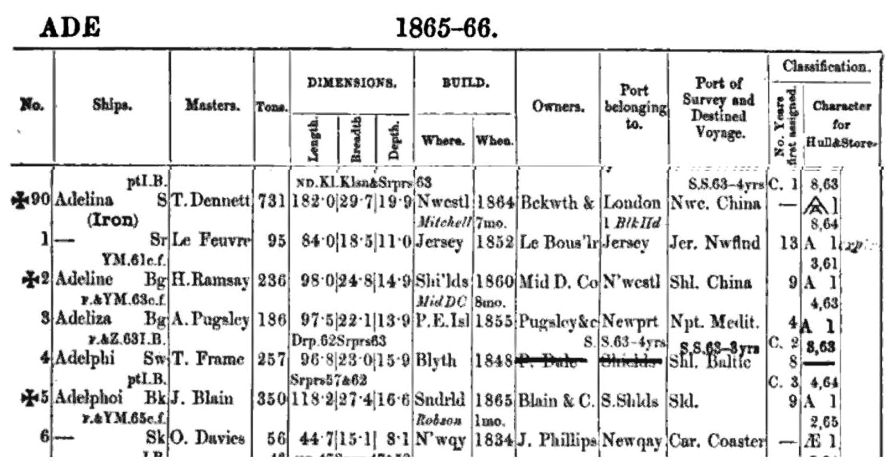
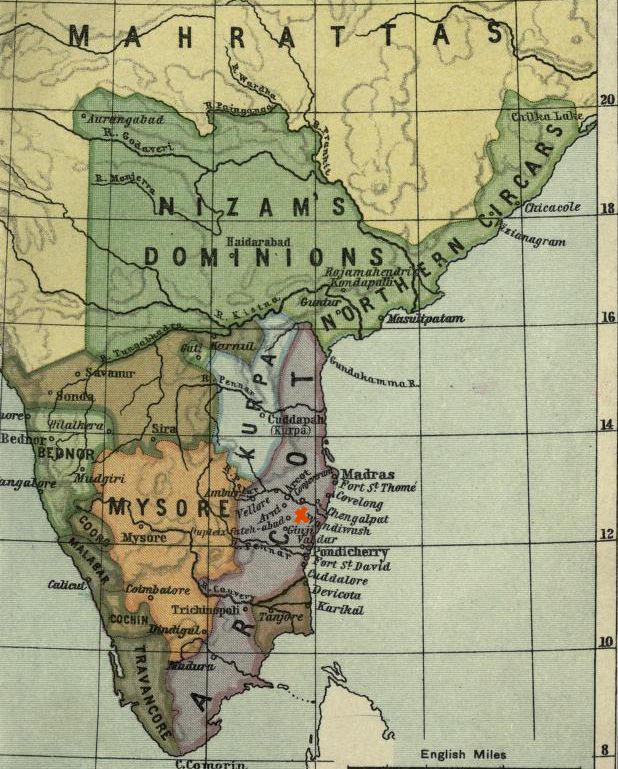
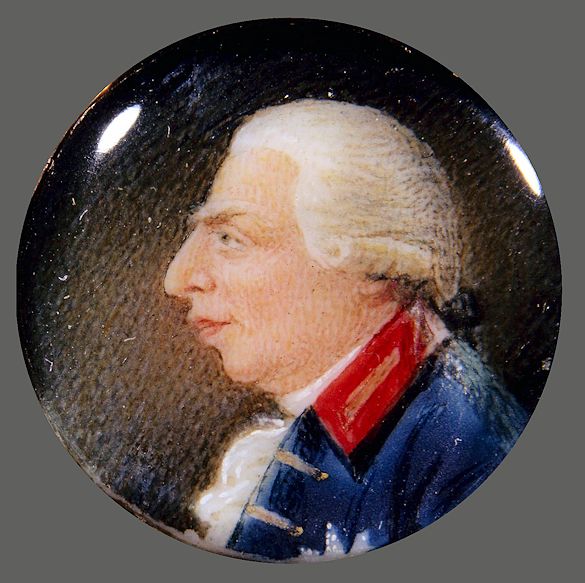
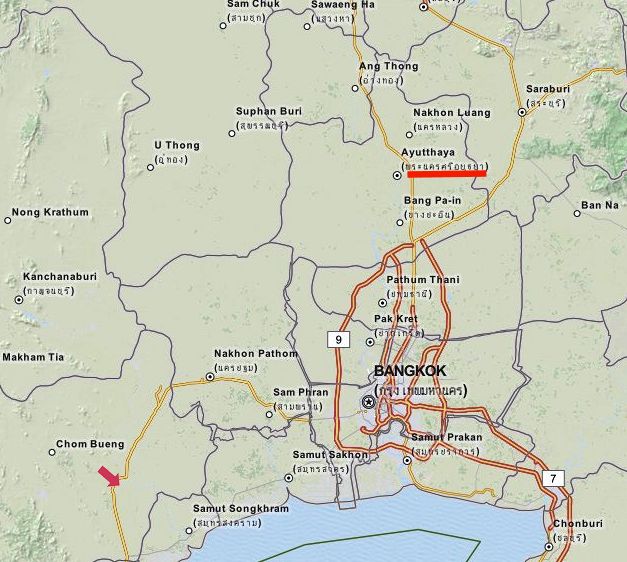
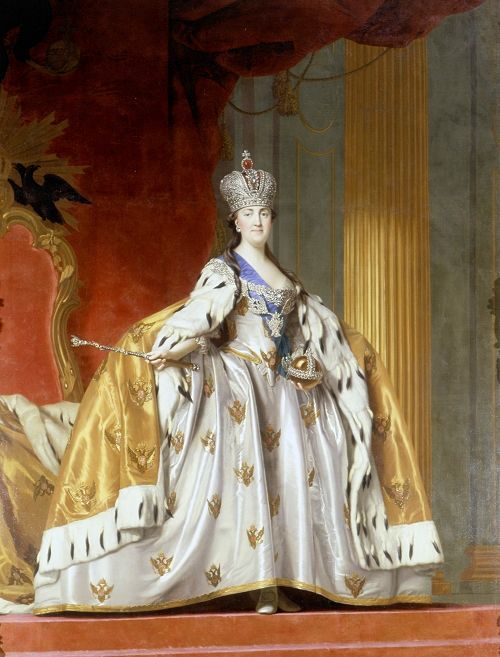
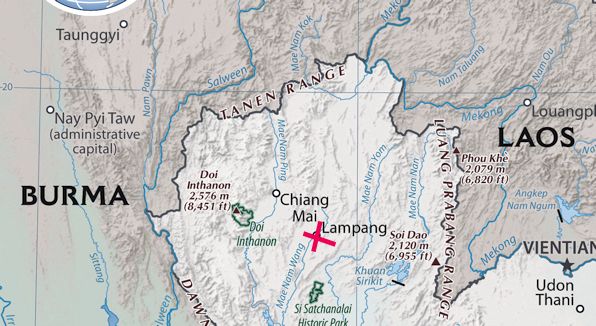
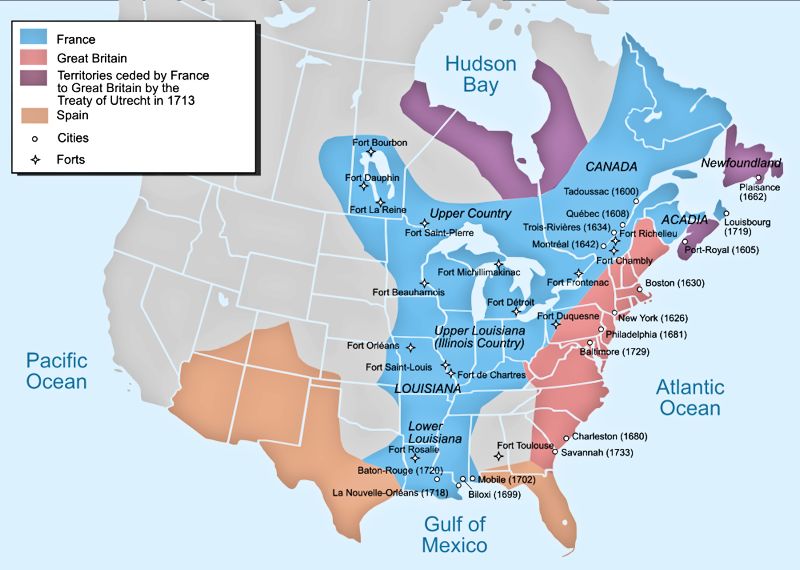
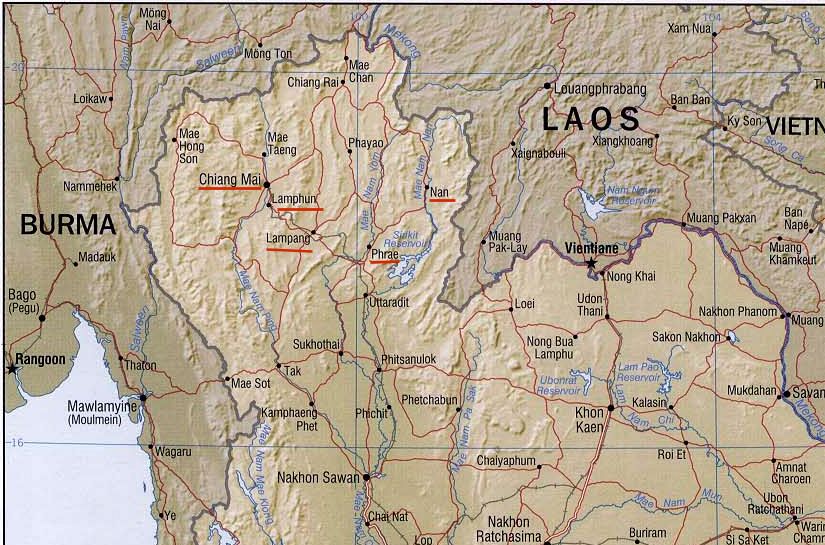
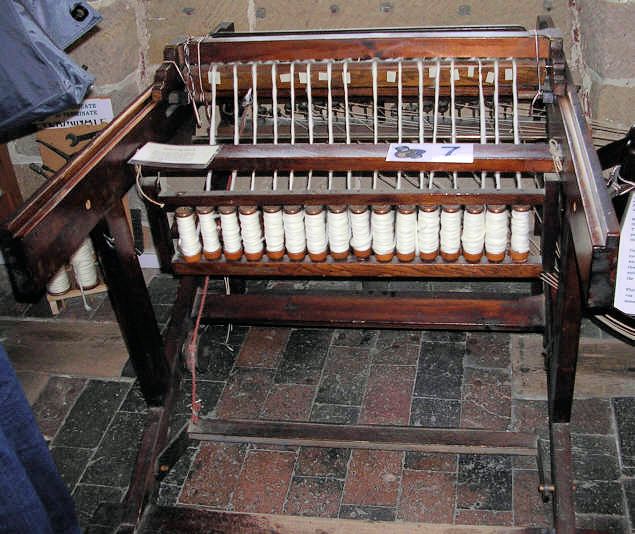
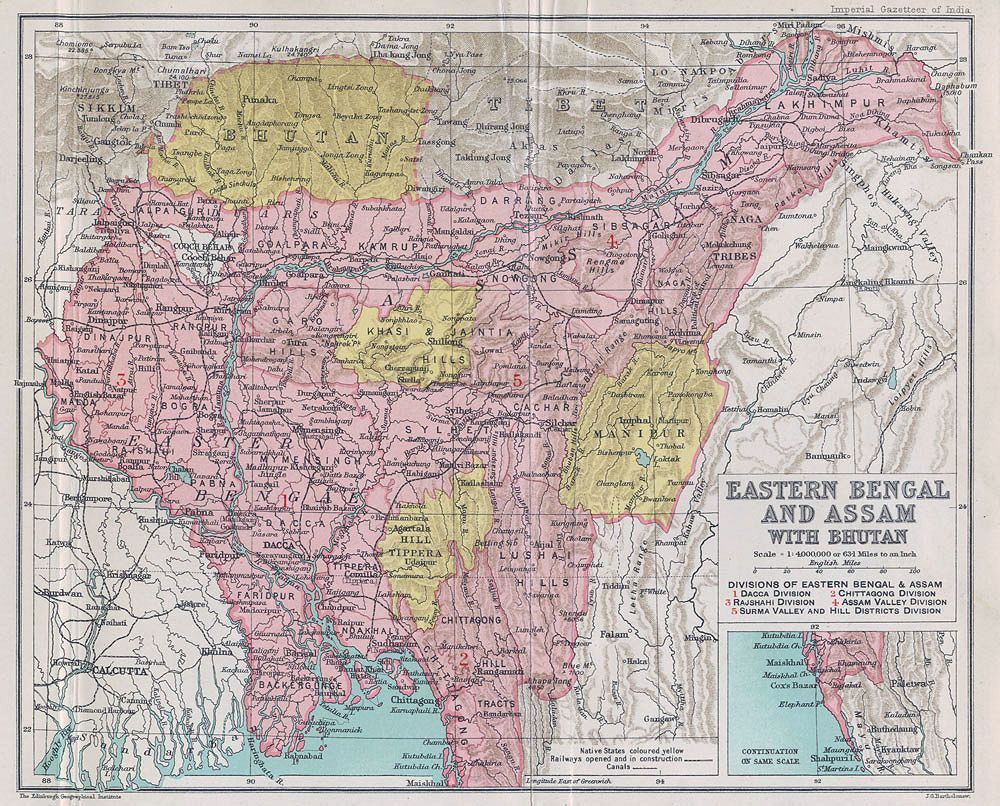
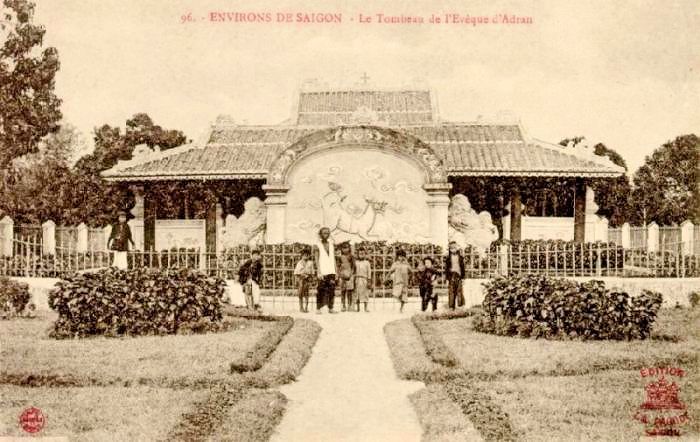
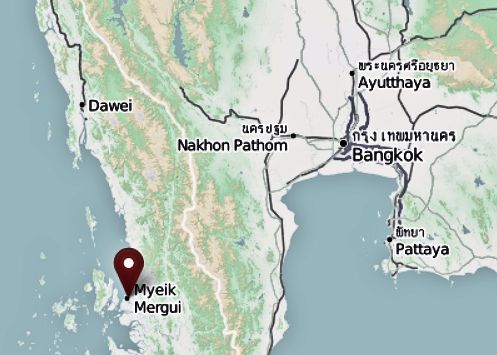
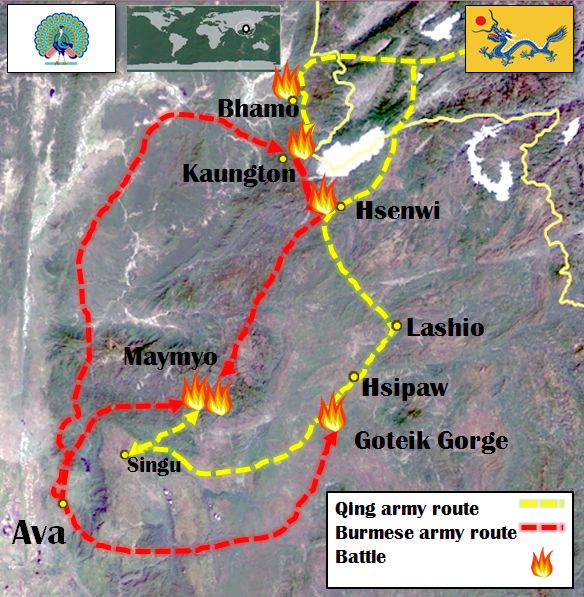
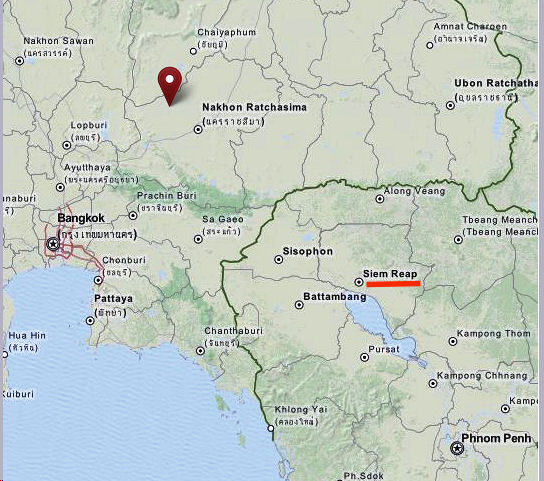
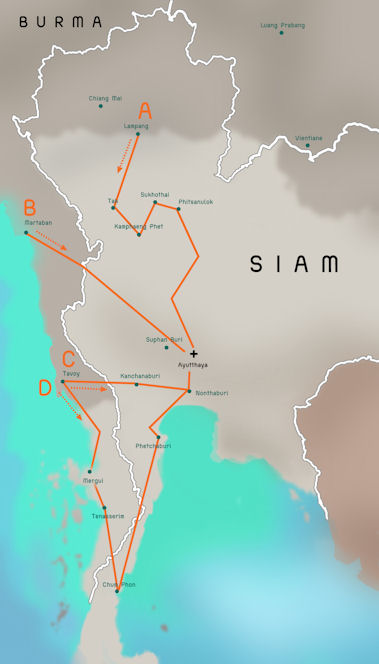
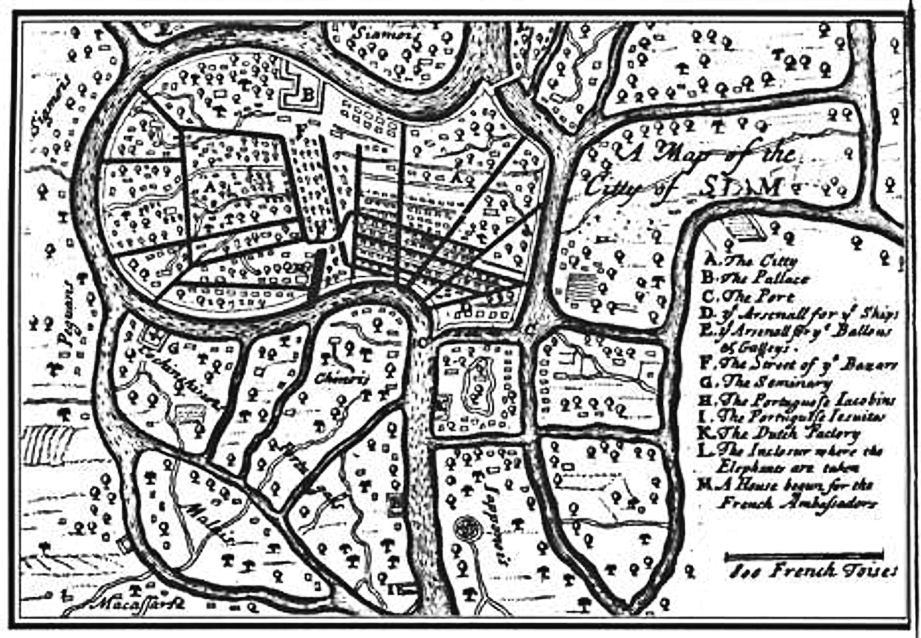
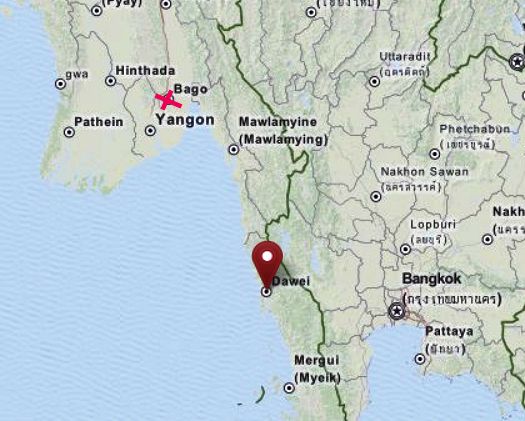
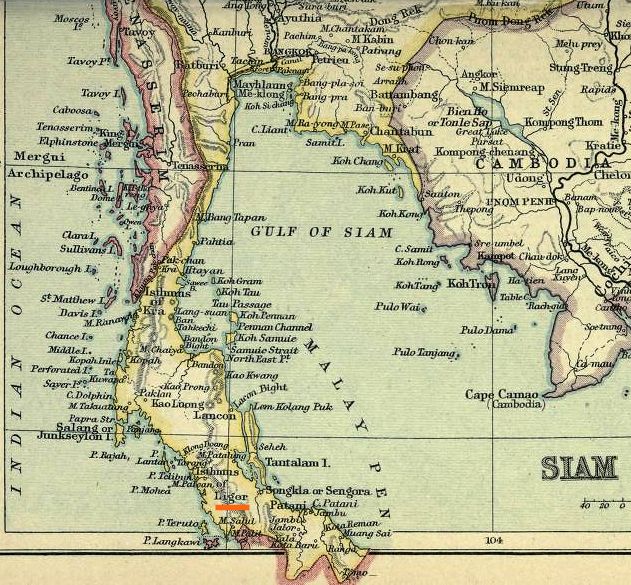
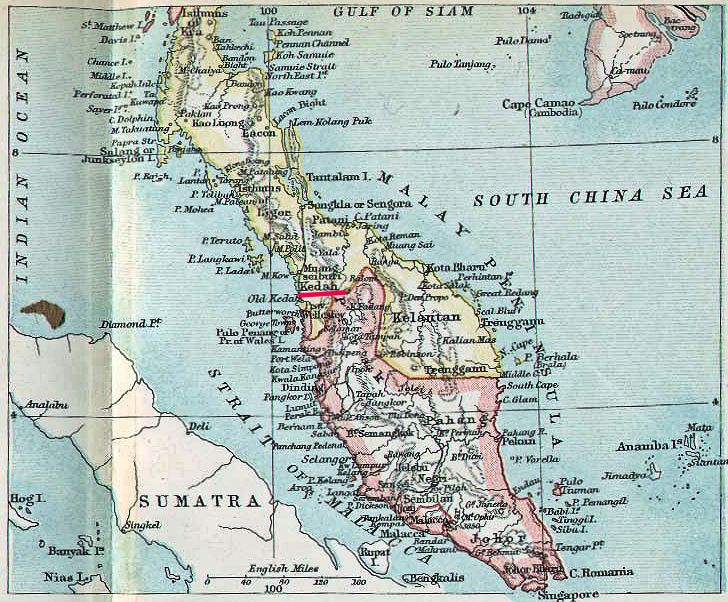
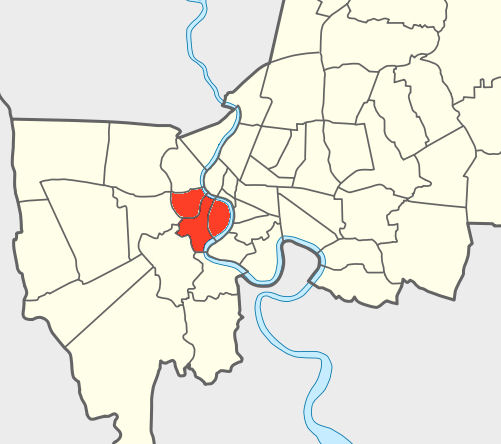
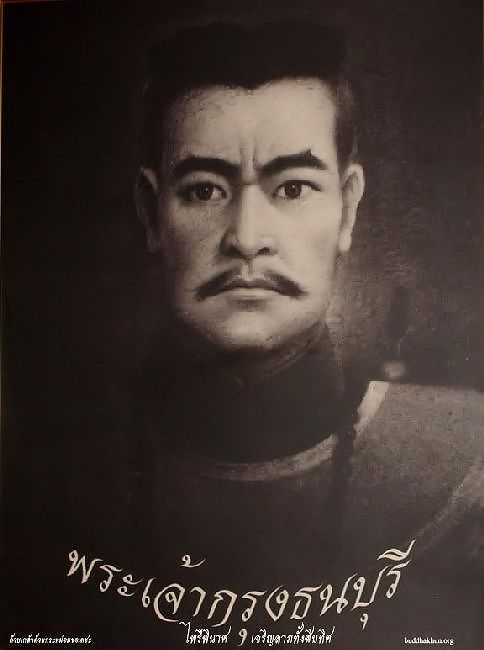
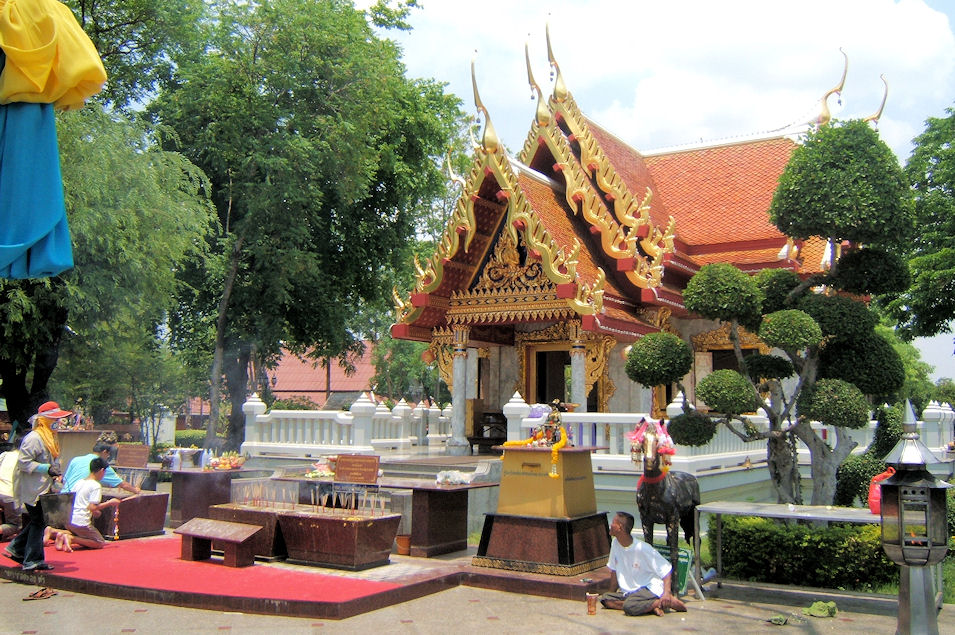
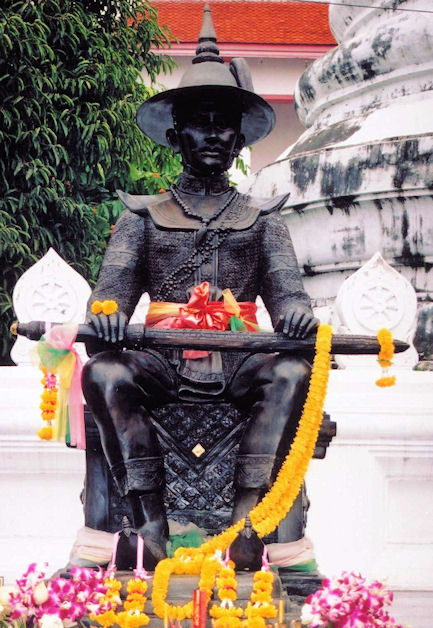
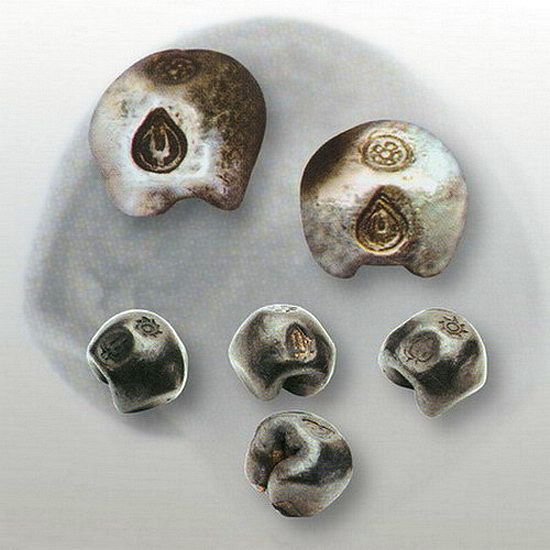
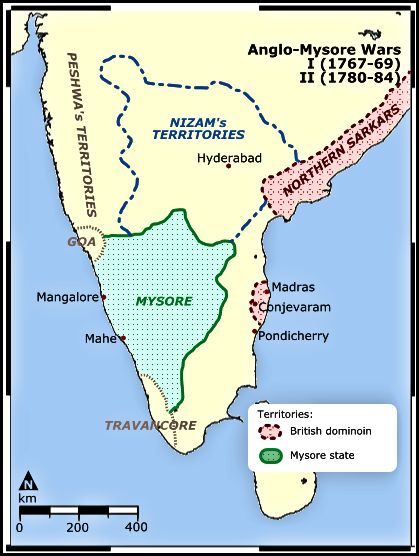
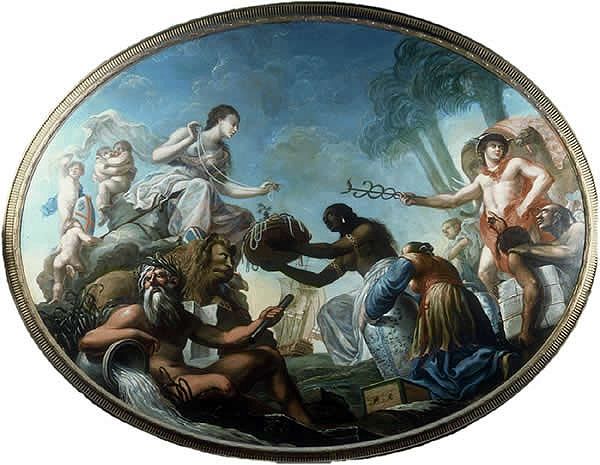
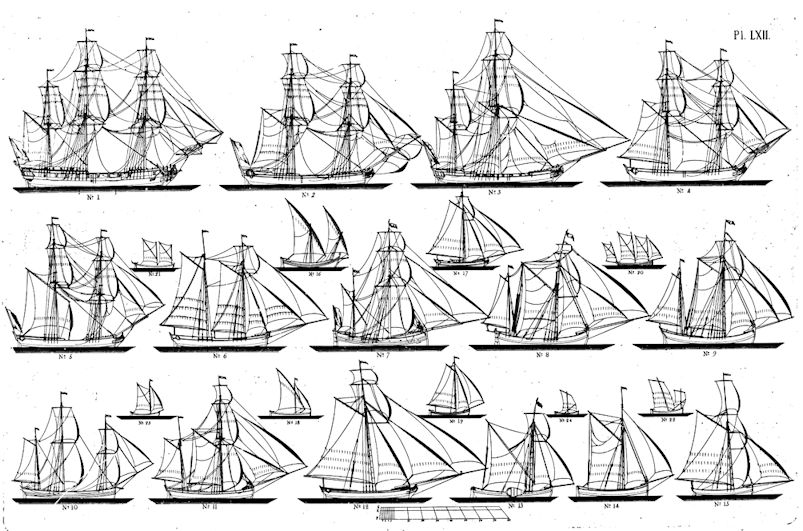
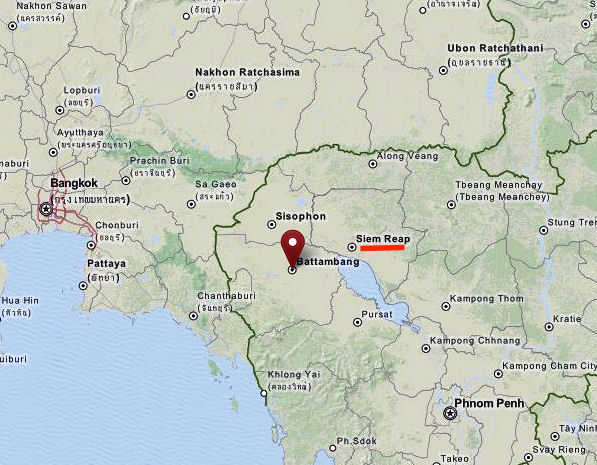
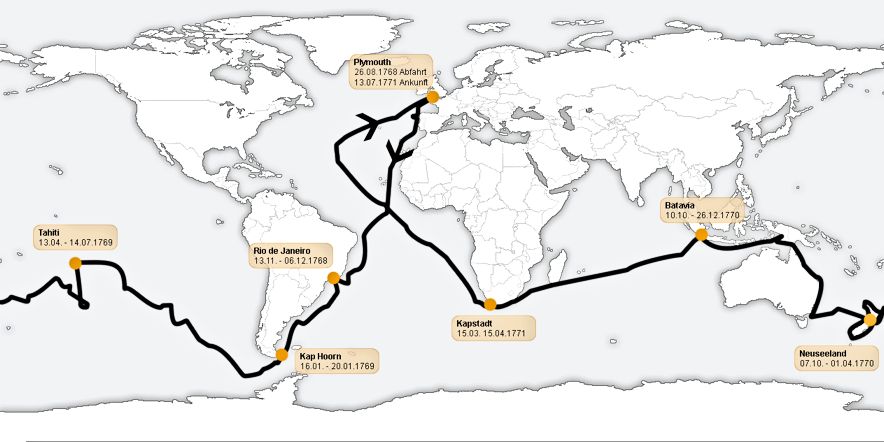
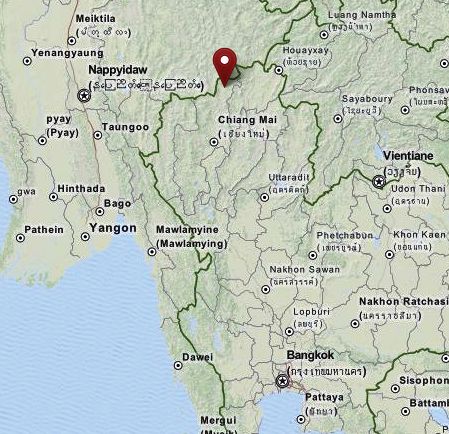
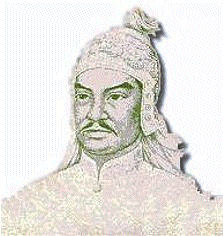
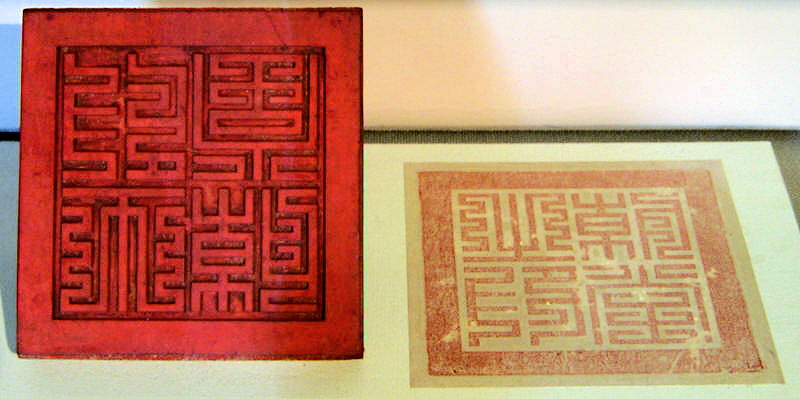
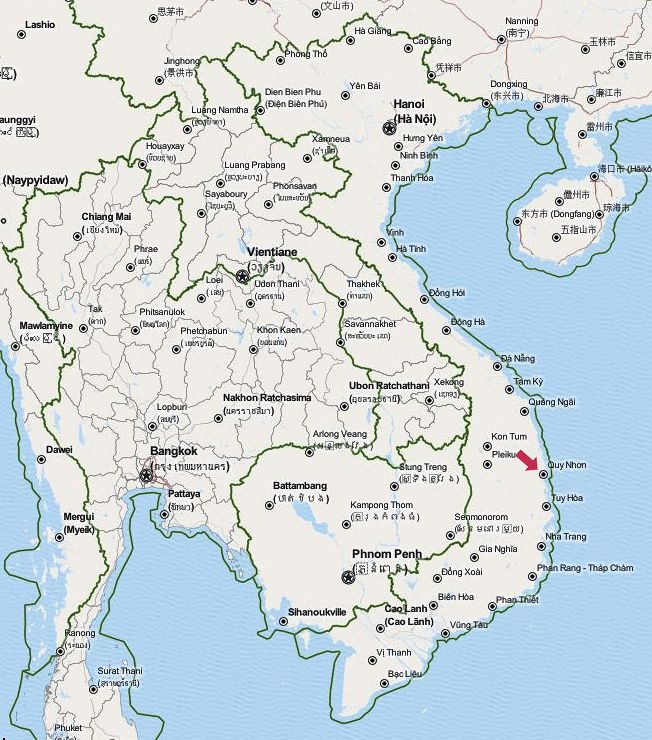
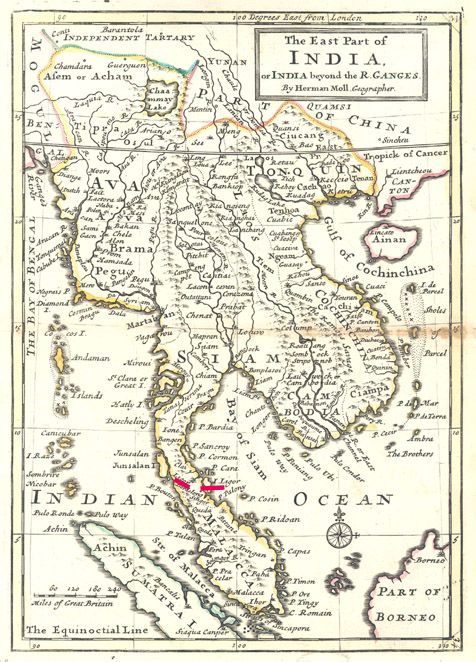
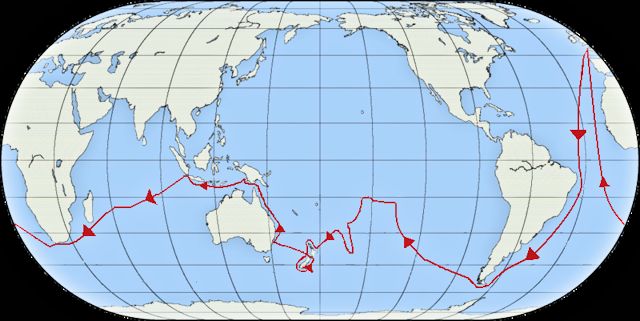
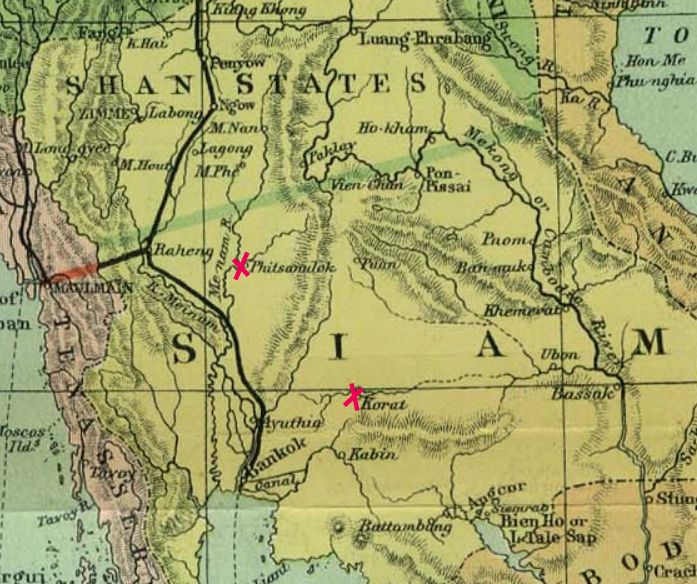

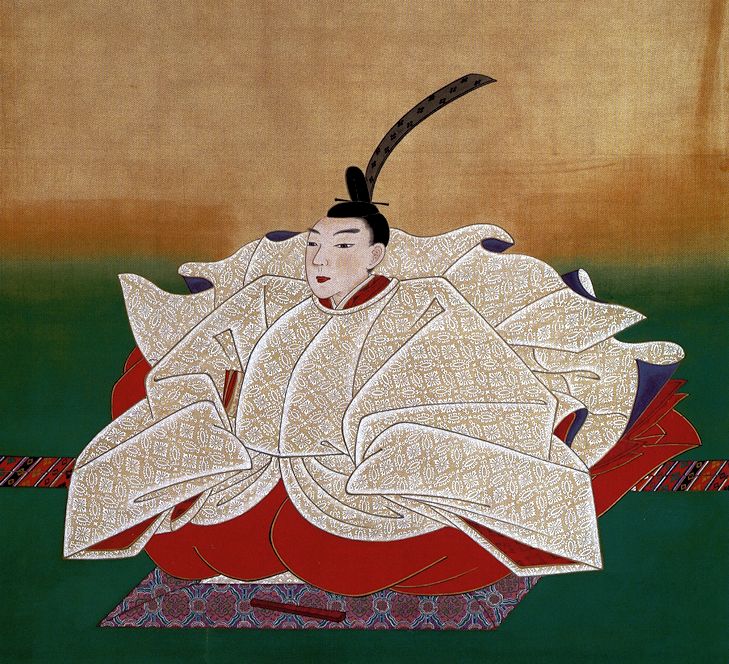
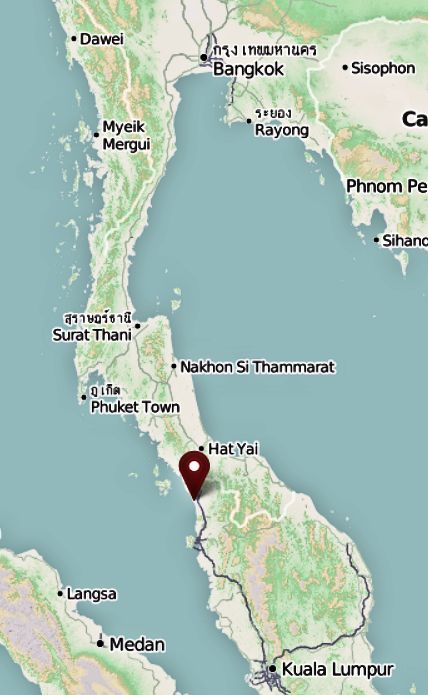
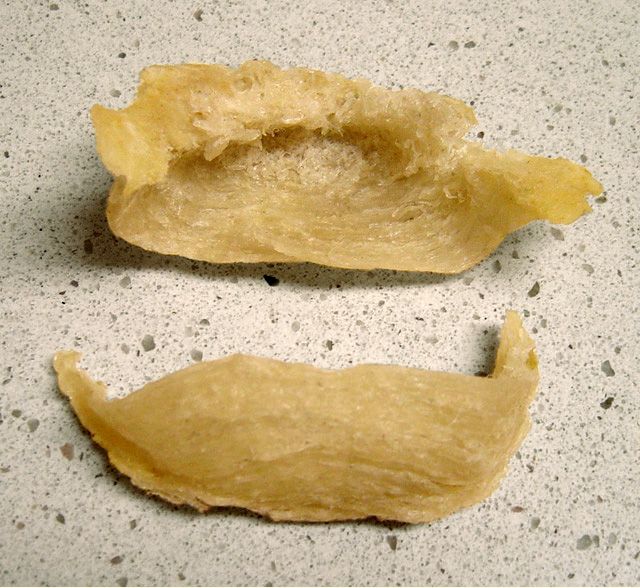
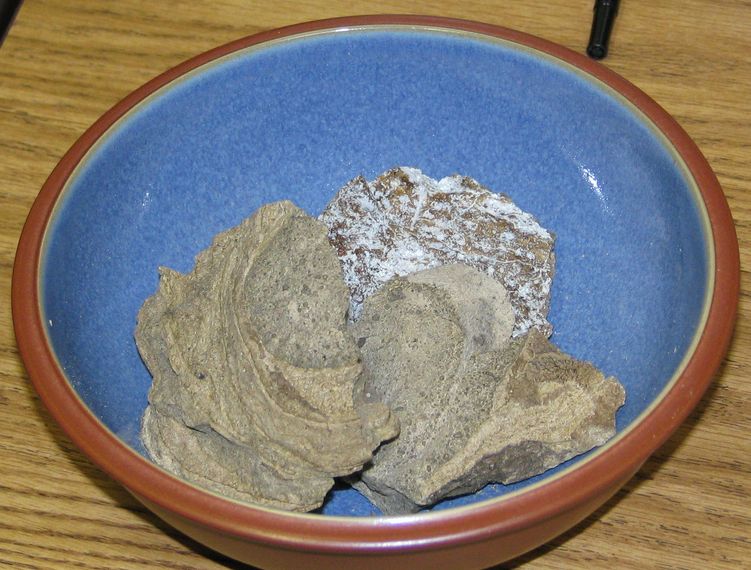
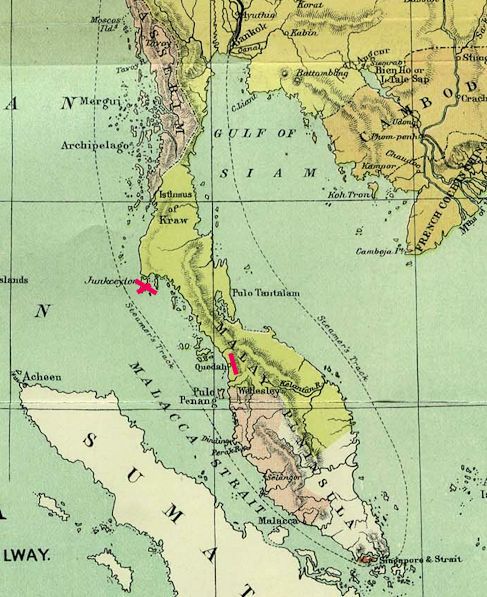
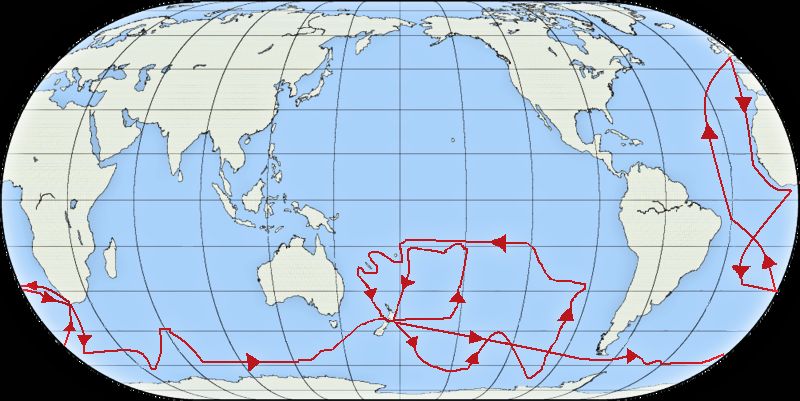
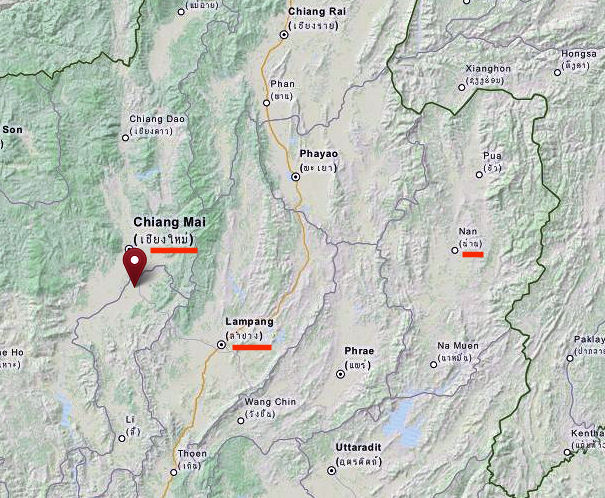
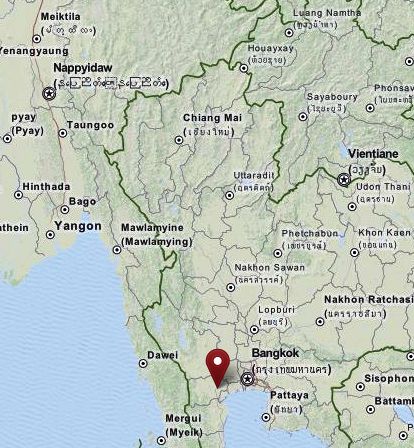
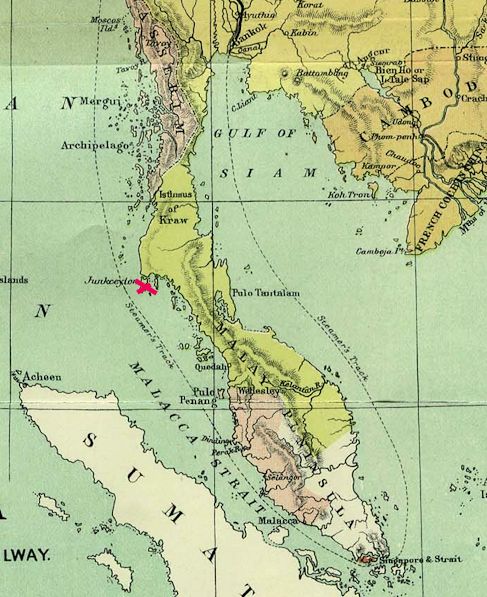
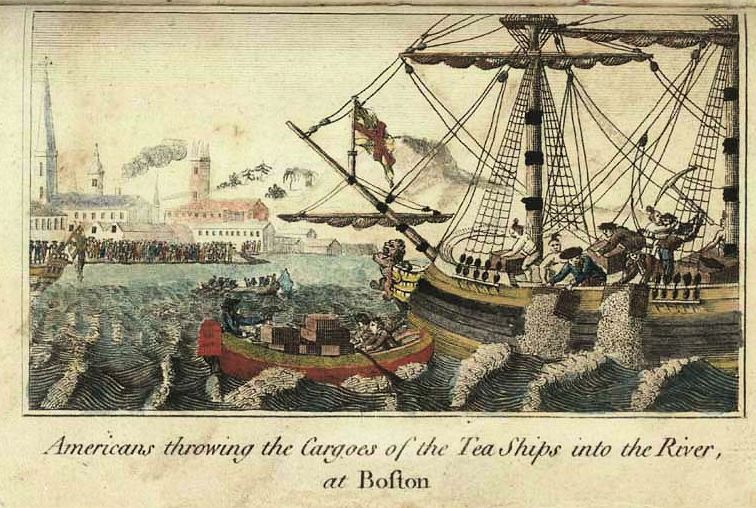
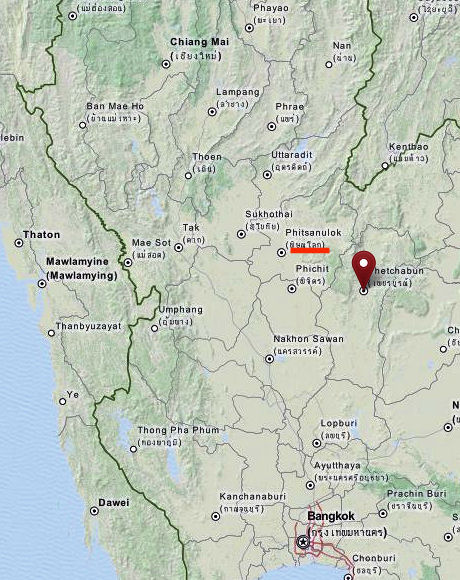
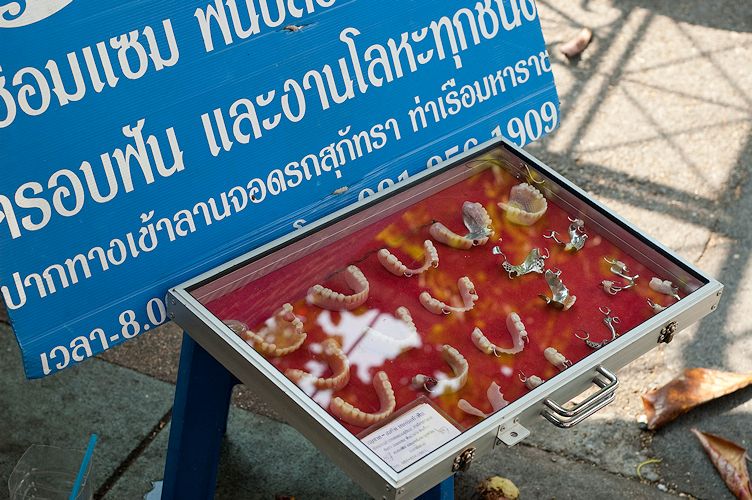
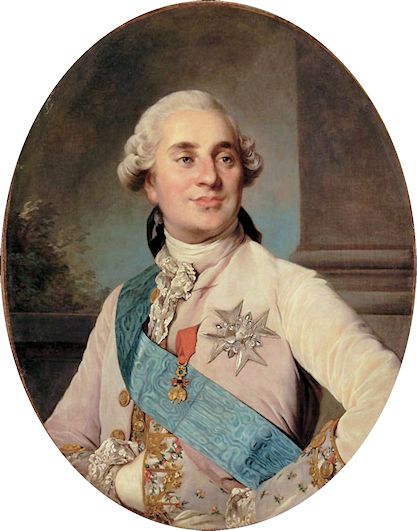
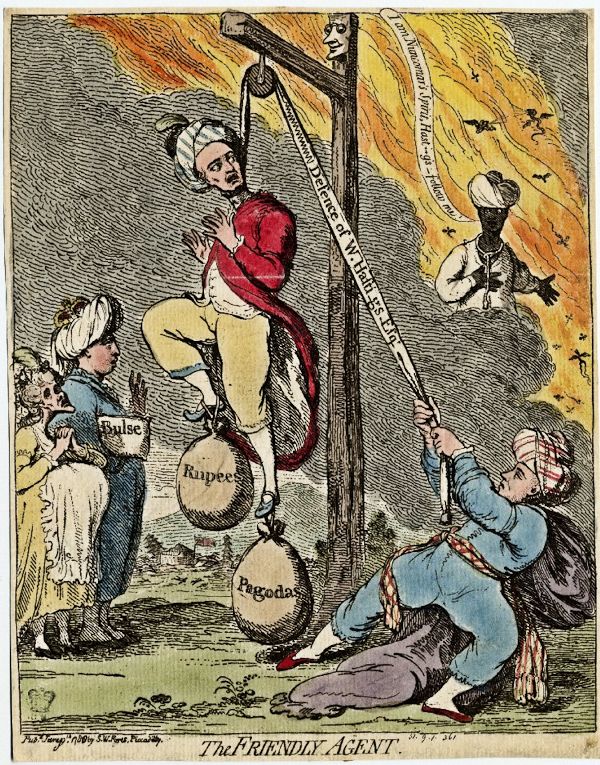
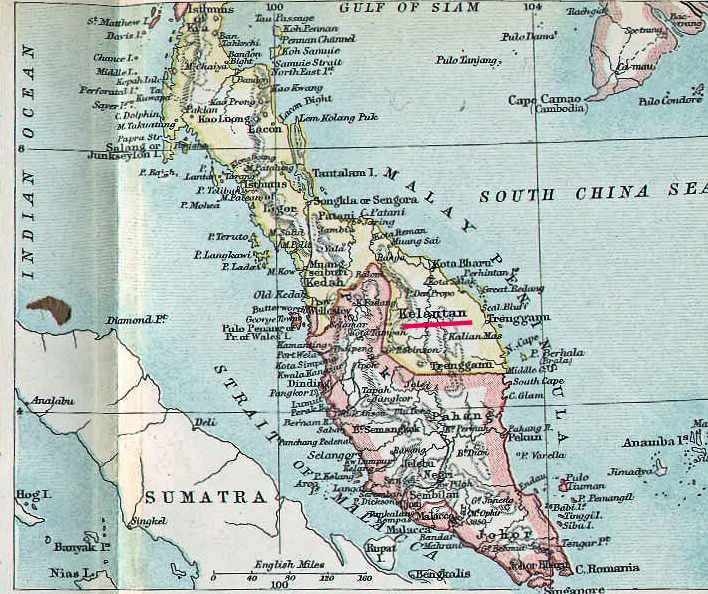
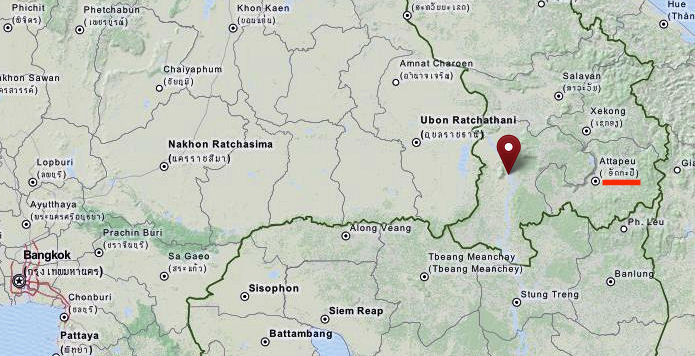
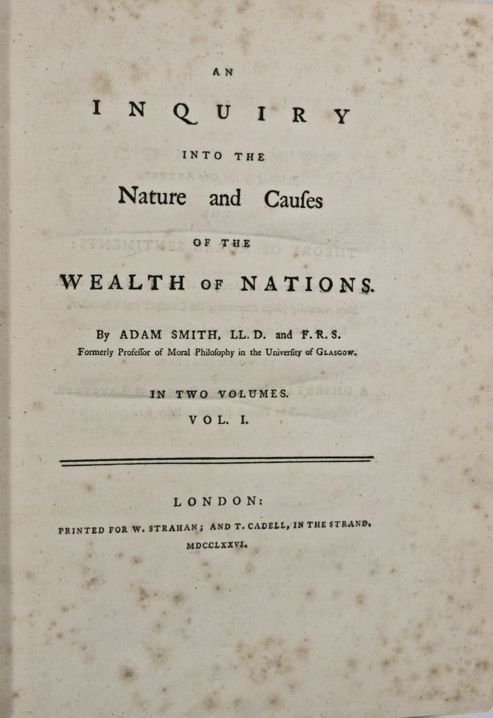


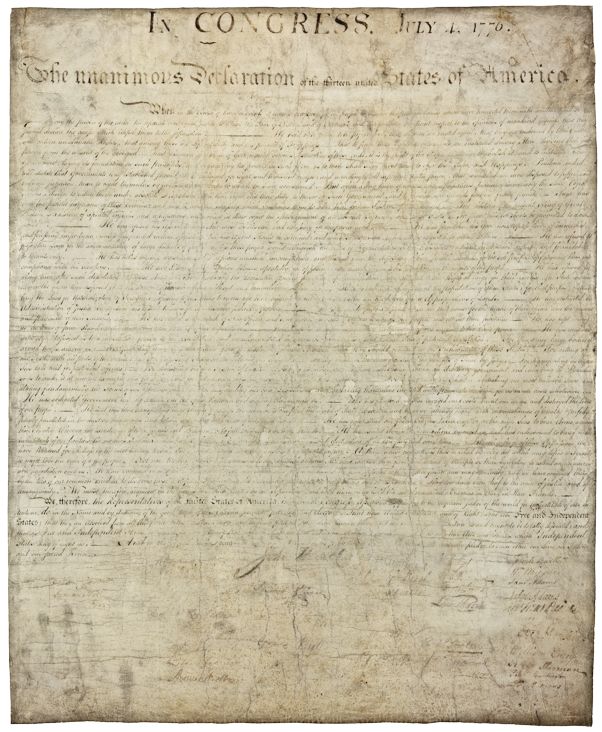
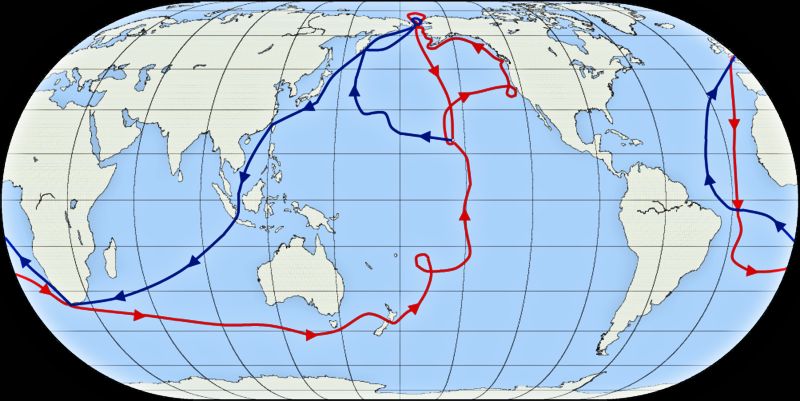
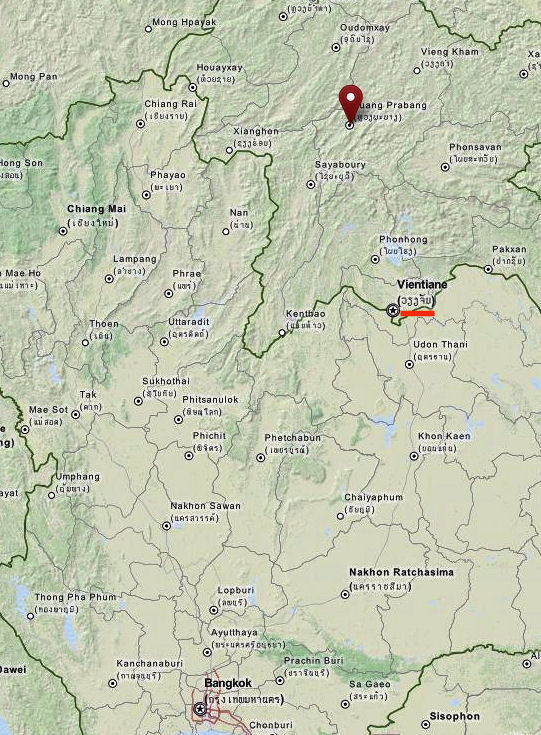
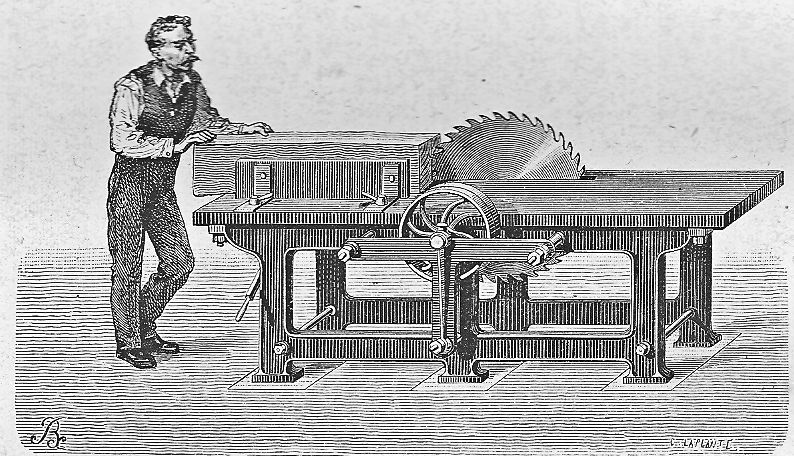
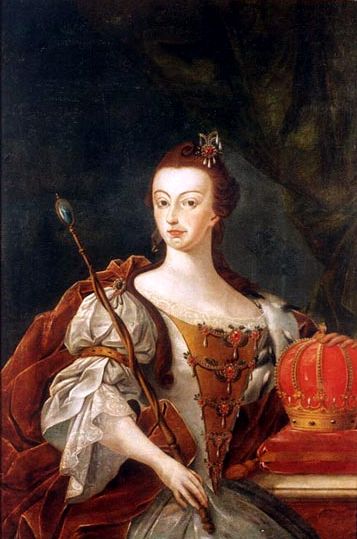

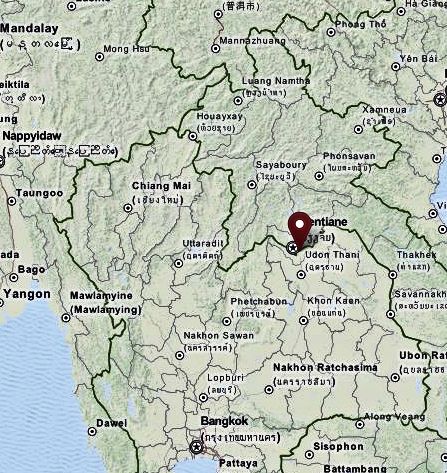
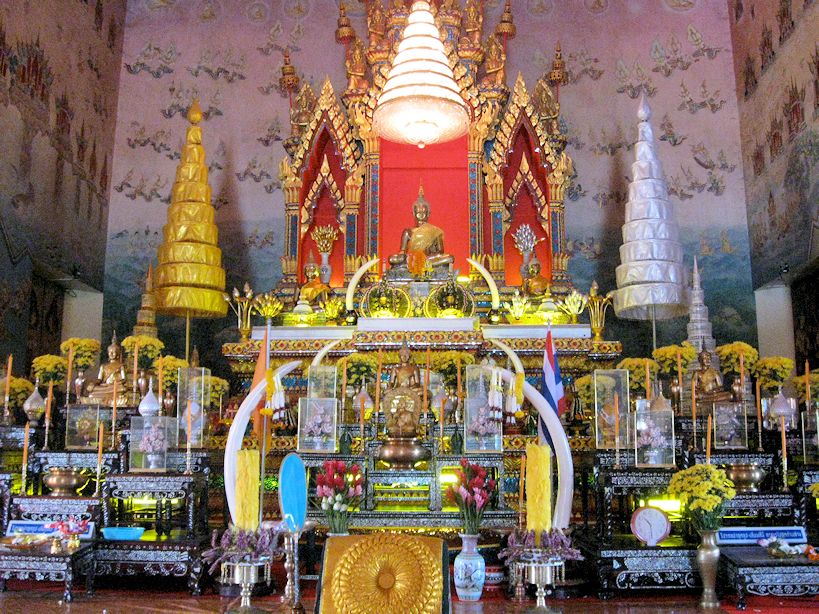
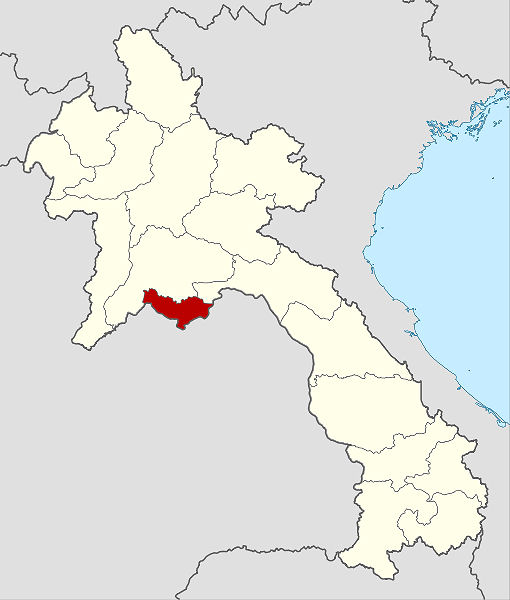
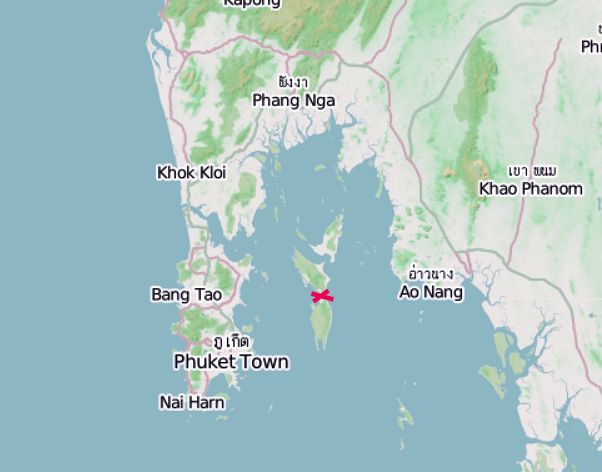

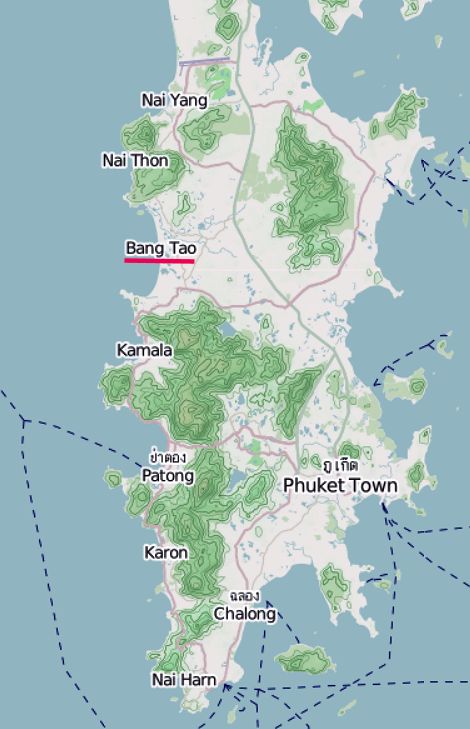
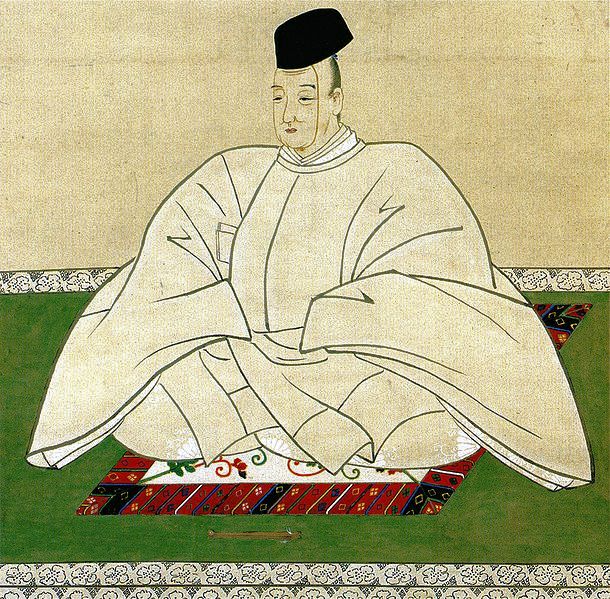
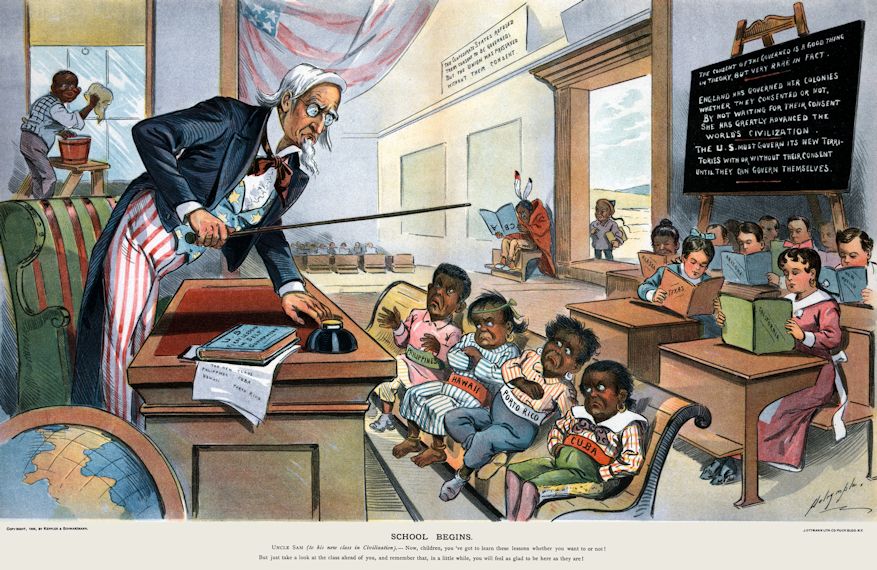

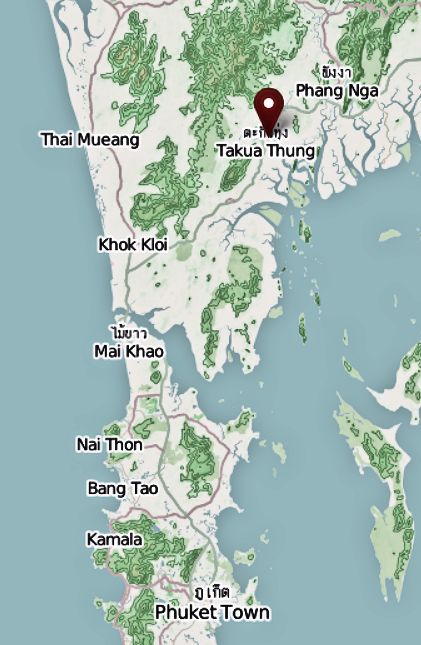
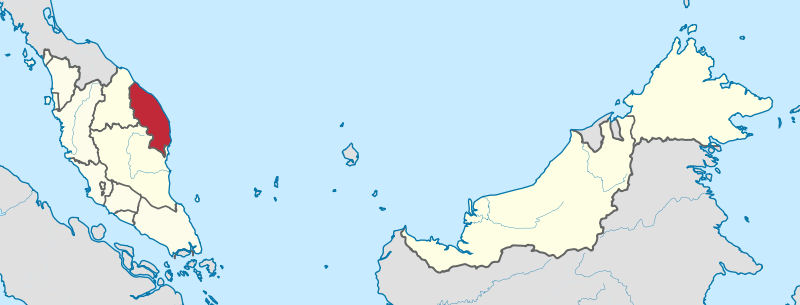
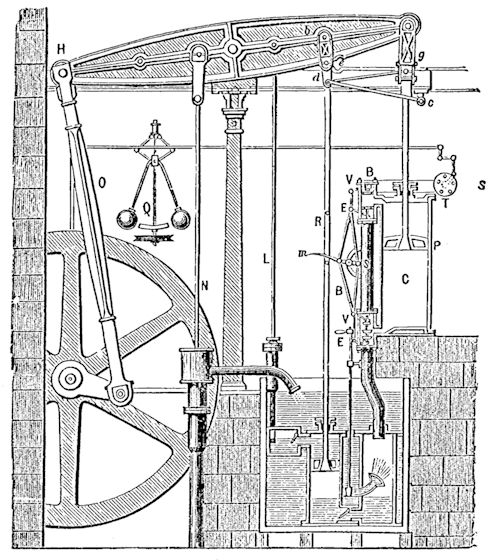






0 comments:
Post a Comment
သင့္ Comment တစ္ခုသည္ ကုသိုလ္ေတာ္ အသိ ပိုရွိသြားႏိုင္ပါသည္